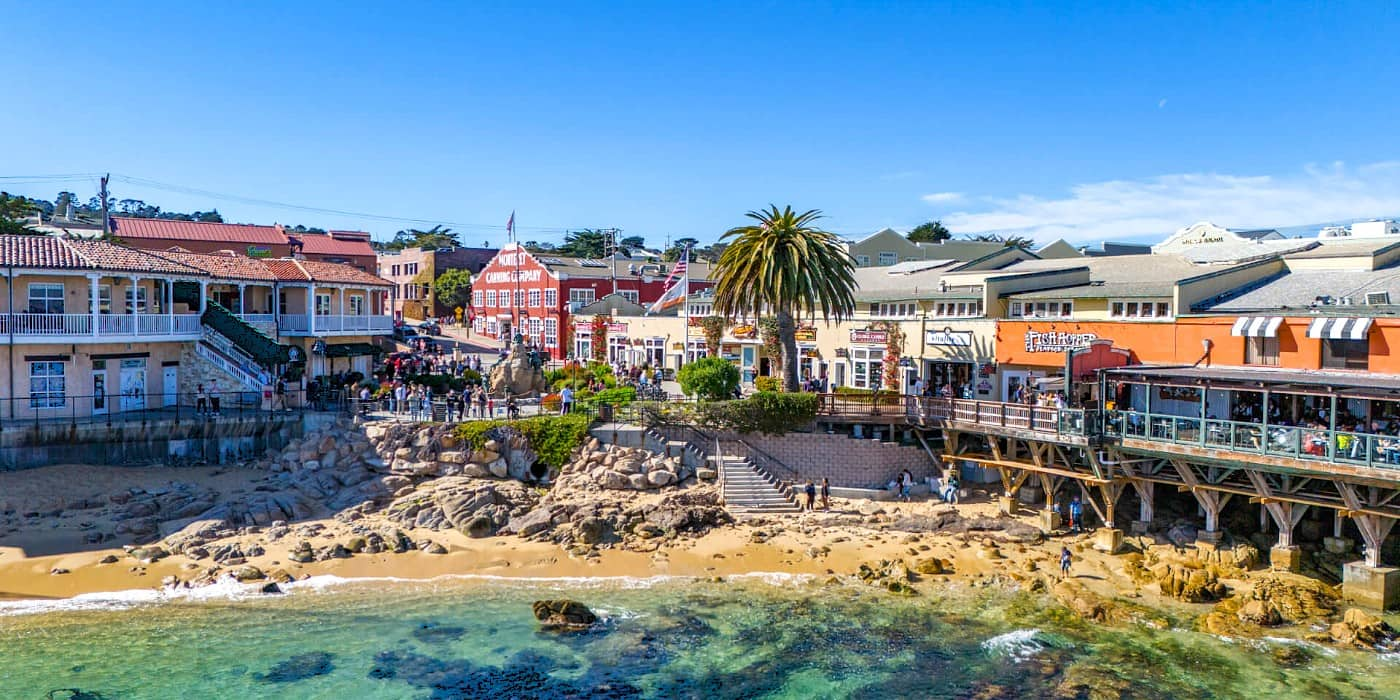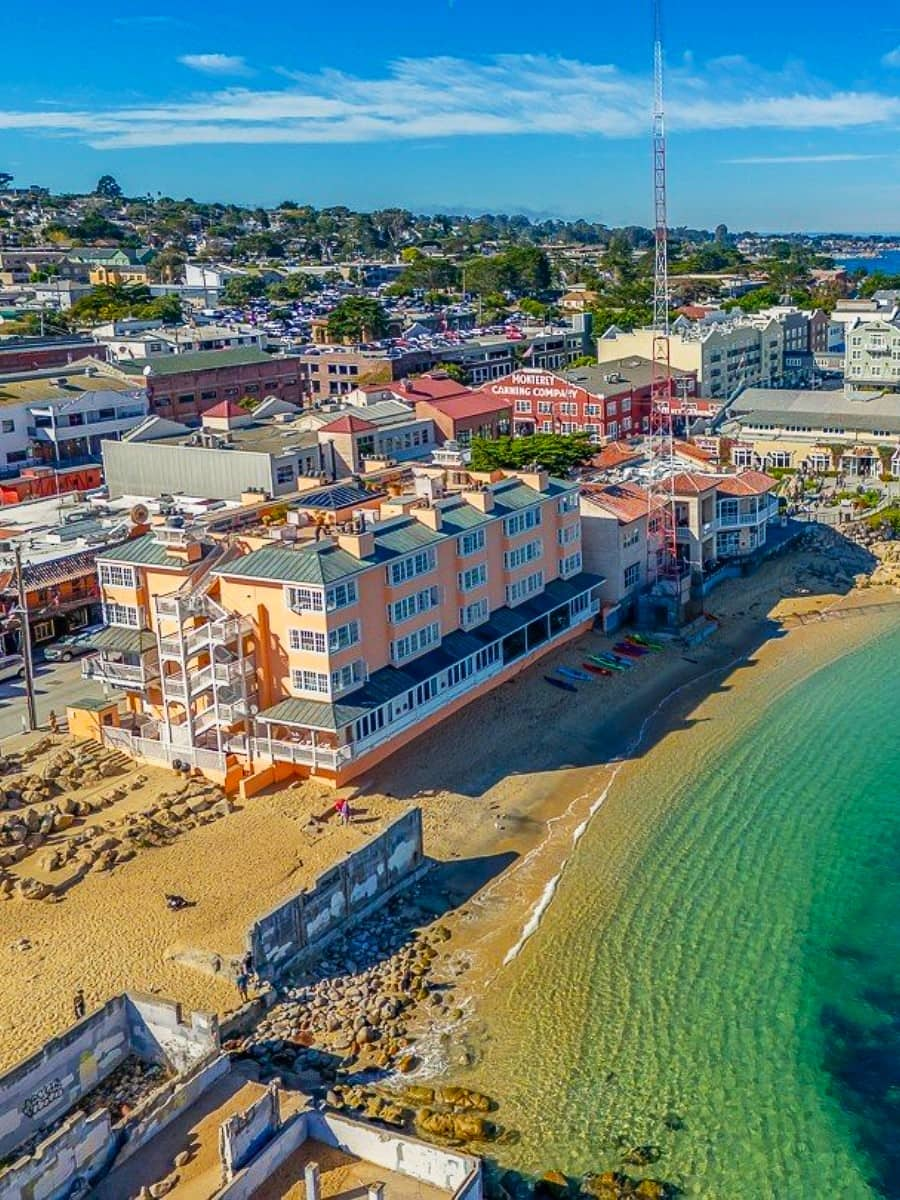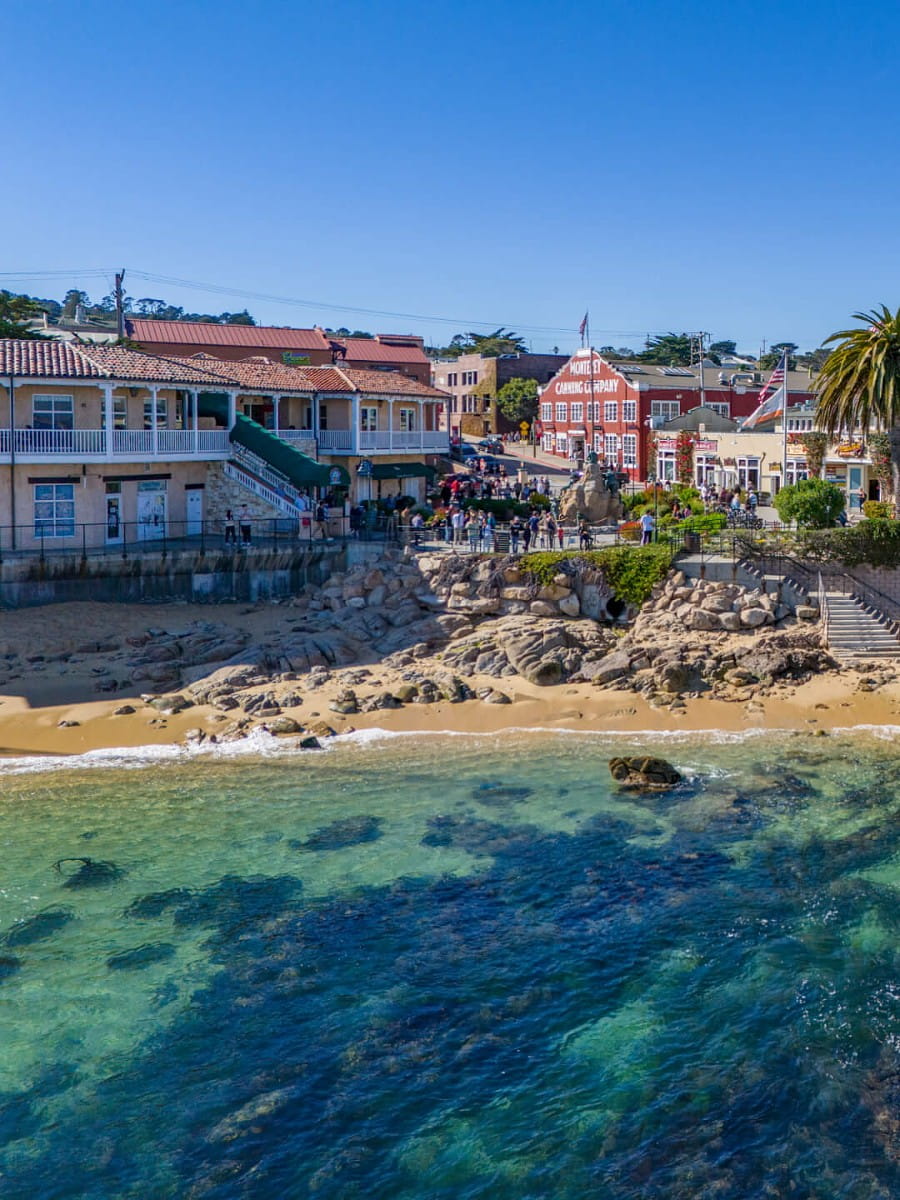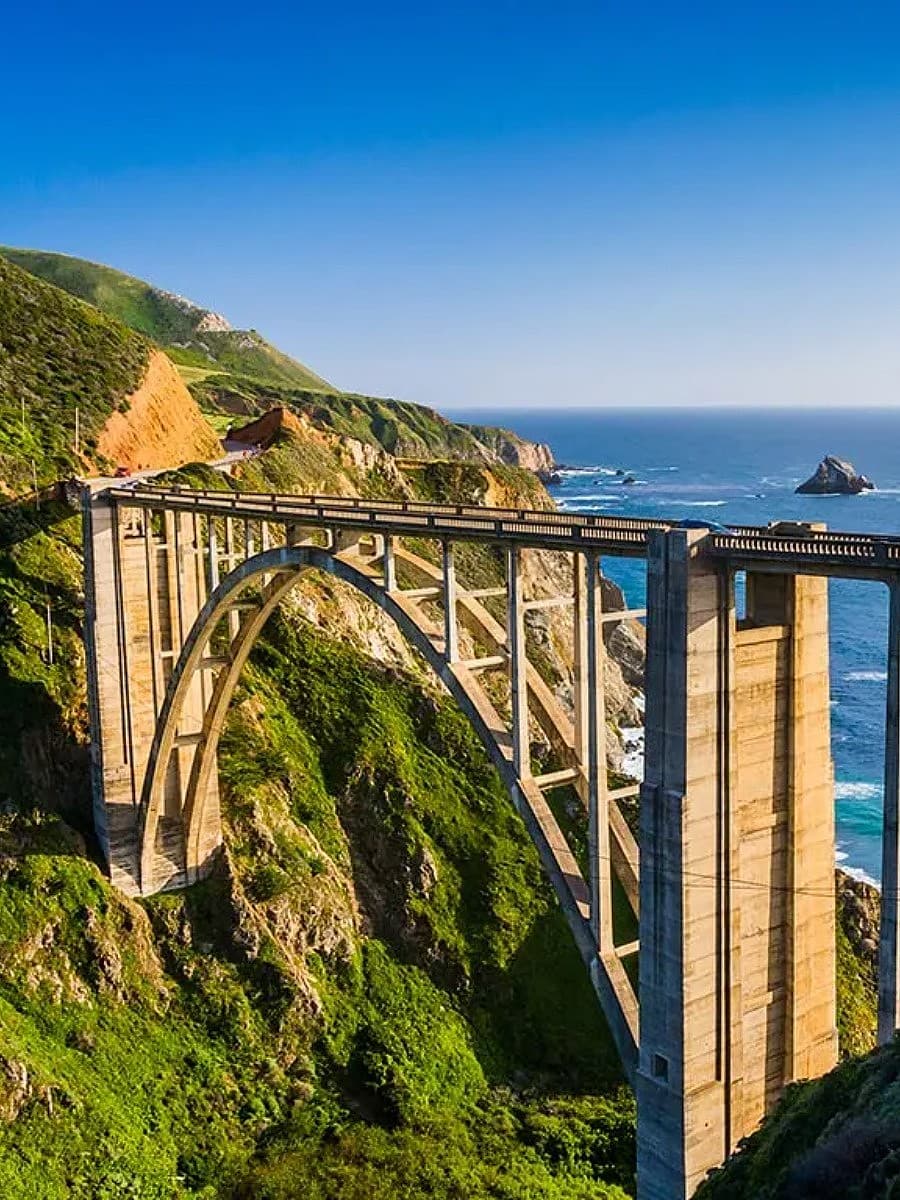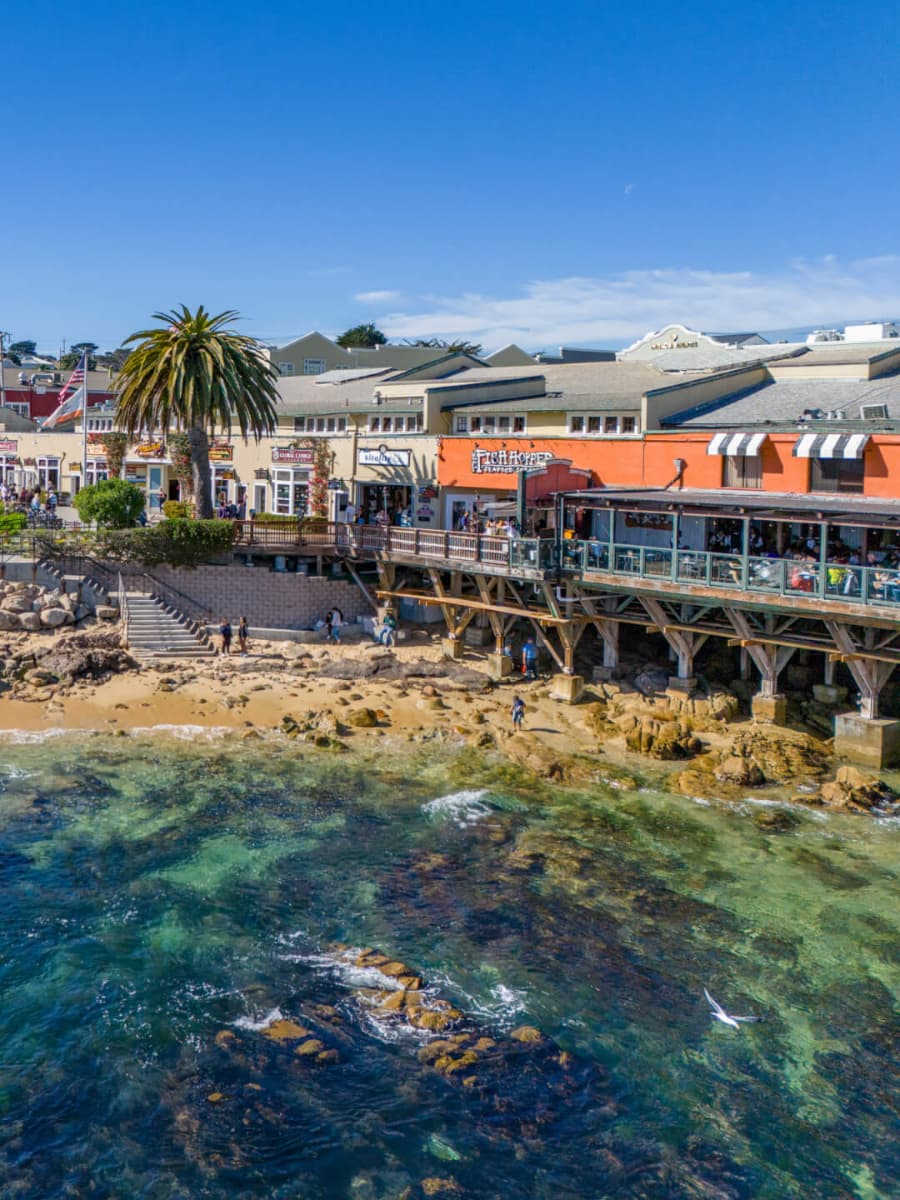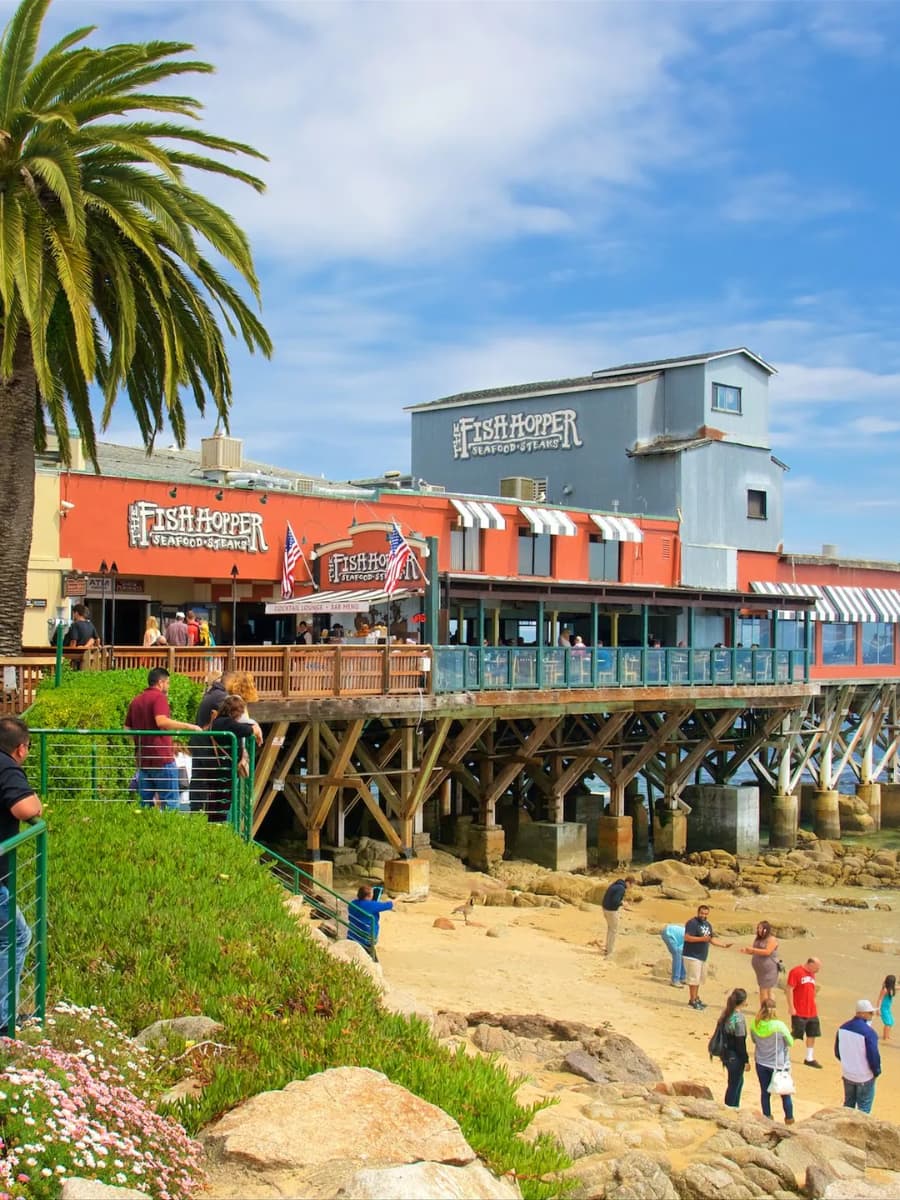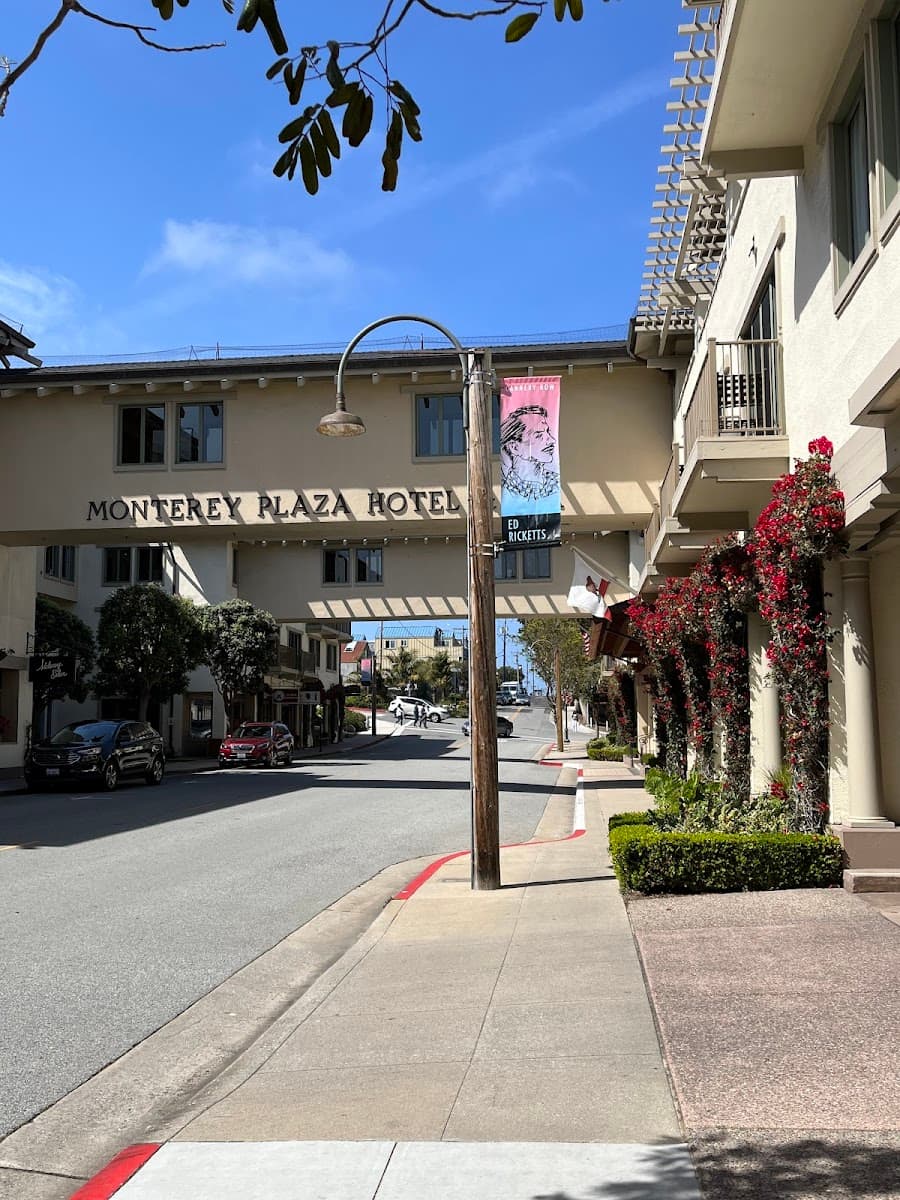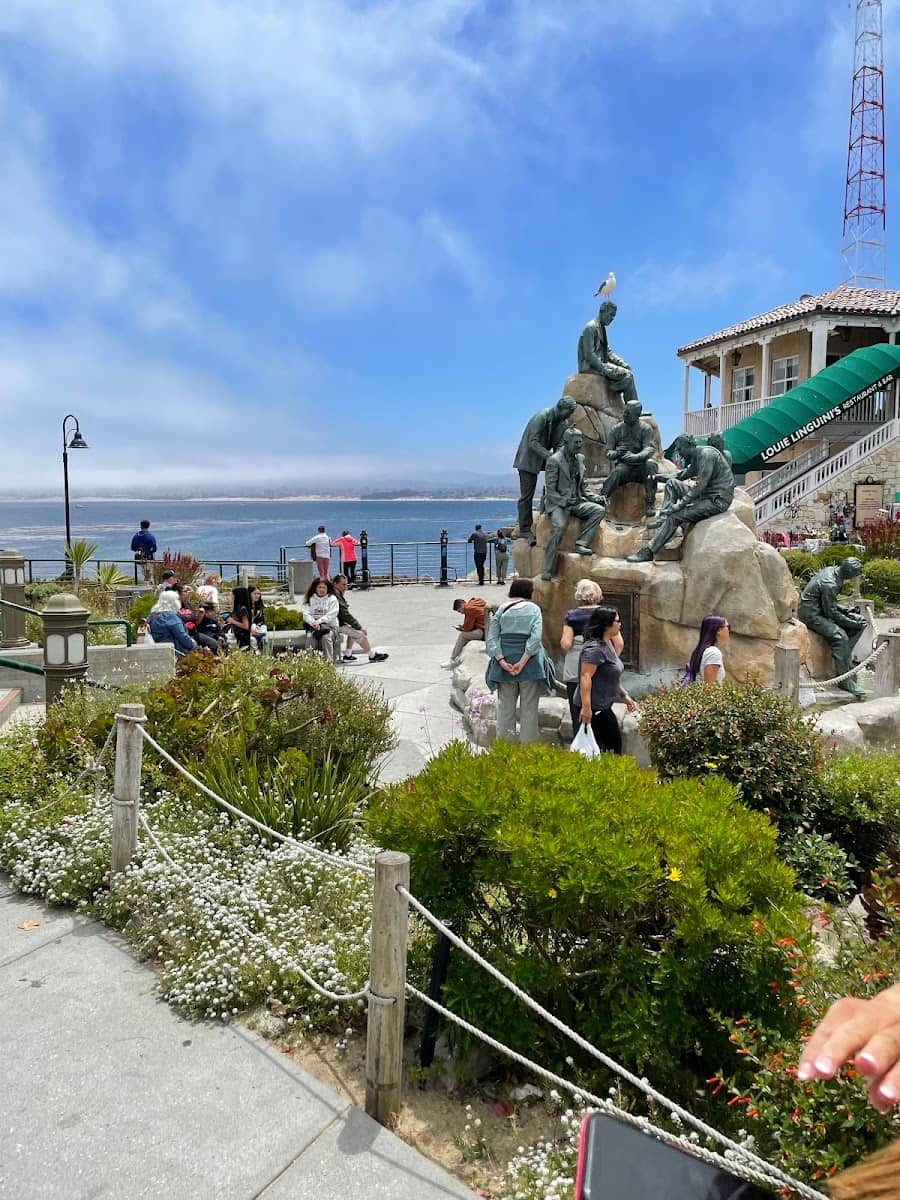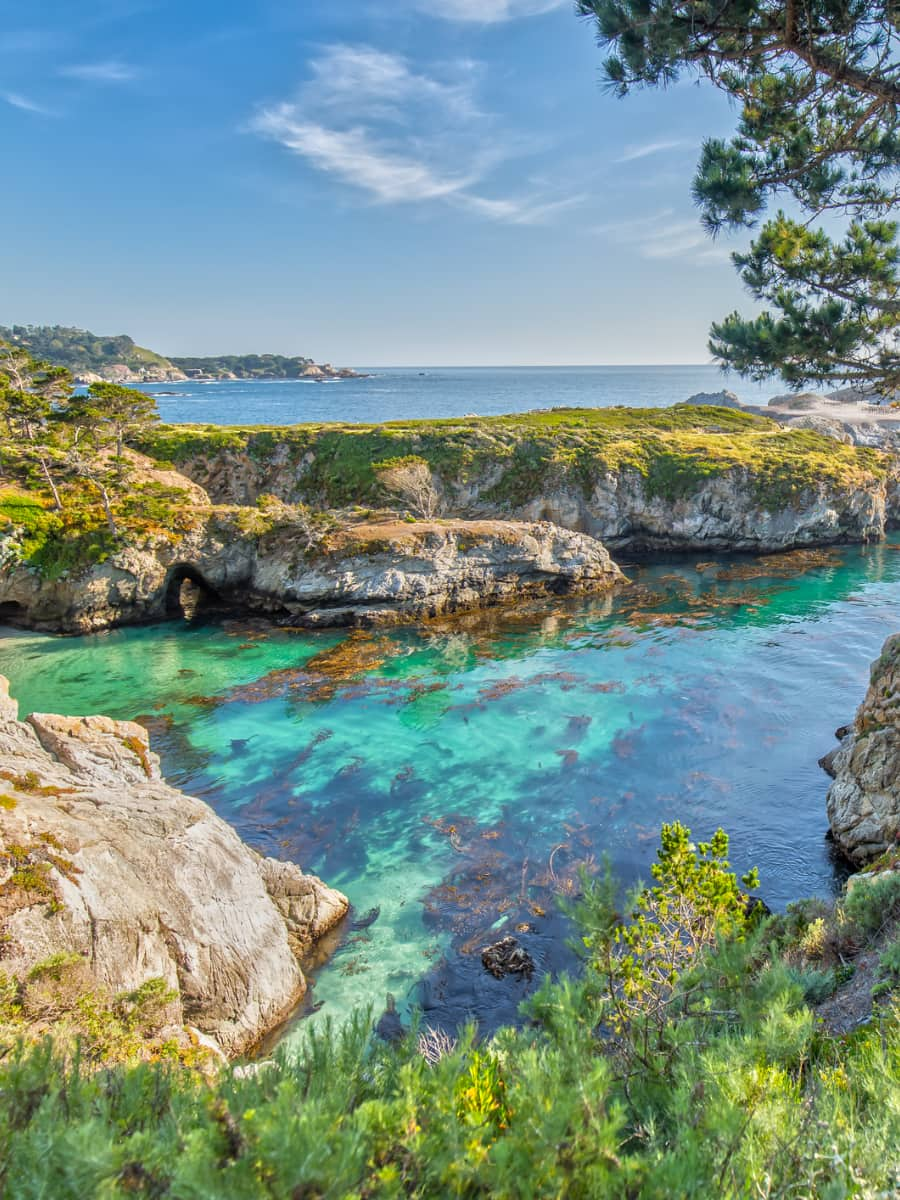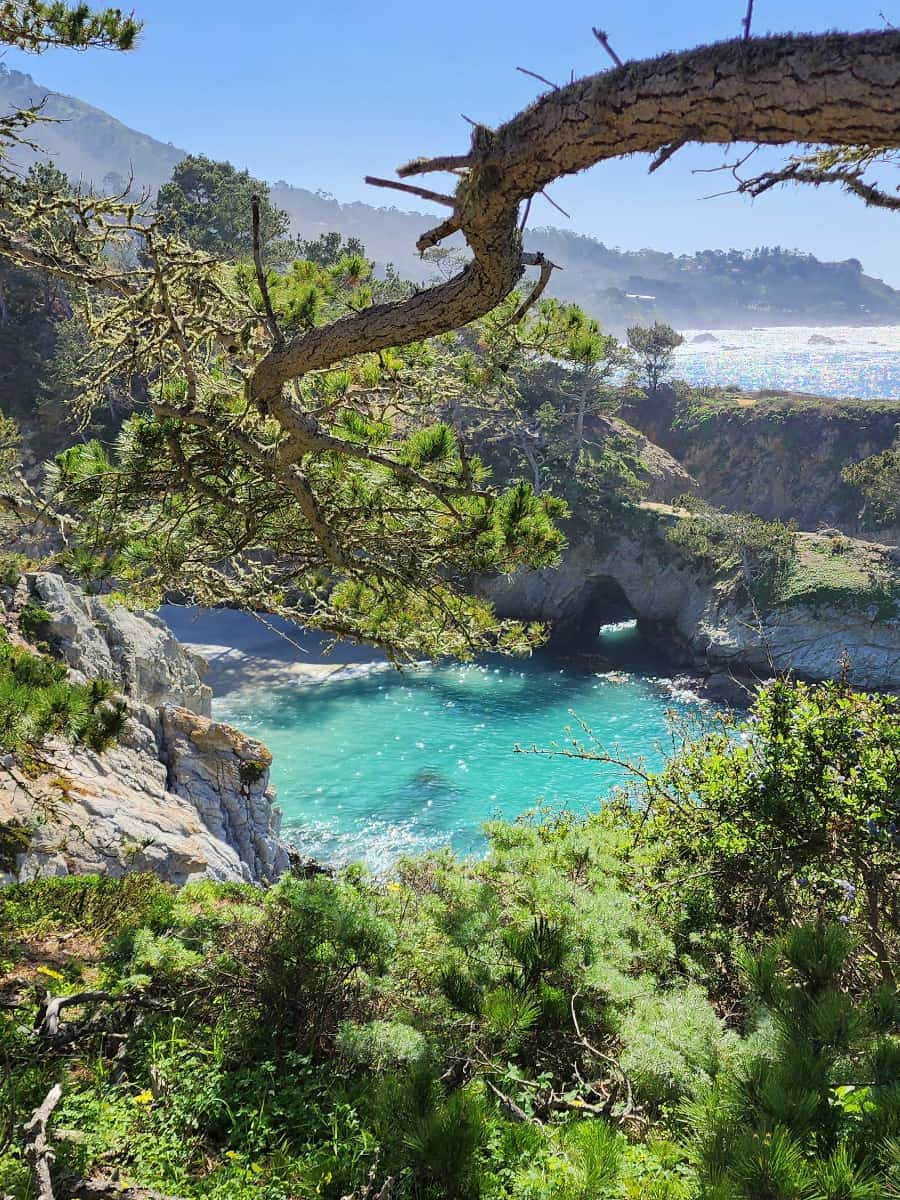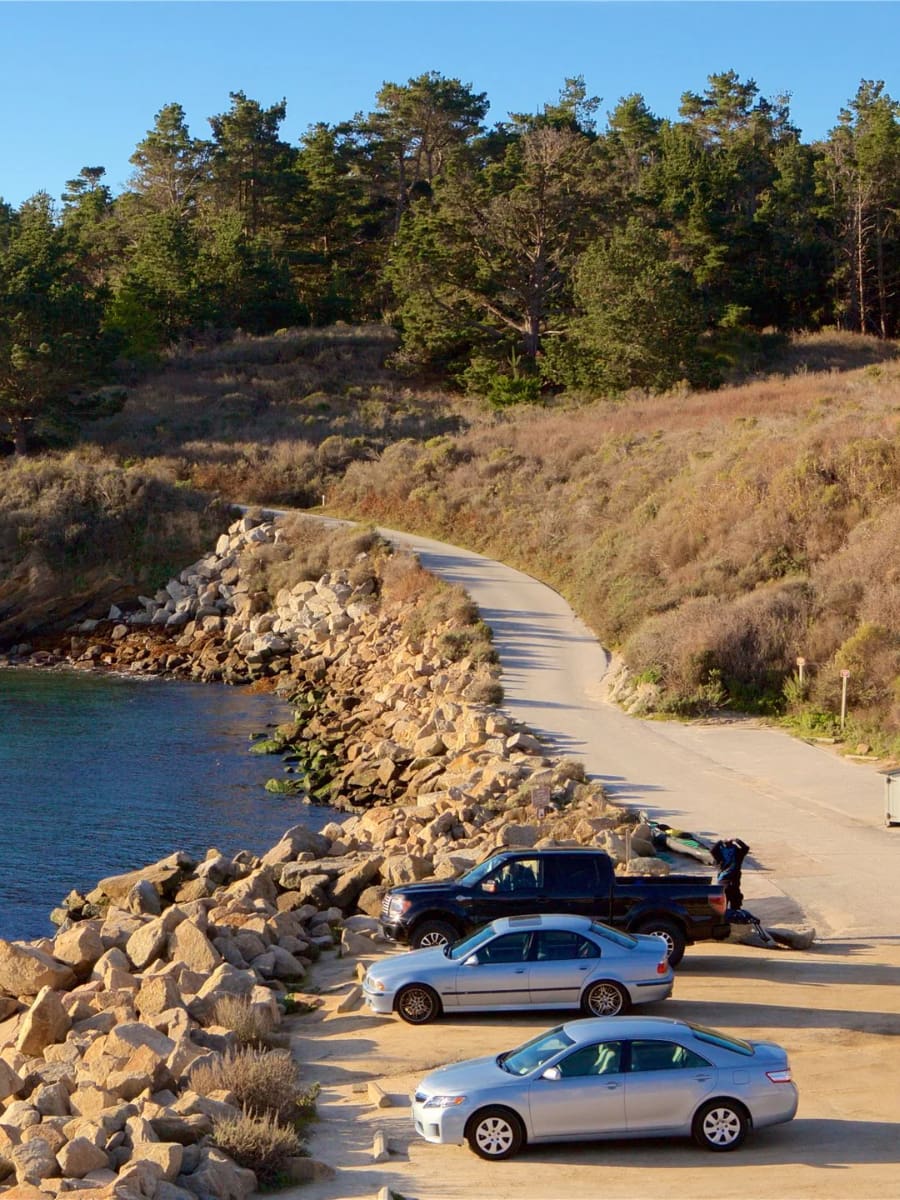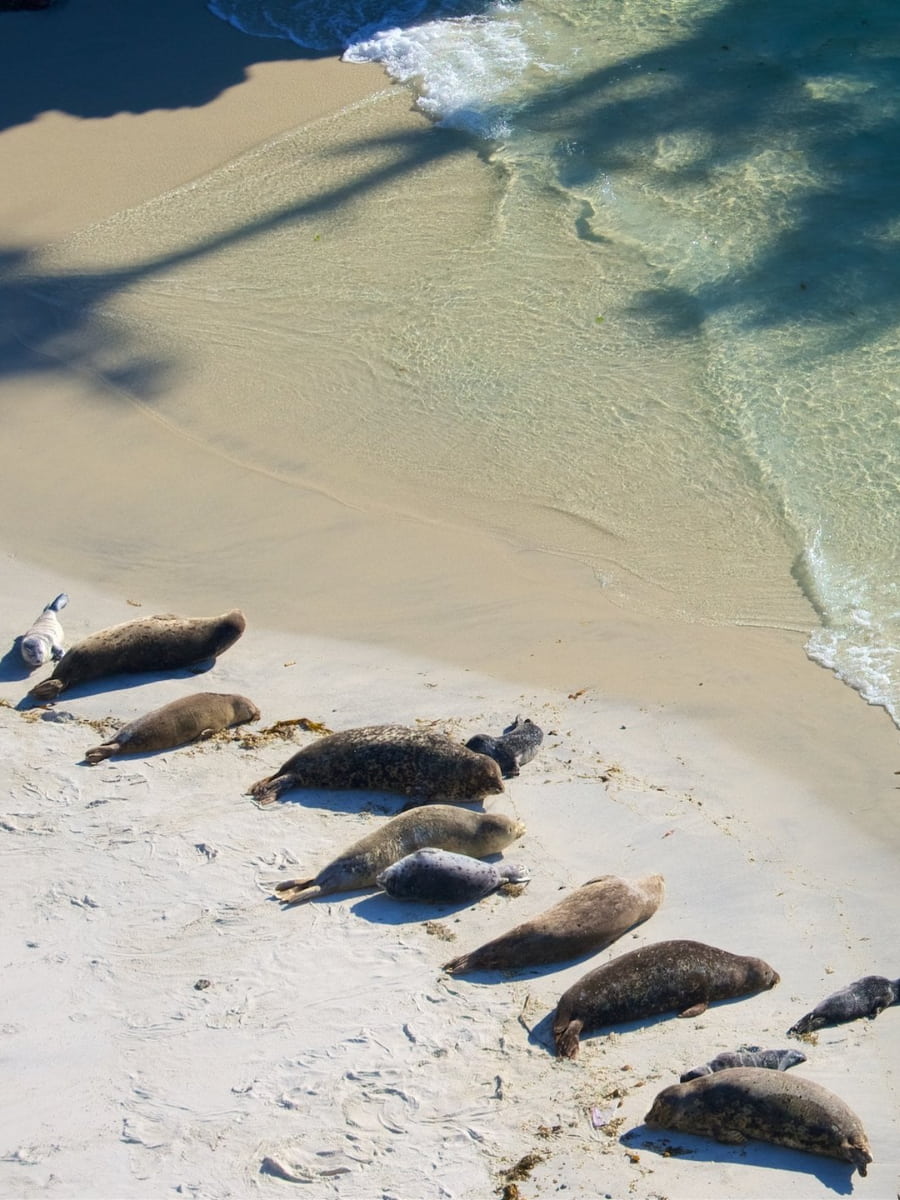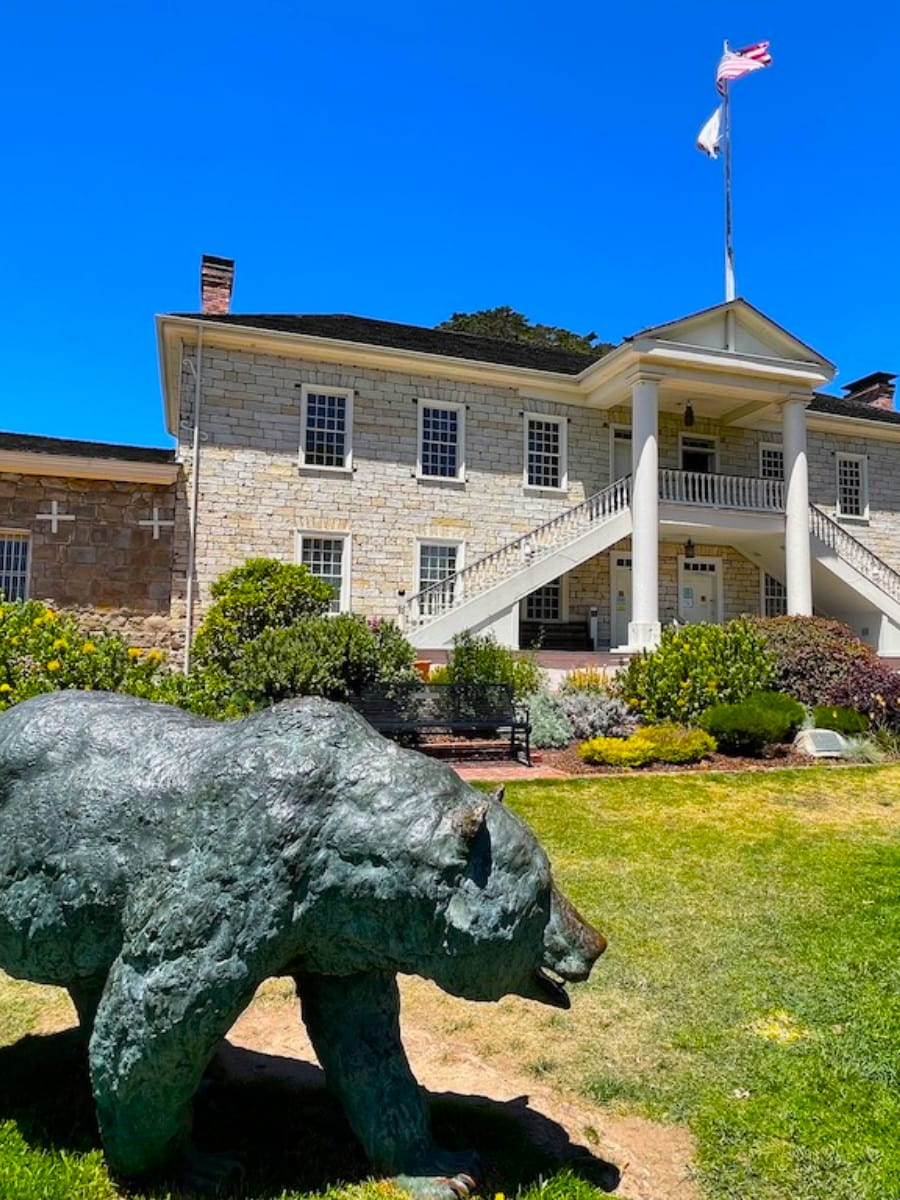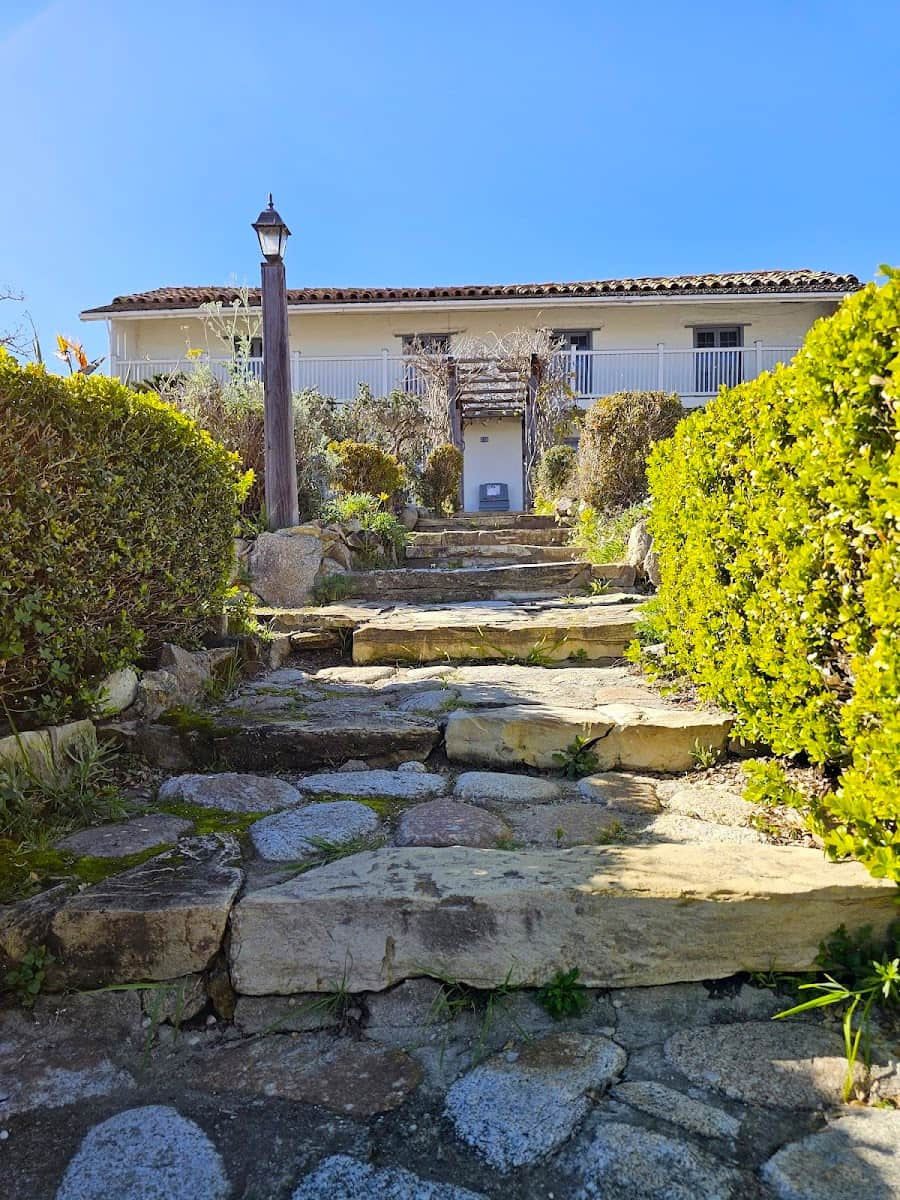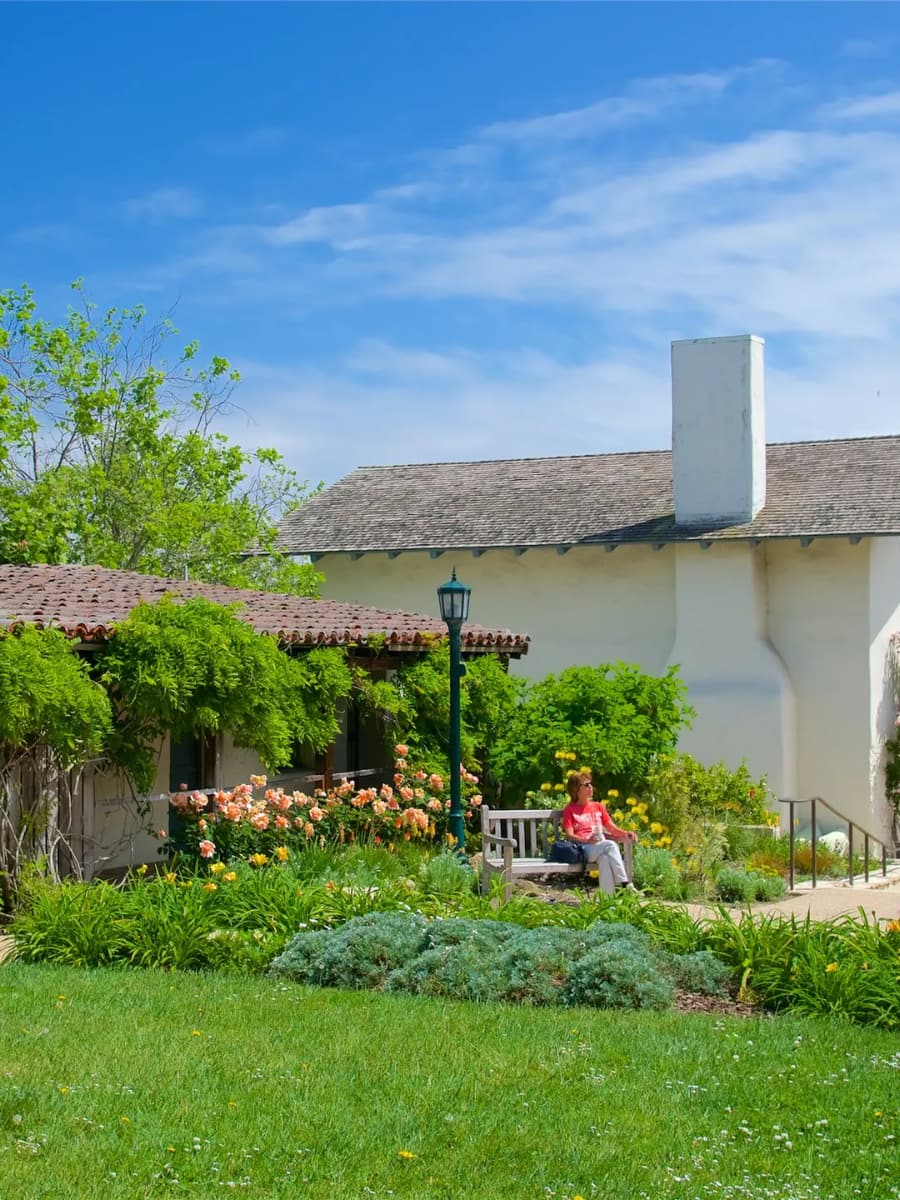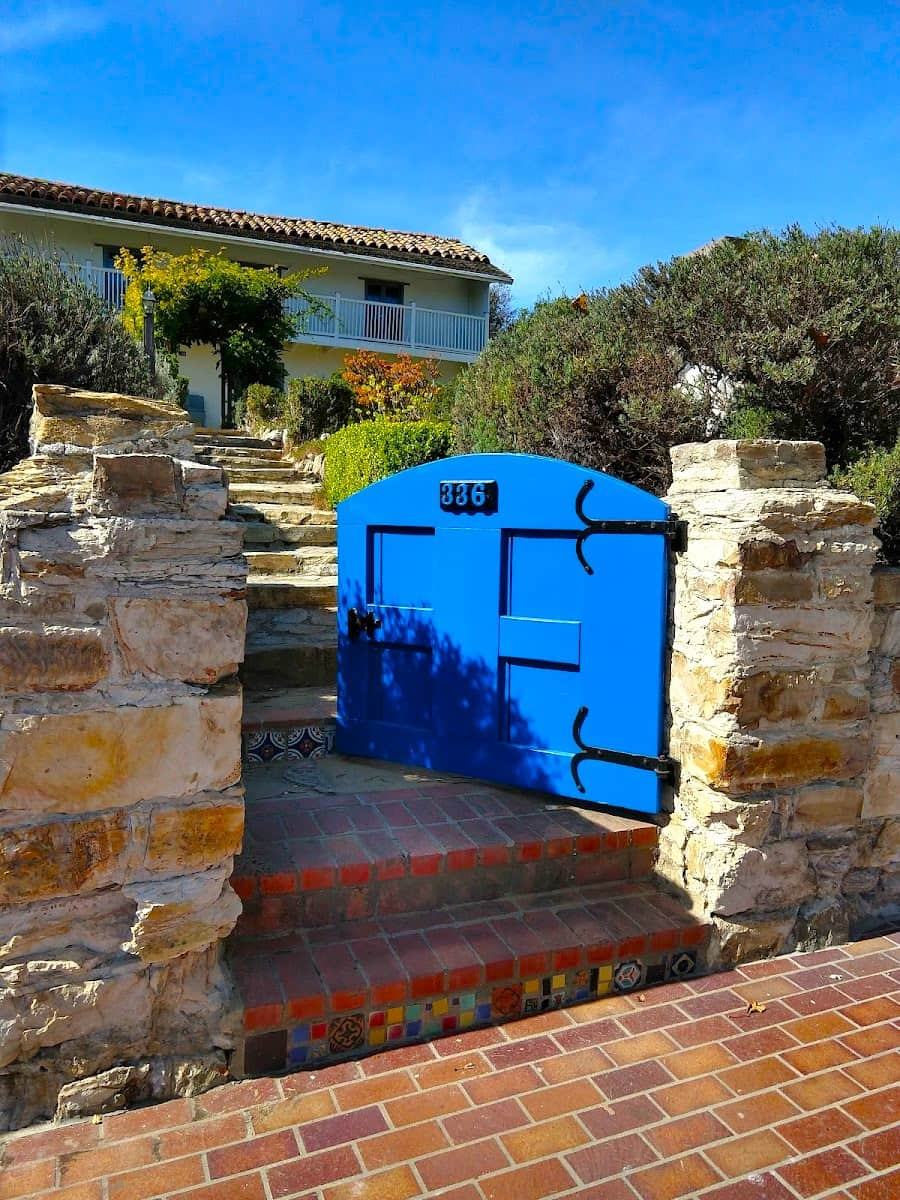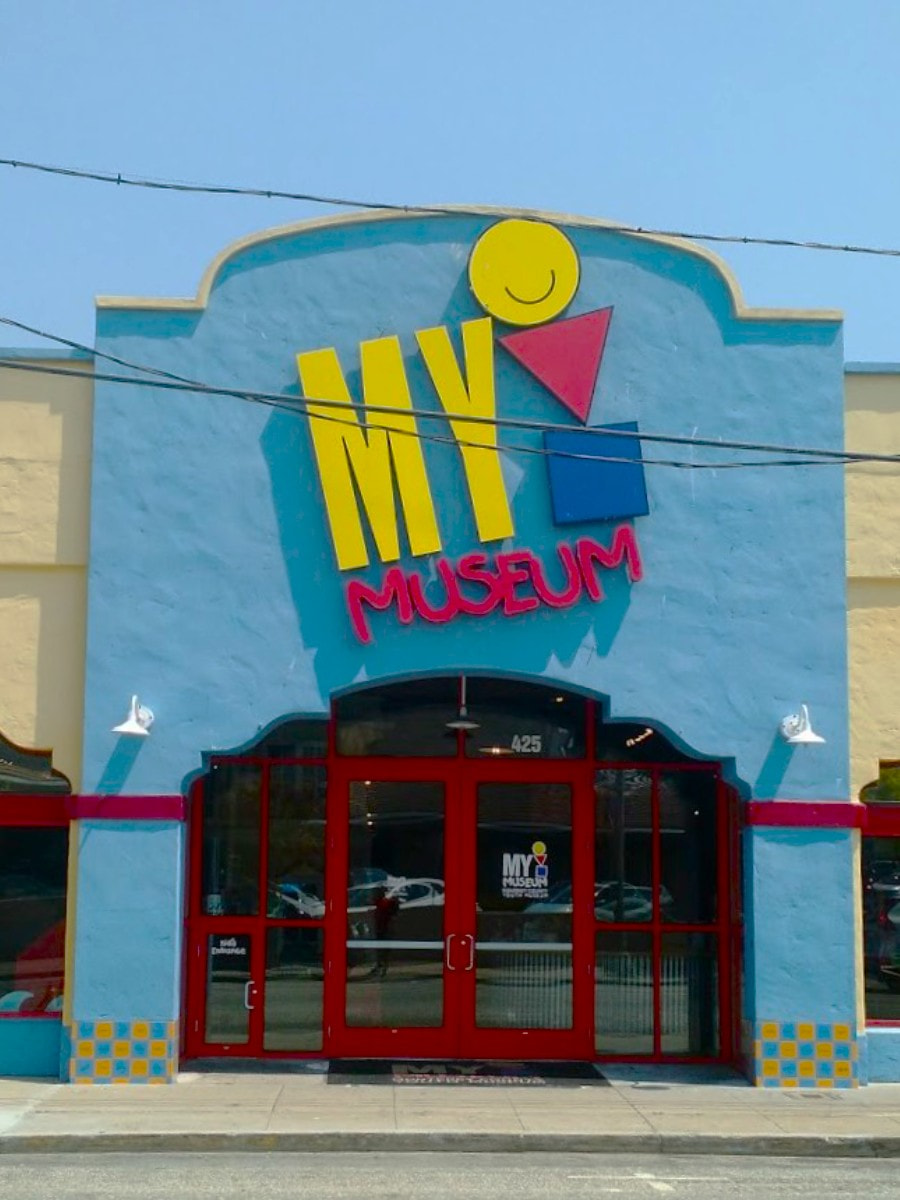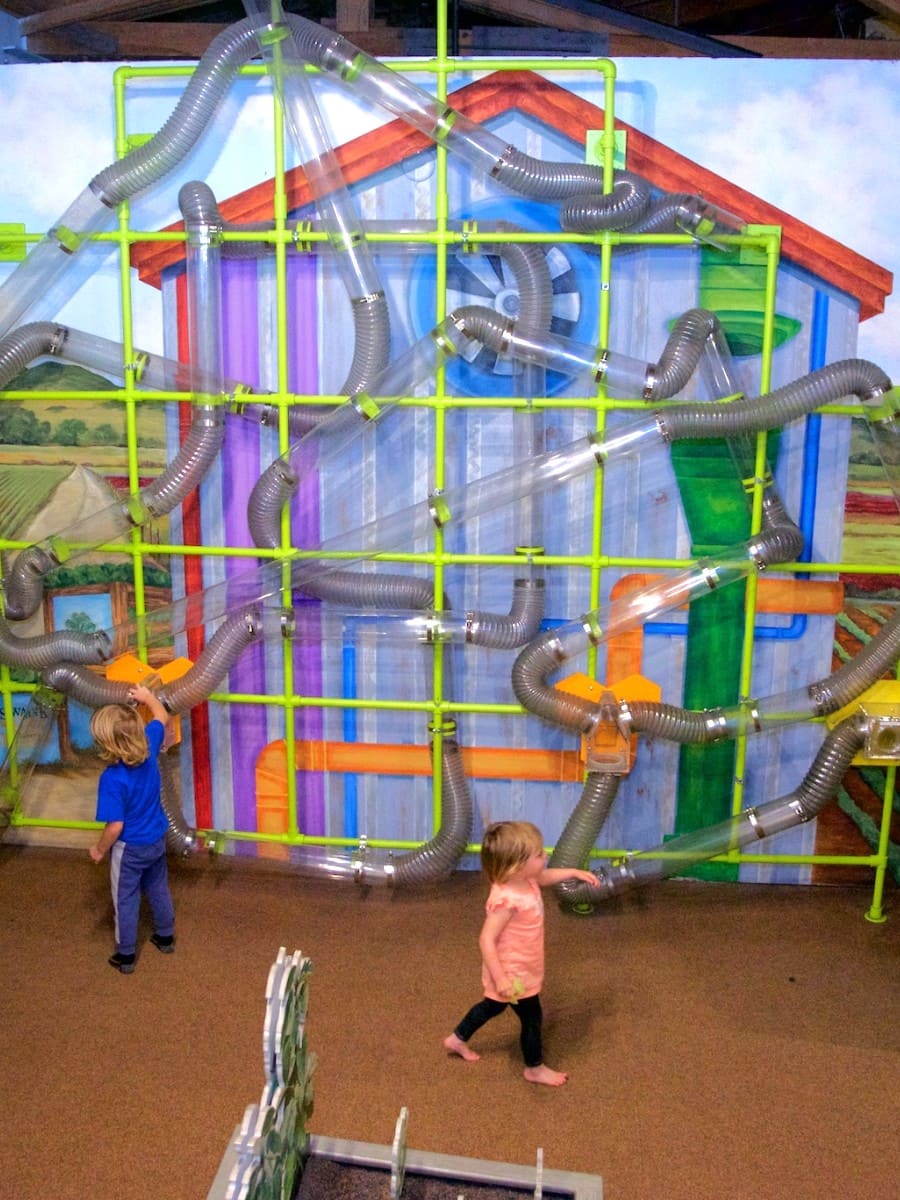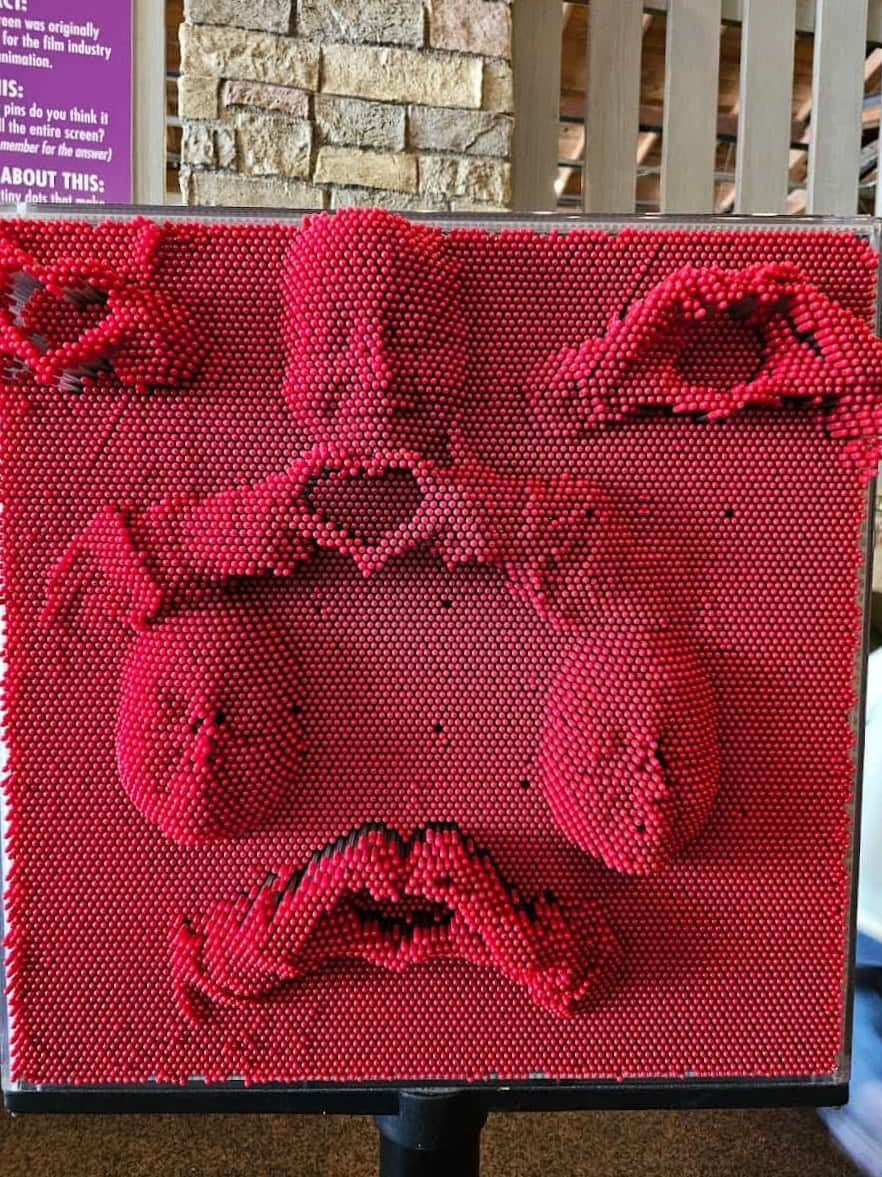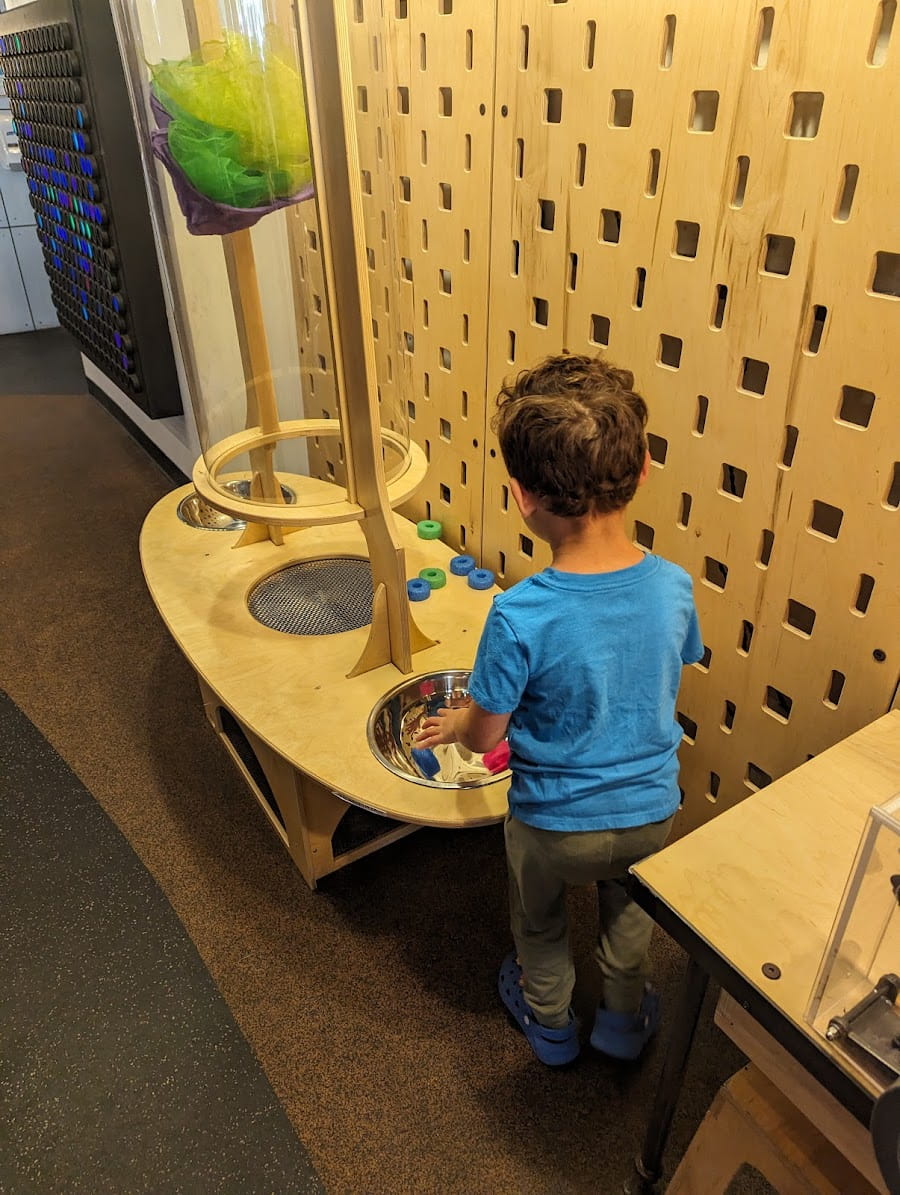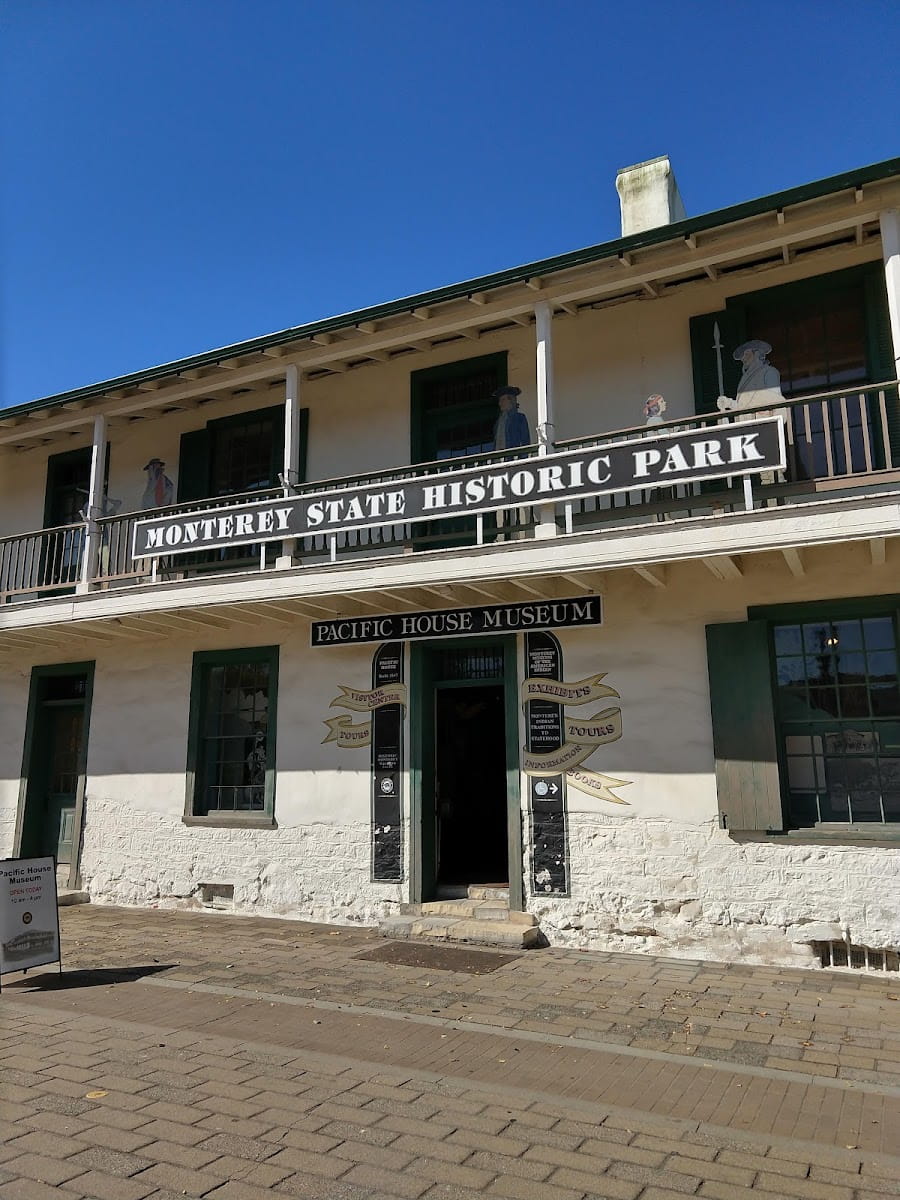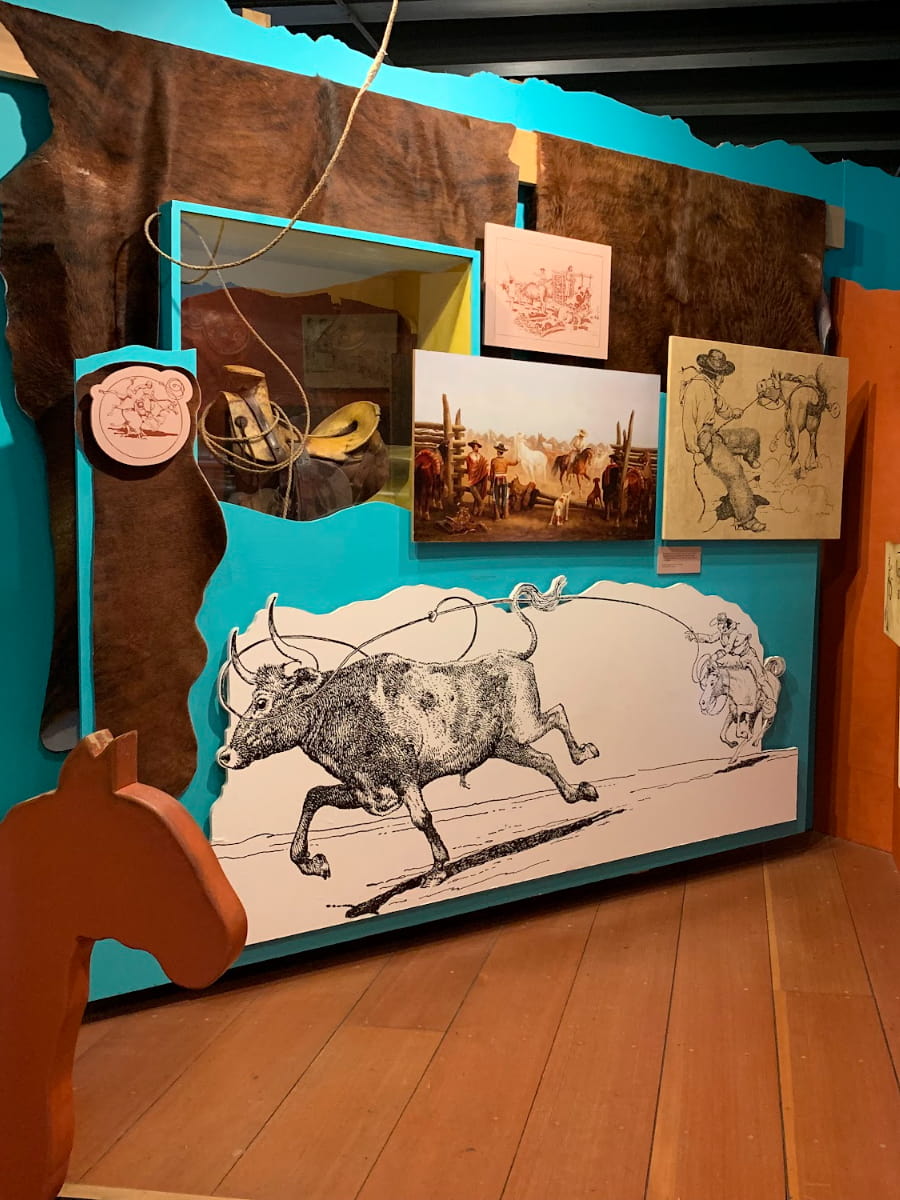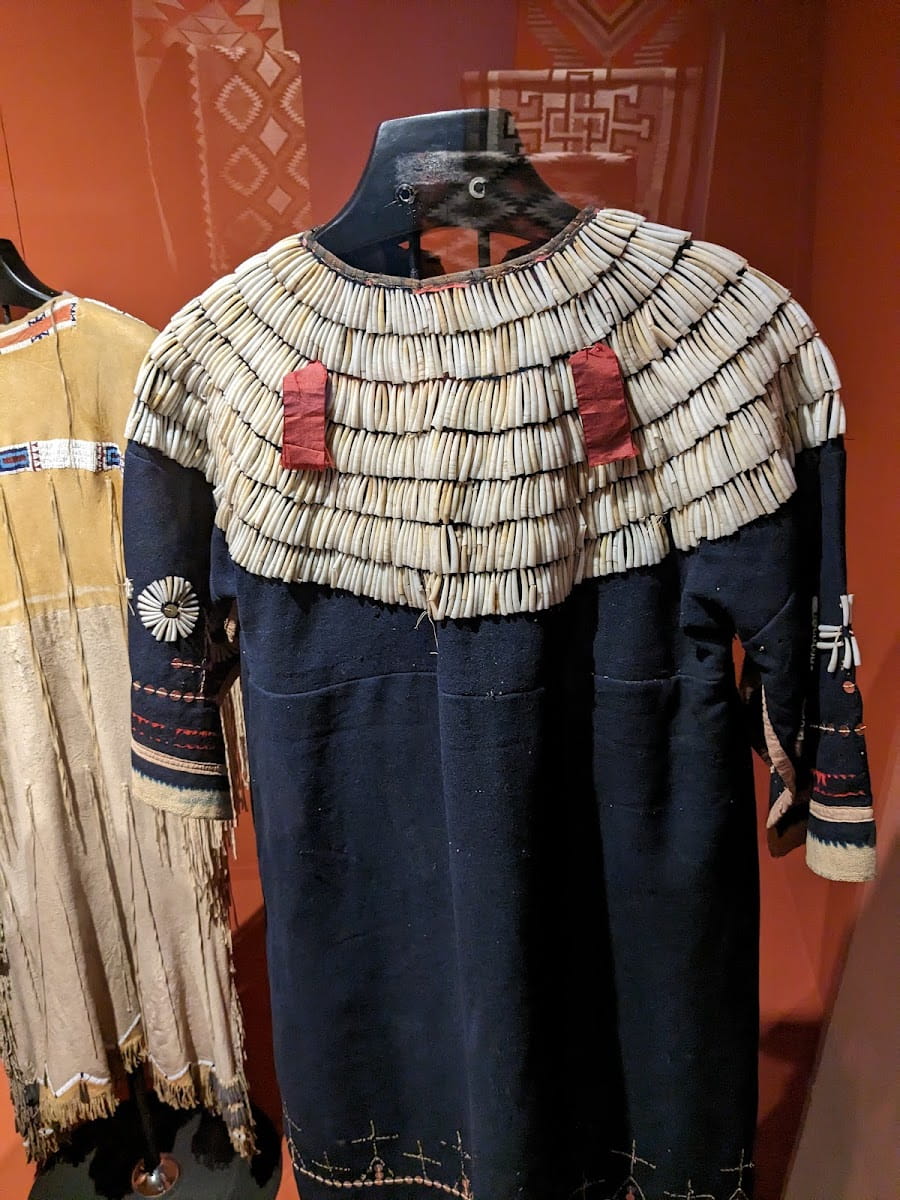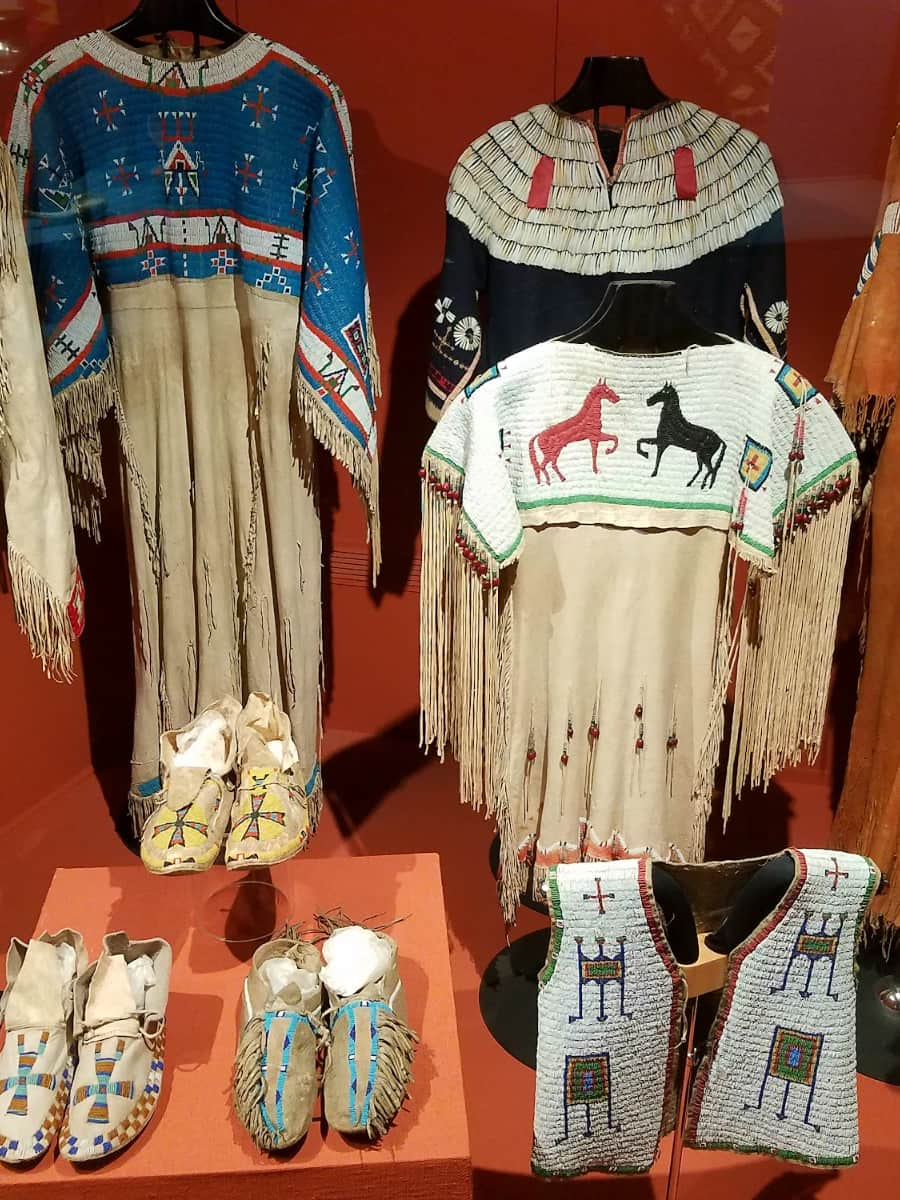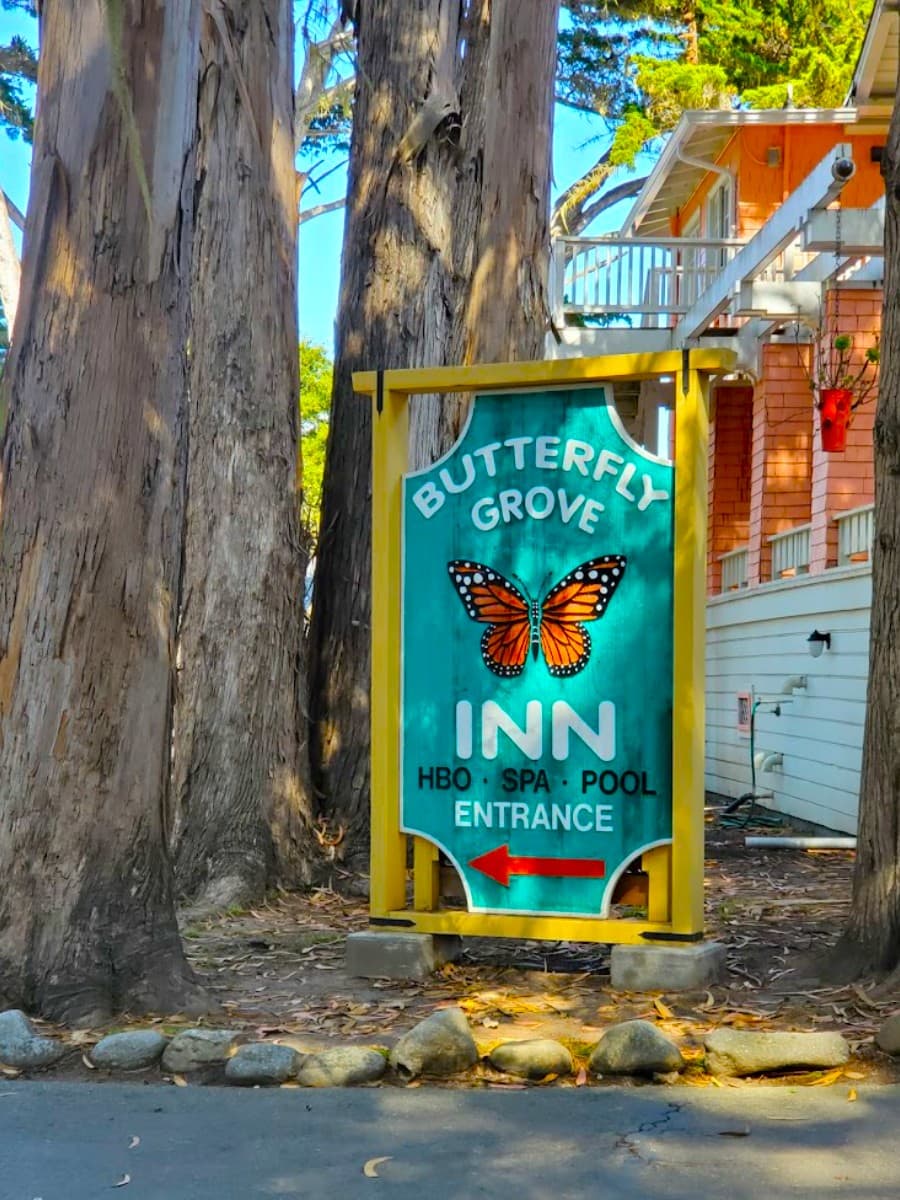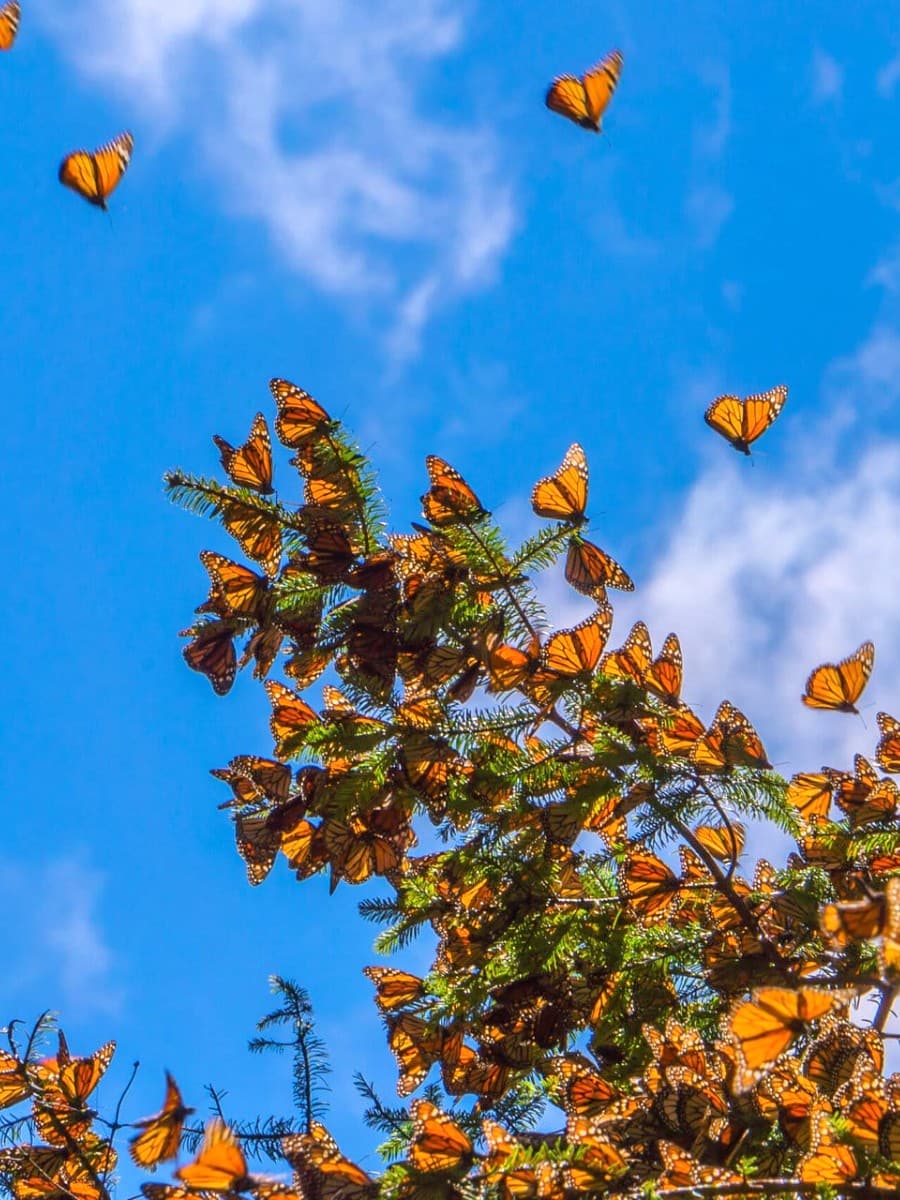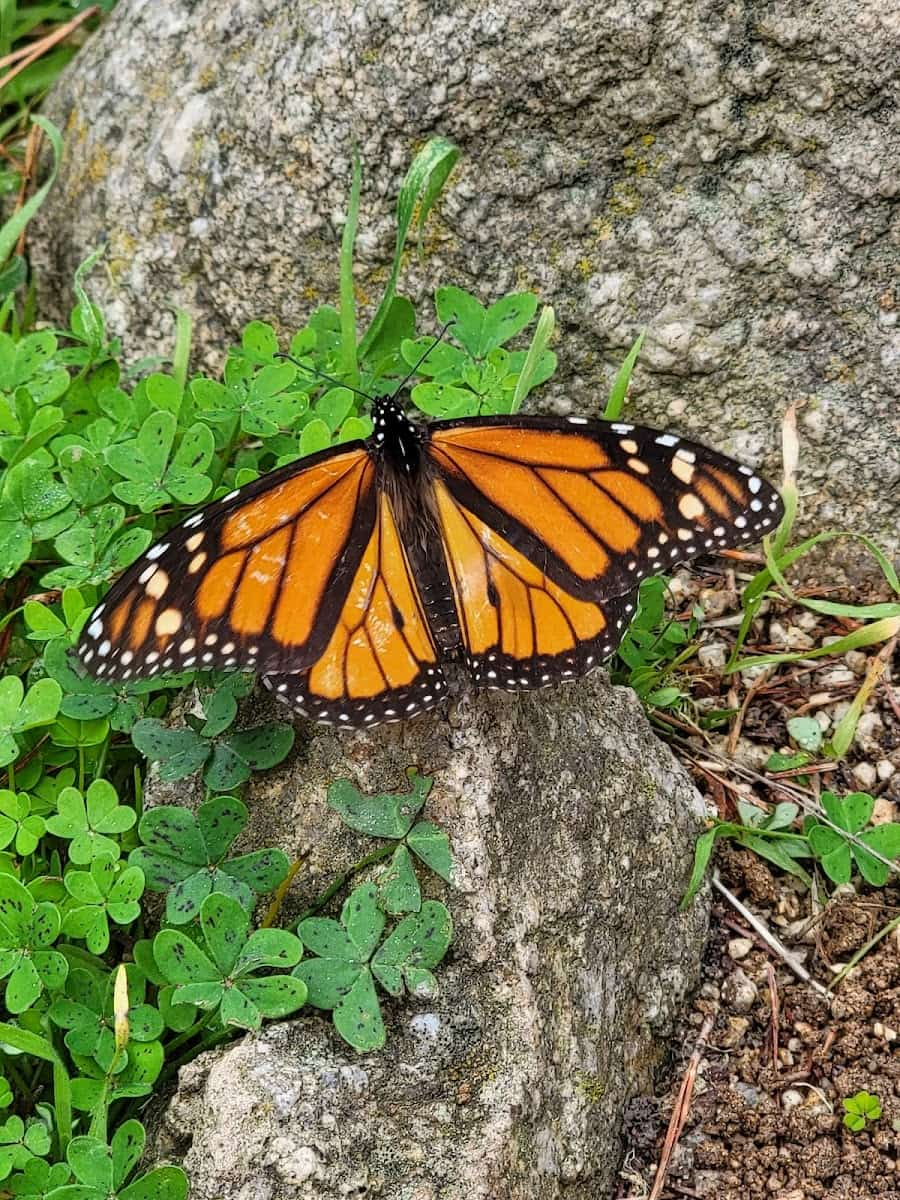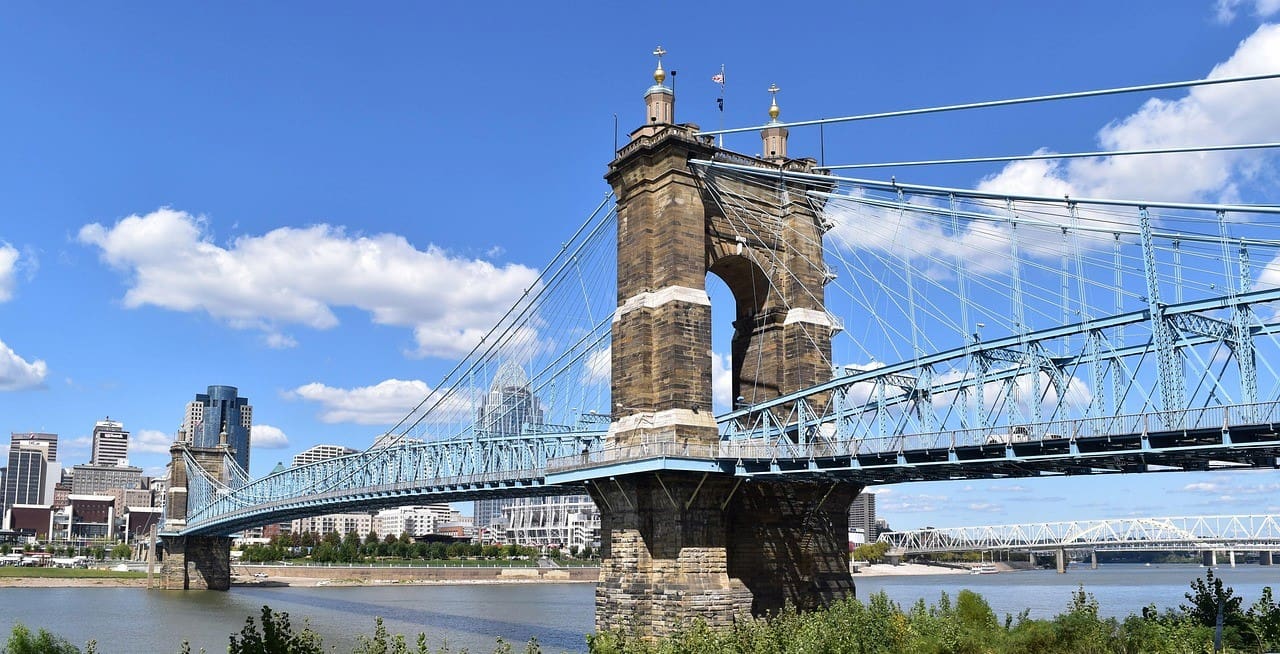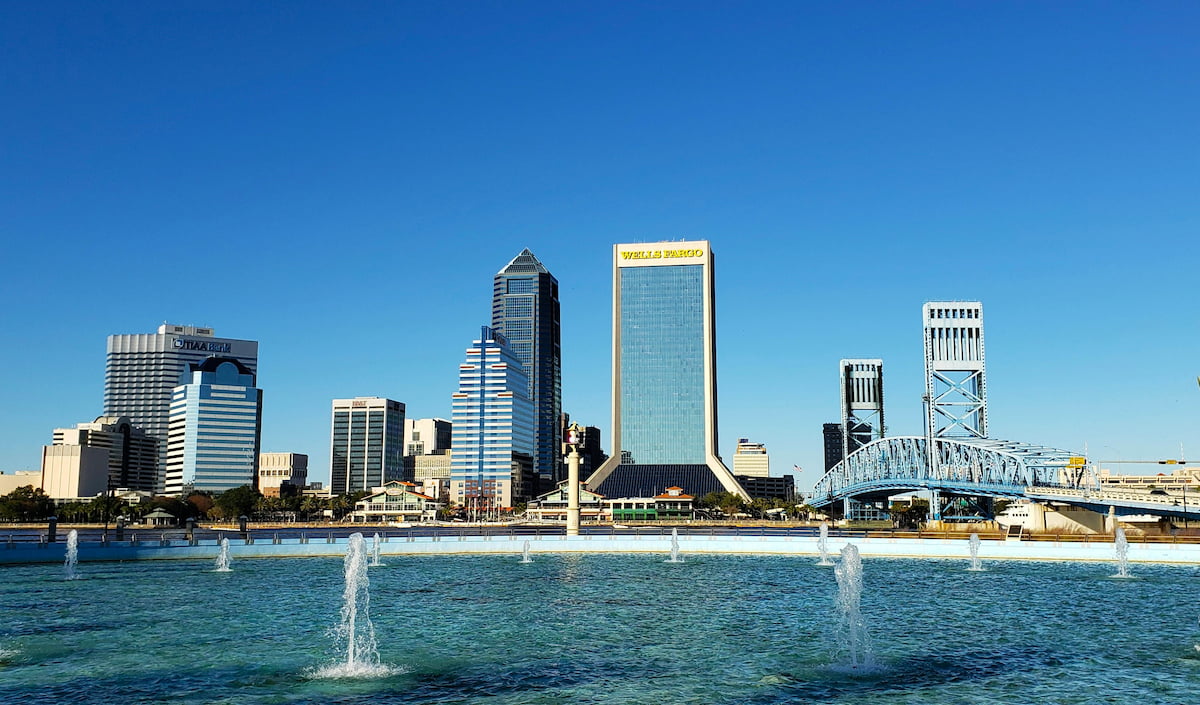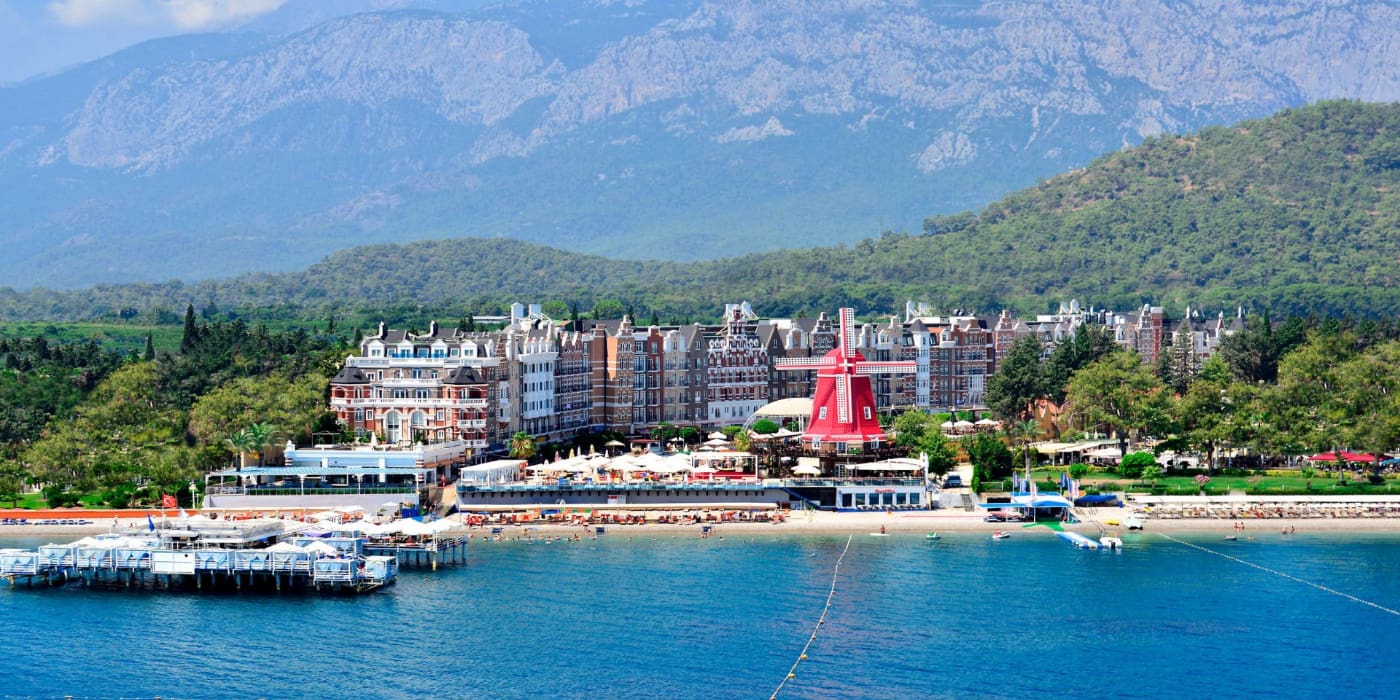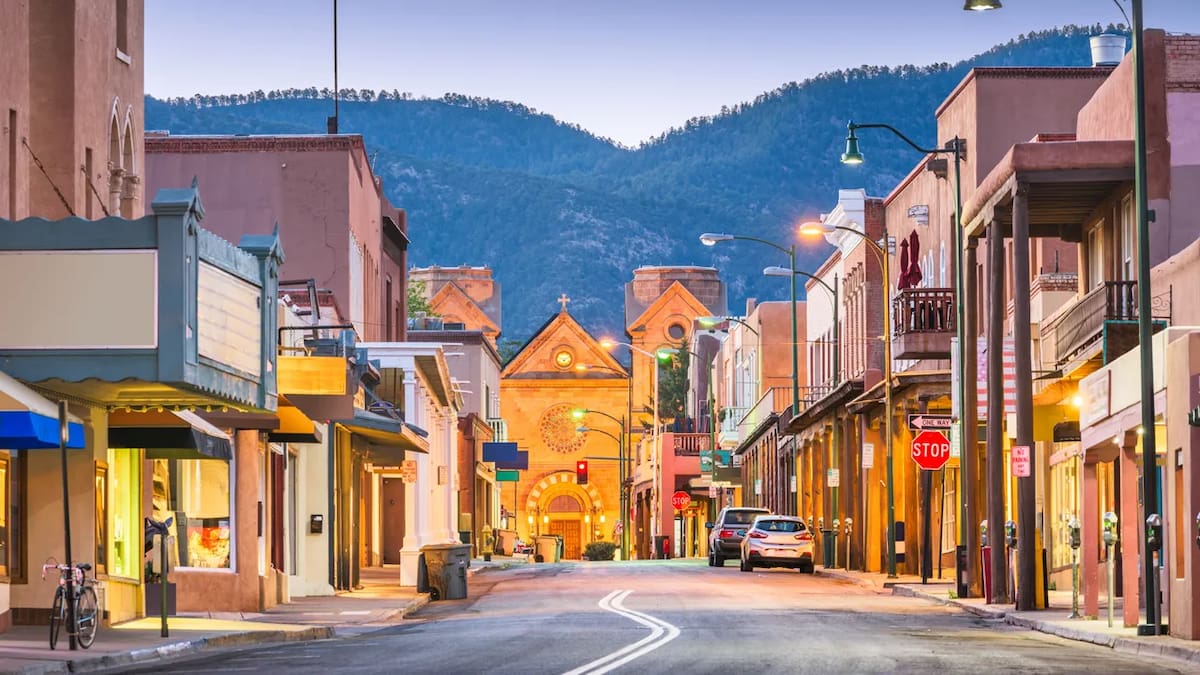Ready to unlock the magic of Monterey? You’re in the right place! This travel guide is your personal roadmap to everything you need to know before you set foot in this picturesque gem on the California coast. Whether you’re dreaming of watching sea otters at the Monterey Bay Aquarium, wandering the lively Cannery Row, or digging your toes into a sun-warmed beach, I’ve got you covered with honest tips and real-life recommendations for the perfect day in Monterey.
Inside, you’ll find the best places to visit, fun activities for every age (including must-dos with kids in Monterey), my favorite restaurants, and practical advice for making the most of your trip. I’ll show you what makes Monterey so special—the salty ocean breeze, the friendly local vibe, and those jaw-dropping coastal views you’ll remember forever.
🏠 Best Hotels in Monterey
- 💎 Luxury Hotel: Hyatt Regency Monterey Hotel and Spa
- ✨ 5-Star: Monterey Plaza Hotel & Spa
- 🏨 4-Star: InterContinental The Clement Monterey by IHG
- 🛏️ 3-Star: Ramada by Wyndham Monterey
- 💸 Cheap: Monterey Pines Inn
- 🏢 Apartment: Casa Munras Garden Hotel & Spa
- 👨👩👧👦 For Families: Best Western Plus Monterey Inn
- 🏩 For Couples: The Jabberwock Bed & Breakfast
💁 Best Guided Tours
- Monterey and Cannery Row 1-Hour Independent Sea Car Tour from $99 (⭐3.9/5)
- Monterey Bay Winter Whale-Watching Tour from $70 (⭐4.8/5)
- Monterey Whale-Watching Tour from $60 (⭐4.7/5)
- California Walking Ghost Tour in Monterey from $32 (⭐4.6/5)
- Thai Cooking Class in Monterey from $125 (⭐4.9/5)
The Best 7 Things to Do in Monterey
1. Monterey Bay Aquarium
Immersive Wonders. Standing inside the Monterey Bay Aquarium, I felt like I’d stepped into another world—one filled with swirling schools of silvery fish, towering kelp forests, and playful marine mammals. The glass-walled tanks stretch from floor to ceiling, letting you get nose-to-nose with leopard rays and watch jellyfish drift by like living artwork. The “Open Sea” gallery, with its 90-foot window, is a true highlight—sometimes I just stood there, mesmerized by the sheer scale and color of it all. If you’re lucky, you might even spot a sleek shark gliding past, adding a thrill to the underwater spectacle. My favorite? The lively mammals, who always seem to be up to something mischievous, drawing smiles from everyone nearby.
World-Class Displays. Monterey Bay Aquarium is a true window into the wonders of the Pacific Ocean, right on the scenic shores of Monterey’s Cannery Row. The aquarium features over 35,000 animals and plants representing more than 550 species, with displays that let you get close to everything from swirling schools of fish and giant Pacific octopuses to hammerhead rays and lively mammals. The glass-walled tanks are designed to make you feel like you’re under the sea, and the kelp forest—one of the tallest aquarium displays in the world—offers a diver’s-eye view of a thriving underwater ecosystem. The Open Sea gallery is a showstopper, with a massive 90-foot window where you can watch schools of tuna, sea turtles, and even hammerhead rays glide by.
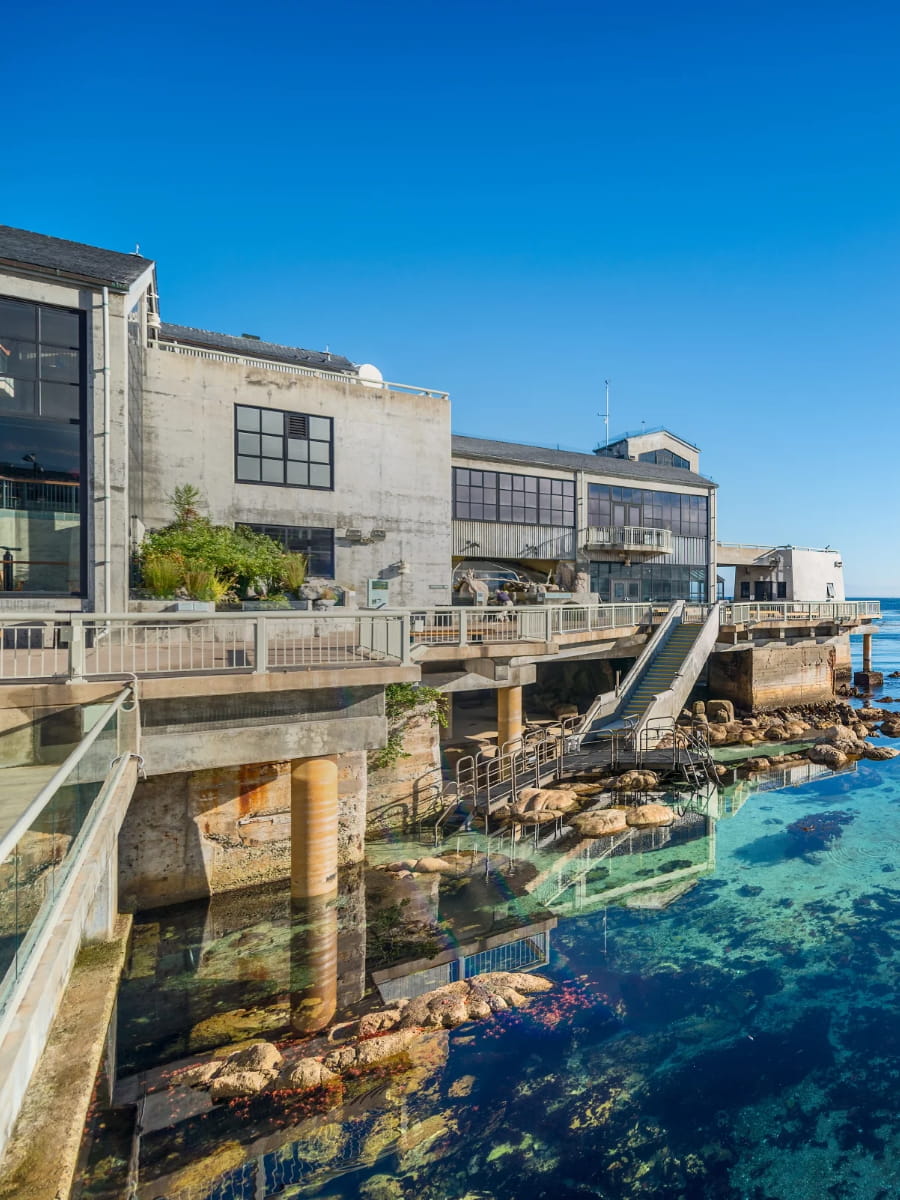
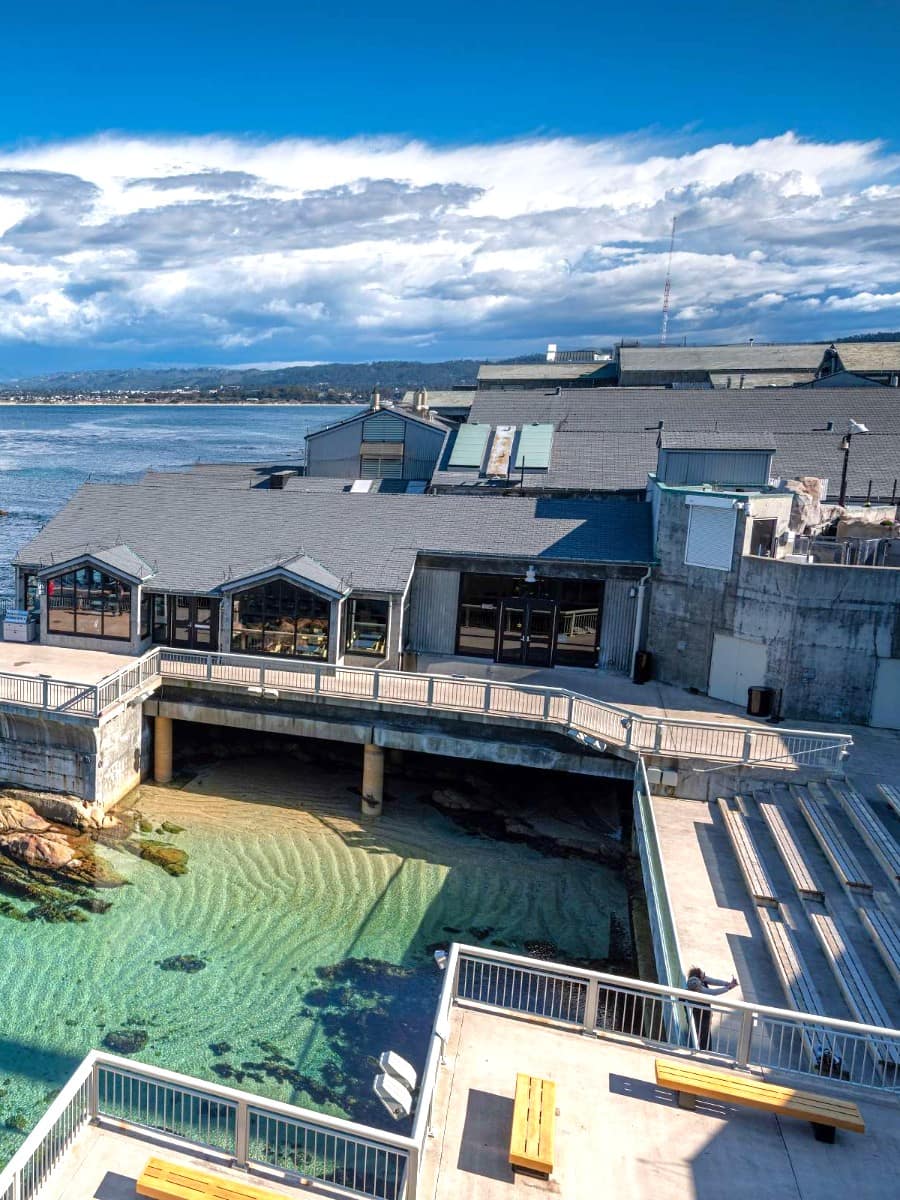
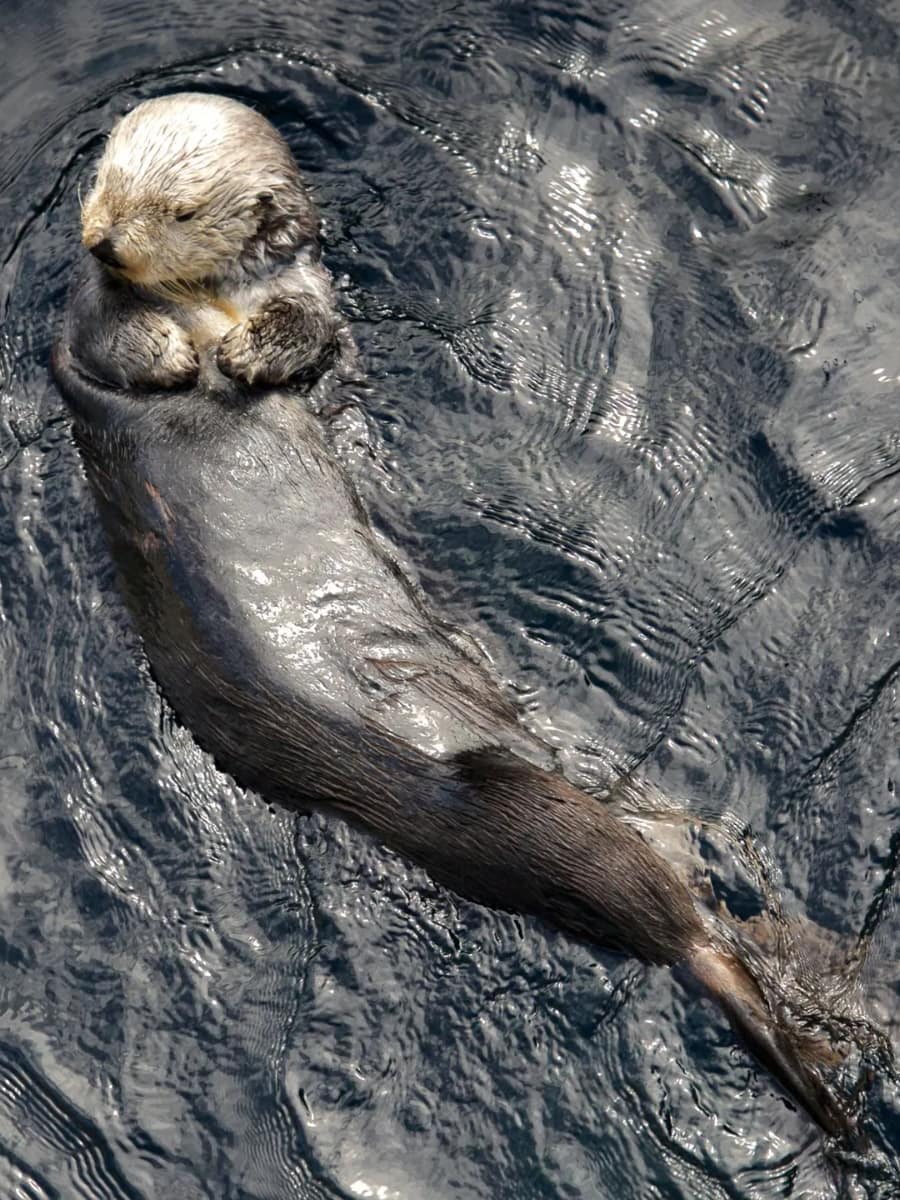
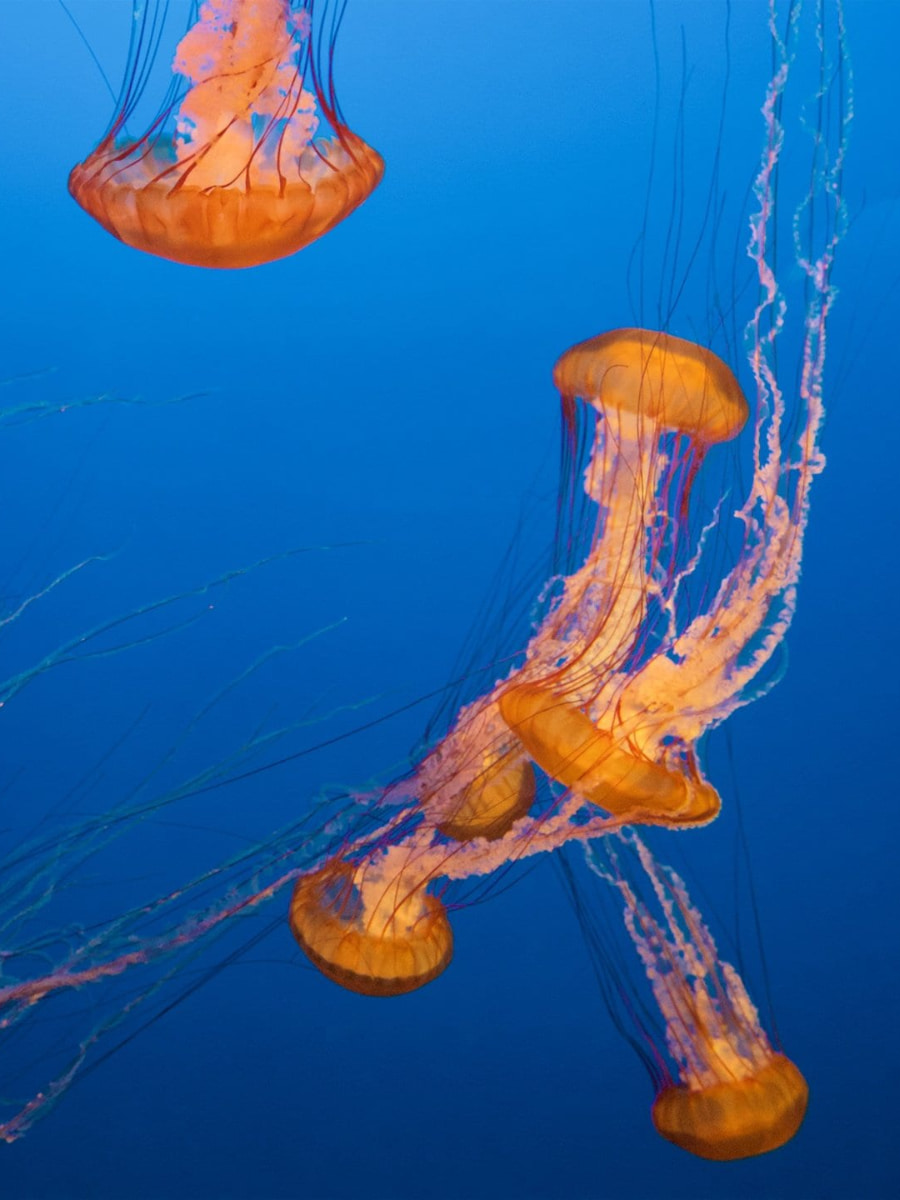
Unique Encounters. What sets this place apart is its immersive approach. You can watch trainers care for rescued marine mammals, learn about their conservation work, or even touch sea stars and anemones in the hands-on touch pools. The aquarium’s roots are in conservation and education, so you’ll find fascinating historical displays about its past as a fish processing plant, plus behind-the-scenes tours that reveal how the displays work and how the team protects endangered species like the southern marine mammals. Temporary displays keep things fresh—past themes have included jellyfish, deep-sea animals, and the impact of climate change.
Conservation and Community Impact. Monterey Bay Aquarium is more than just a tourist attraction—it’s a leader in marine research and conservation. Their Seafood Watch program has changed how people think about sustainable seafood, and their research helps protect marine animals all over the world. The aquarium has played a big role in revitalizing Cannery Row and draws around two million visitors each year, making it a cornerstone of the local community and economy. If you want a true taste of Monterey, a visit to the aquarium connects you with the region’s history, environment, and vibrant spirit. I always tell friends to visit the Monterey aquarium at least once—it’s an experience you’ll never forget.
| Visitor Category | Price (USD) | Price (EUR, approx.) |
|---|---|---|
| Adult (18–69) | $65 | €60 |
| Youth (5–17) | $50 | €46 |
| Senior (70+) | $50 | €46 |
| Child (4 & under) | Free | Free |
Budget Tip: Monterey County residents sometimes get free admission in October—check the official website for details.
⭐ Best Activities
- Guided Tours of Cannery Row – Stroll along Monterey’s historic Cannery Row and learn about its significance as the “Sardine Capital of the World.” Walk from the breakwater to the Monterey Bay Aquarium while discovering John Steinbeck’s literary connections and enjoying beautiful bay views.
2. Cannery Row
Historic Waterfront. Walking down Monterey’s famous waterfront district, I’m always struck by the mix of old cannery buildings and lively new businesses. This iconic street hugs the coastline of Monterey Bay, offering sweeping ocean views and a salty breeze that wakes up your senses. The area is filled with history—think vintage labels on the pavement, sky bridges linking old factories, and interpretive signs telling stories of the workers who once filled these streets. Steinbeck Plaza, named after the famous author, is a perfect spot to pause and soak in the atmosphere. The Pacific Biological Laboratories, once home to marine biologist Ed Ricketts, sits tucked away on the main strip and is a must-see for literature fans.
Shops and Souvenirs. If shopping is your thing, this historic neighborhood won’t disappoint. The historic Monterey Canning Company building is now a shopping hub, and you’ll find everything from quirky socks at Sockshop Monterey to antiques at the local Antiques Mall. I always pop into Mackerel Jack’s Trading Co for unique souvenirs and local crafts. The area also boasts art galleries, specialty stores, and even a Turkish bazaar for something different.
Family Fun and Activities. This waterfront street is packed with fun things to do with kids. You can explore interactive games, arcades, and even a one-of-a-kind theme ride called Treasure Hunt: The Ride. The waterfront trail is ideal for a stroll or bike ride, and the nearby marine sanctuary is a haven for wildlife lovers. If you’re traveling Monterey with kids, there are plenty of sweet shops and bakeries to keep everyone happy.
Dining, Shopping, and Local Flavor. Foodies will love the range of eateries here, from casual spots to fine dining with panoramic bay views. Top picks include Schooners Coastal Kitchen & Bar, The Fish Hopper, Bubba Gump Shrimp Co., a popular local brewing company, and The Chart House, with entrees ranging from about $11.95 to $60 (USD). Many restaurants feature fresh local seafood and sustainable ingredients—don’t be surprised to find a classic sardine dish on the menu, a nod to Monterey’s fishing heritage. Shopping is just as varied—browse for souvenirs, local crafts, and art in the historic Monterey Canning Company building or quirky specialty shops. Don’t forget to check out tucked-away tasting rooms and hidden boutiques for a more local experience.
Dining Delights:
- Schooners Coastal Kitchen & Bar (seaside views, local artichoke chowder, $24–$60)
- The Fish Hopper (bay views, fresh salads, $19.95–$42.95)
- Bubba Gump Shrimp Co. (movie-themed fun, ribs and burgers, $11.95–$24)
- Local Brewing Company (huge beer selection, burgers, $10.95–$22.95)
- The Chart House (fine dining, 180-degree bay views, $29–$42)
Budget Tip: For families, Tipsy Putt offers free mini-golf for kids under 12 with an adult ticket before 2pm.
⭐ Best Activities
- 1-Hour Monterey and Cannery Row GoCar Tour – Enjoy an independent sightseeing adventure in a GPS-guided 2-seater convertible that navigates itself. Cruise past historical buildings, Fisherman’s Wharf, Cannery Row, and Lovers Point while listening to recorded commentary about local attractions.
3. Old Fisherman’s Wharf
Atmosphere and Views. The historic pier in Monterey is one of those places where you can feel the salty breeze and hear the calls of gulls overhead. As I walked along the wooden planks, I was surrounded by colorful shops, seafood restaurants, and lively crowds. The views of Monterey Bay are simply picturesque—sometimes you’ll spot playful seals or even dolphins from the pier. The area is especially beautiful at sunset, when the sky turns pink and gold over the water.
Seafood and Local Flavors. If you love fresh seafood, this is your spot. Many restaurants offer complimentary samples of clam chowder, so you can taste your way down the wharf before choosing where to eat. Favorites include Old Fisherman’s Grotto (famous for its chowder, $18–$29 per bowl), Abalonetti Bar & Grill (calamari specialties, $16–$32), and Domenico’s on the Wharf (Italian-inspired seafood, $22–$45). Many menus feature local Dungeness crab and sustainable fish.
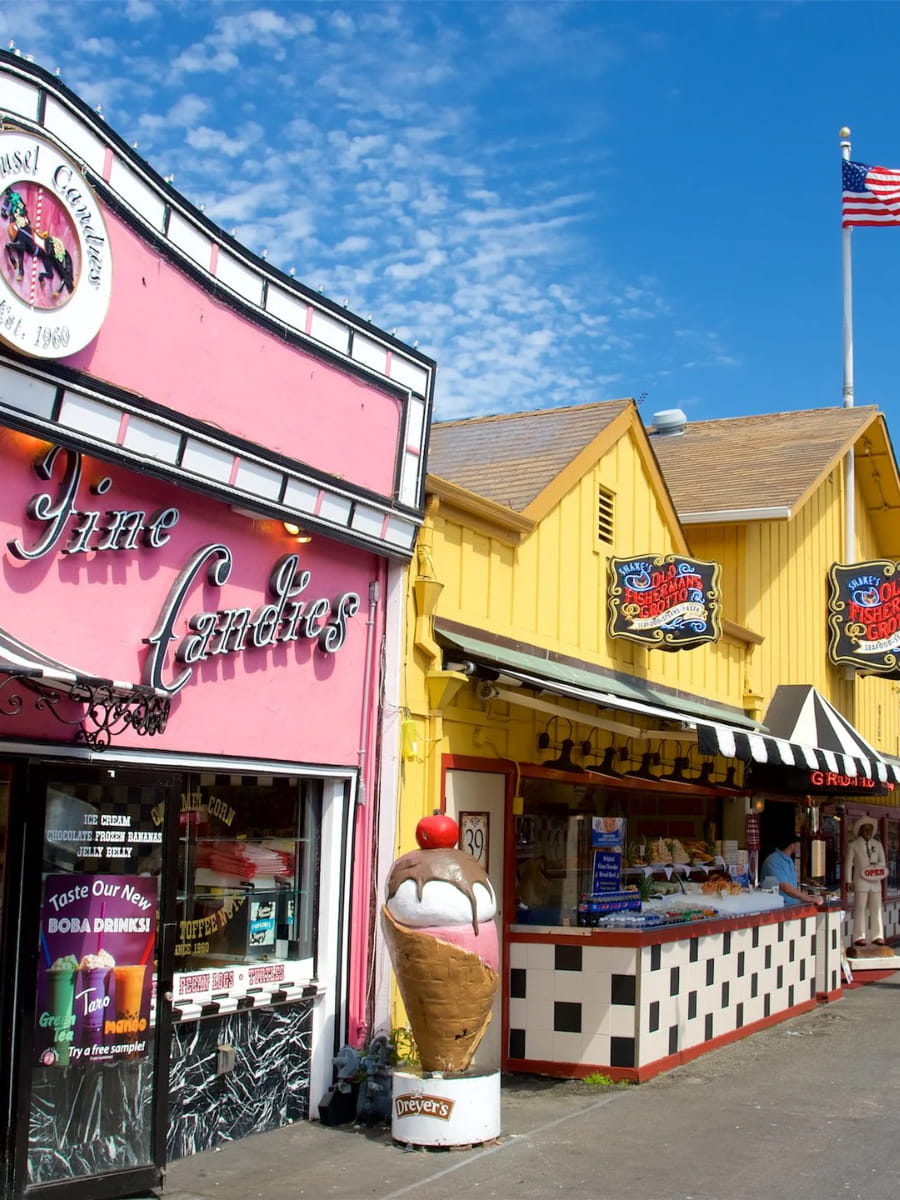
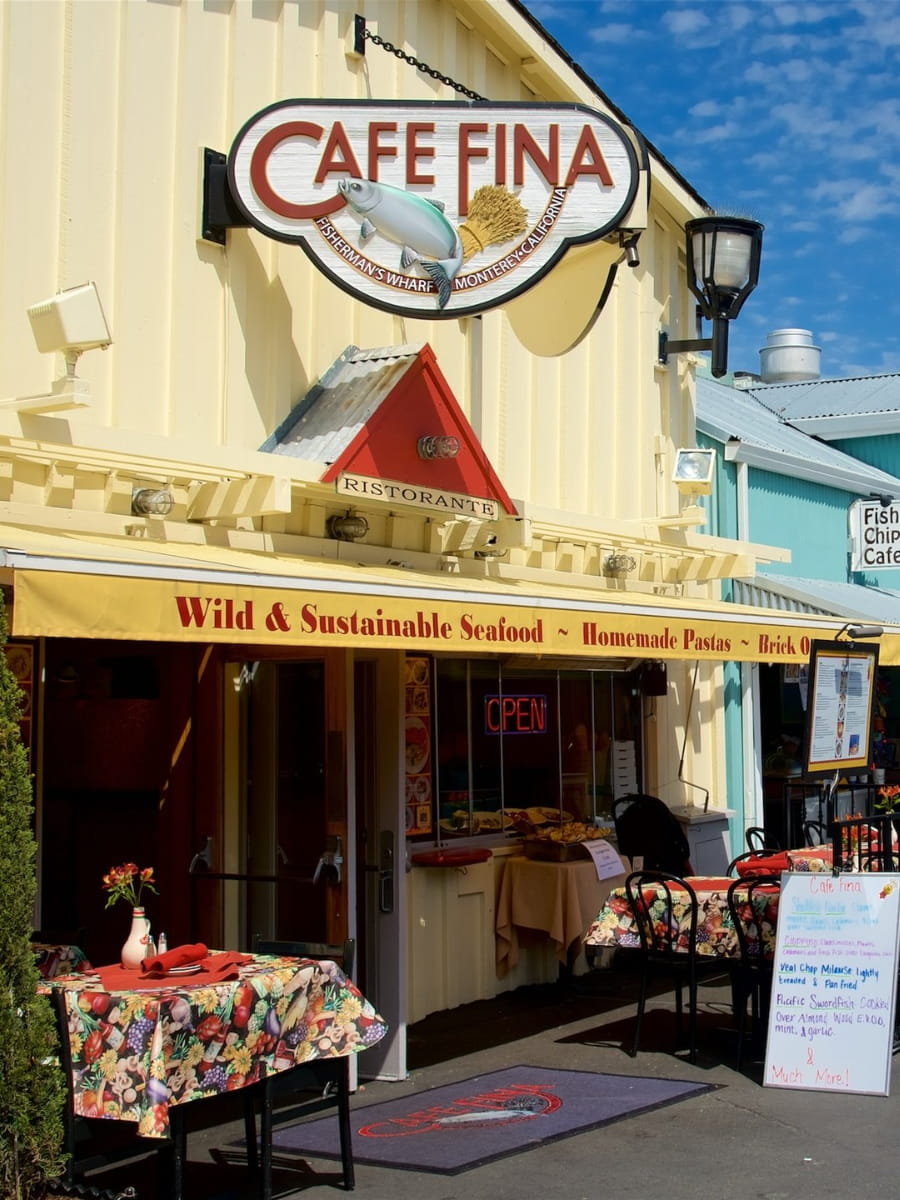
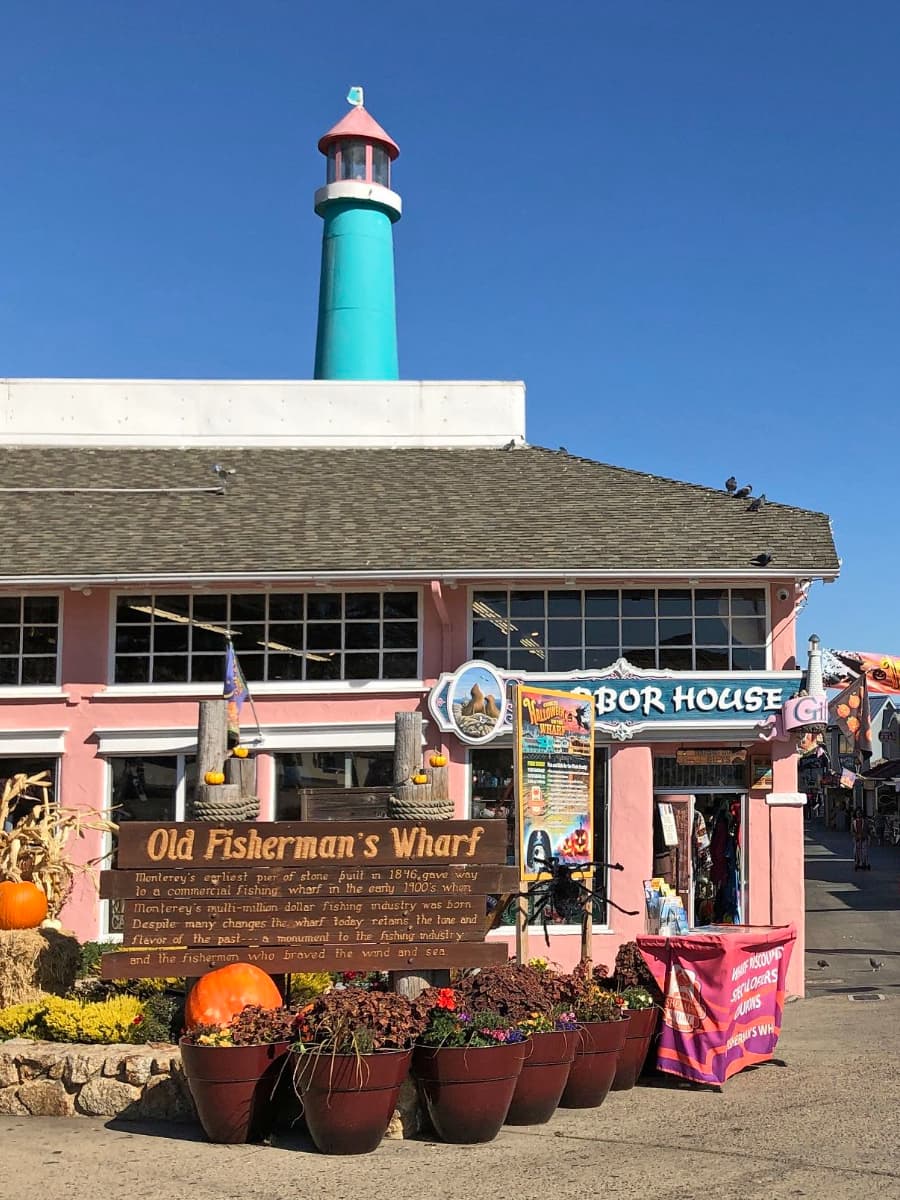
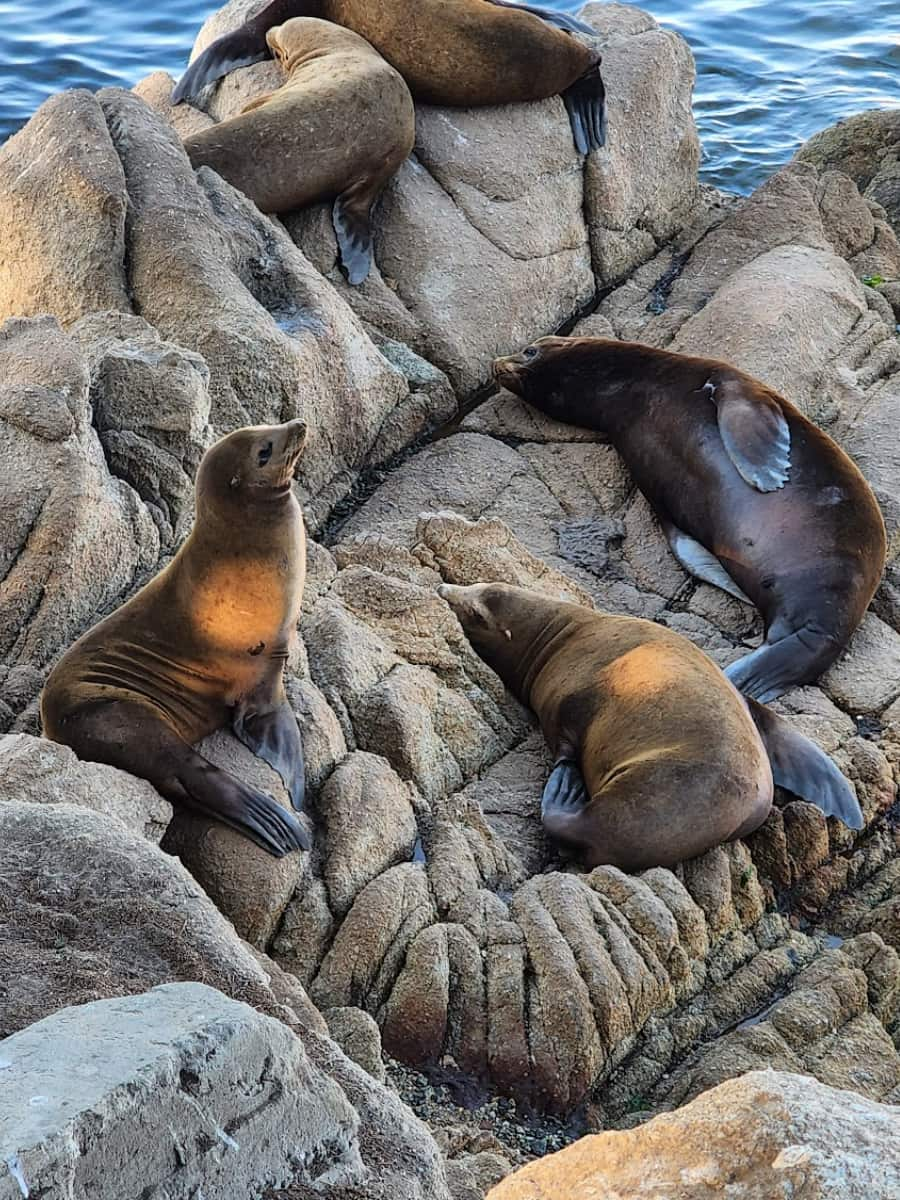
Activities and Entertainment. There’s more than just food here. I found whale watching tours, glass-bottom boat rides, and fishing trips leaving right from the wharf. You can also browse souvenir shops for Monterey-themed gifts or pick up saltwater taffy at Carousel Candies. For families, there’s a small arcade and plenty of street performers to keep kids entertained. The wharf is also a great starting point for exploring the Monterey Bay Coastal Recreation Trail.
Local Culture and Events. This historic pier often hosts seasonal events like the annual Art & Seafood Celebration or holiday light displays in December. The atmosphere is festive year-round, with friendly locals and a steady buzz of activity. I always recommend checking the event calendar before your visit—you might catch live music, a seafood festival, or a family-friendly parade. The pier is also a popular spot for sunset photography, so bring your camera for those golden-hour views.
| Restaurant | Price Range (USD) | Price Range (EUR) |
|---|---|---|
| Old Fisherman’s Grotto | $18–$29 | €17–€27 |
| Abalonetti Bar & Grill | $16–$32 | €15–€29 |
| Domenico’s on the Wharf | $22–$45 | €20–€41 |
Budget Tip: For a more affordable meal, try the fish and chips stands or grab a cup of chowder to go and enjoy it on a bench with a view.
⭐ Best Activities
- Monterey Whale Watching Tour – Experience the marine wildlife of Monterey Bay on this exciting whale watching adventure, perfect for spotting various whale species and other ocean creatures in their natural habitat.
4. 17-Mile Drive
Scenic Drive and Entrance. 17-Mile Drive is a legendary scenic route on the Monterey Peninsula, winding through Pebble Beach and the nearby neighborhoods. I started my journey at the main gate closest to Monterey, which is the easiest entrance if you’re coming from town. The drive is open from sunrise to sunset, and you pay a toll of $12.25 (about €11) per vehicle at any of the five official gates. If you spend $35 or more at a Pebble Beach Resorts restaurant, your entrance fee is reimbursed. Most gates accept credit cards, but I always bring a little cash just in case. The road is well-marked, so you won’t miss the red-dotted line guiding you to the best stops.
Iconic Sights and Photo Stops. The drive is packed with must-see viewpoints. My personal favorite is the Lone Cypress, a solitary tree perched dramatically on a rocky outcrop—it’s one of the most photographed trees in North America. Spanish Bay offers a peaceful sandy beach and a boardwalk that’s perfect for a stroll, especially at sunset. Bird Rock is always busy with seabirds and barking sea lions, while Point Joe is known for its churning waves and dramatic scenery. Don’t miss Crocker Grove, where you’ll find the oldest and largest Monterey cypress trees in existence.
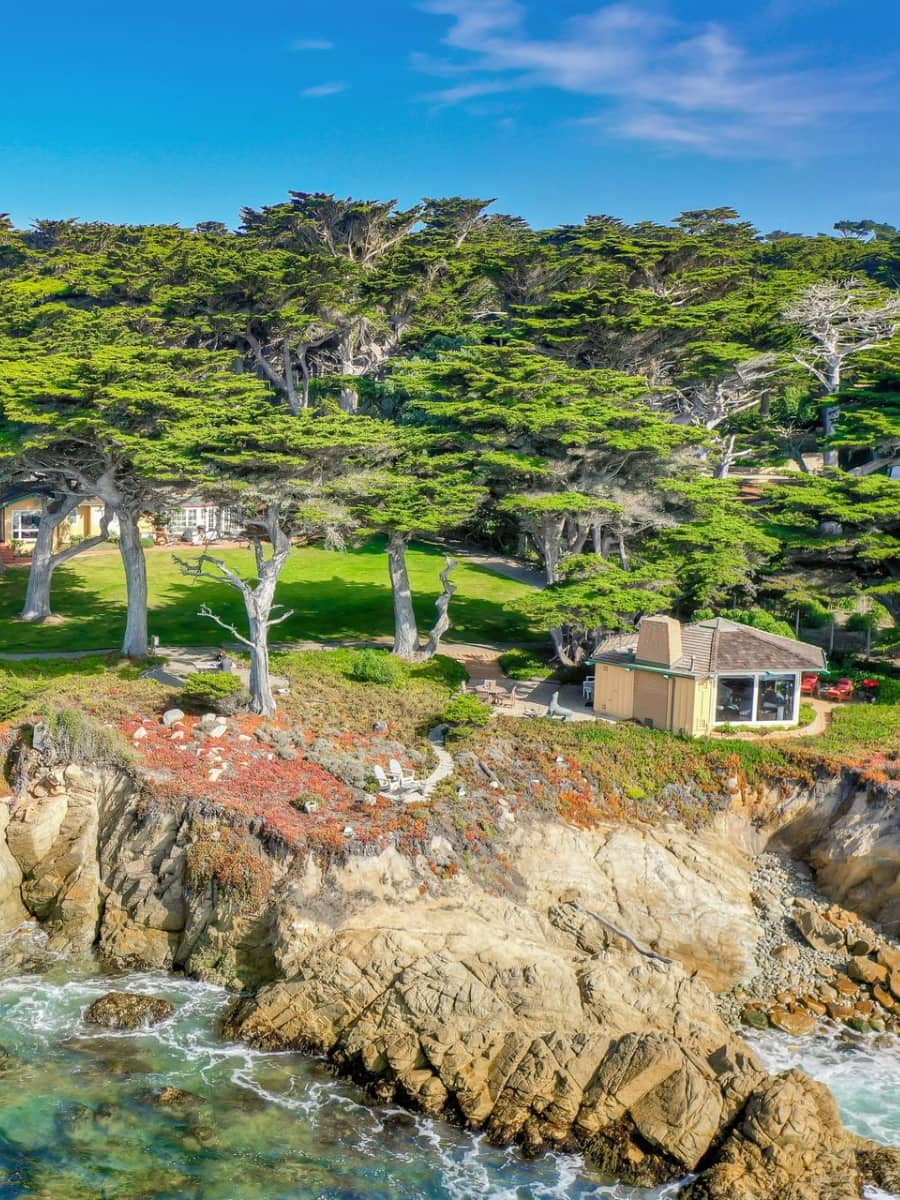
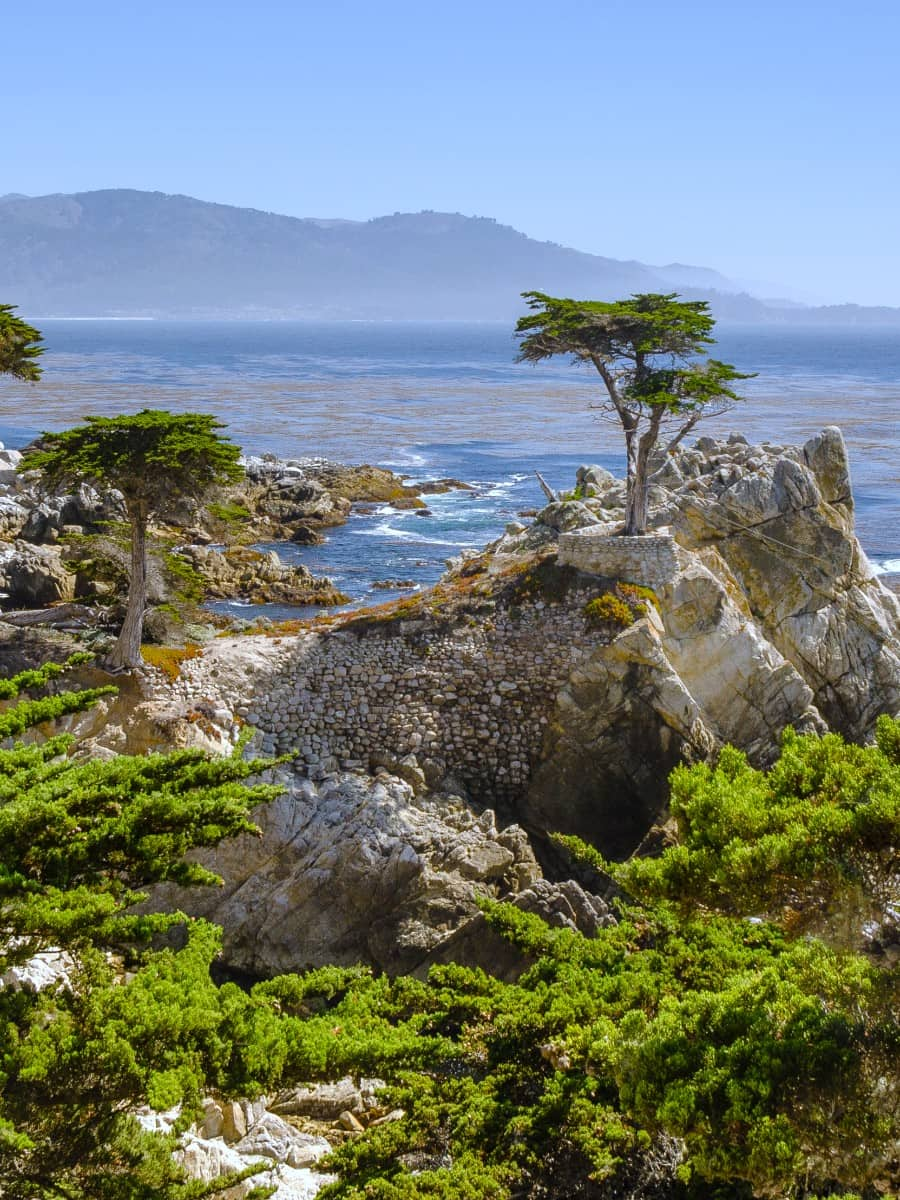
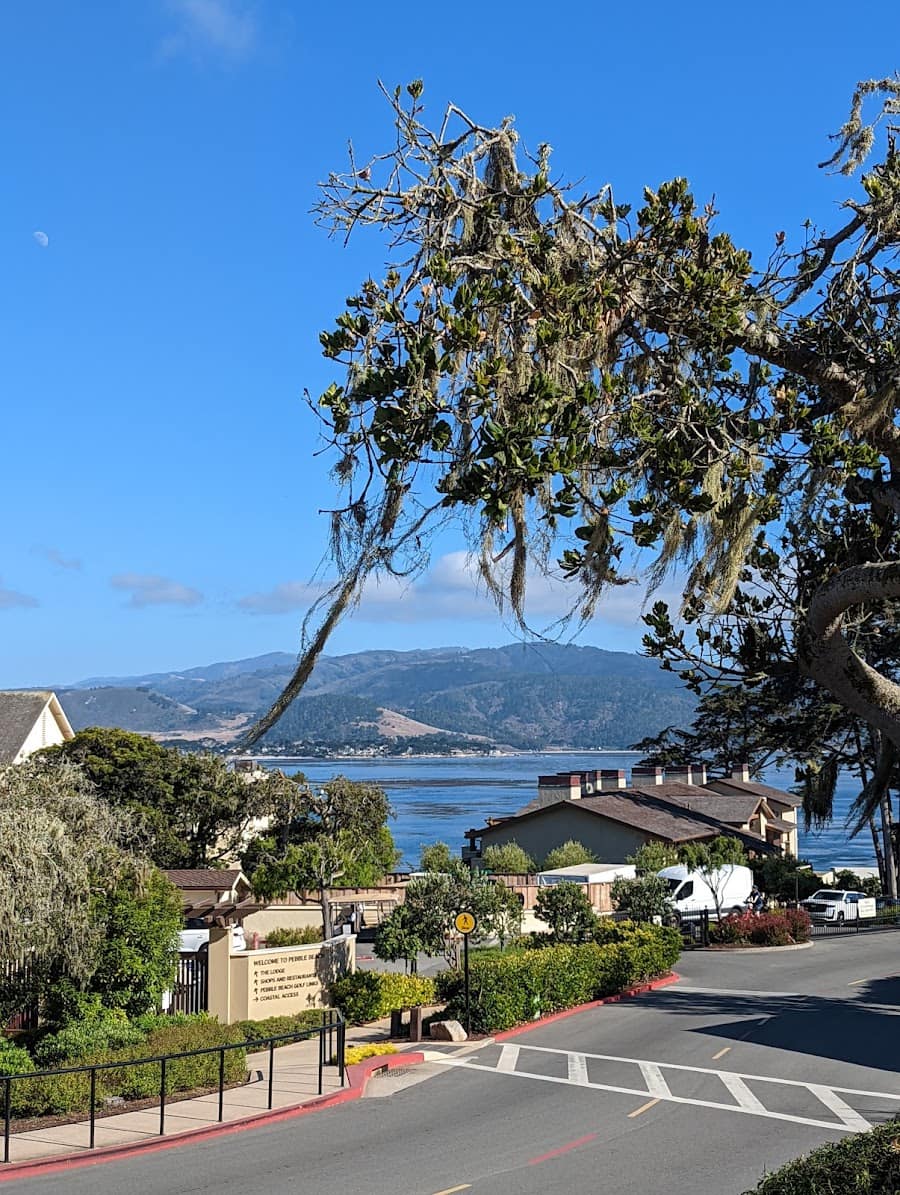
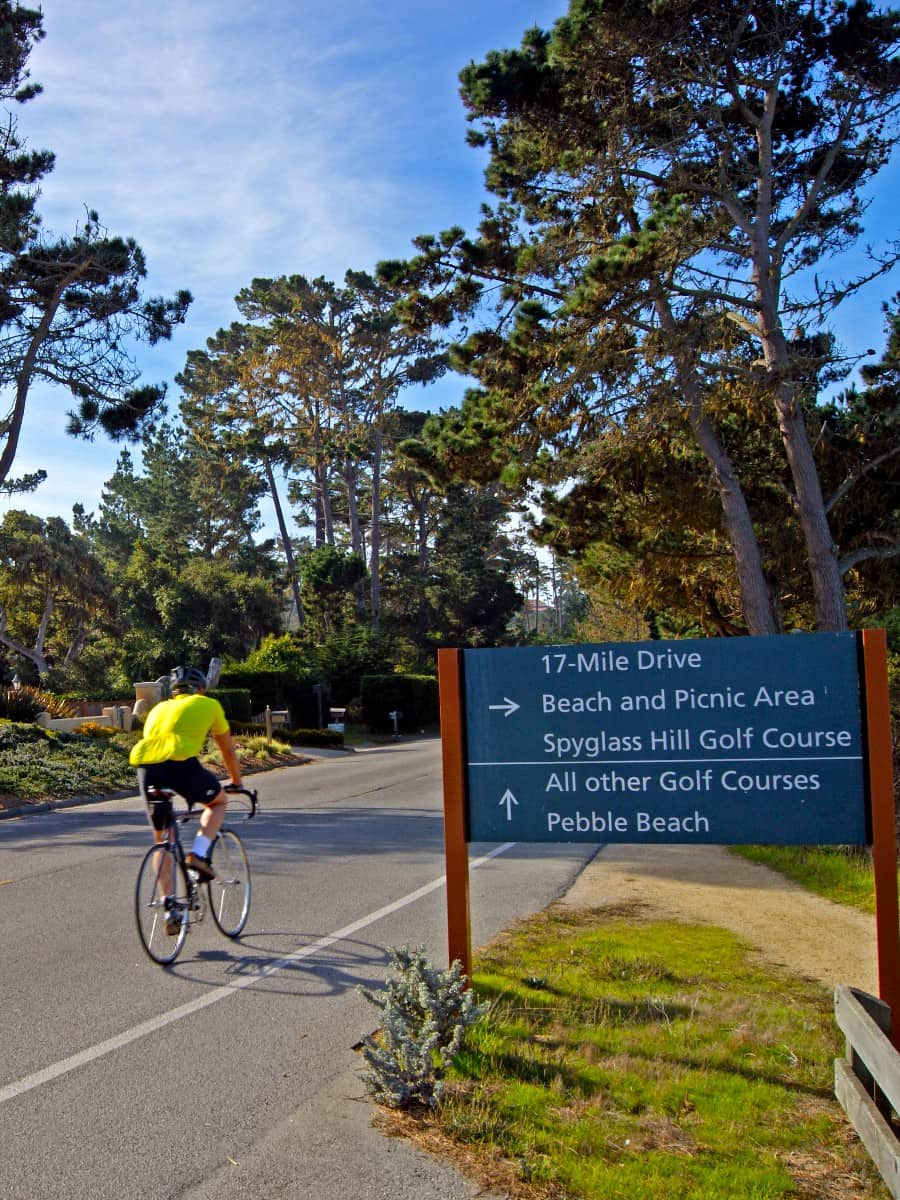
Golf, Nature, and Wildlife. Golf fans will be thrilled by the world-class courses along the route, including Pebble Beach Golf Links and Spyglass Hill. Even if you don’t play, the views of the fairways and ocean are worth a stop. For nature lovers, Del Monte Forest is a highlight—a lush area where you might spot grazing deer. Fanshell Overlook is a great place in spring to see harbor seals and their pups. The drive is also dotted with luxurious homes and historic sites, adding to the region’s unique atmosphere.
History and Origins. 17-Mile Drive isn’t just a scenic road—it’s a piece of California history. The route was first laid out in the late 1800s by the Pacific Improvement Company, originally as an excursion for guests of the grand Hotel Del Monte. Wealthy visitors would travel by carriage or early automobile, marveling at the area’s dramatic ocean cliffs, unique cypress trees, and luxurious estates. Over time, the route became famous for its blend of natural beauty and architectural elegance, winding through Pebble Beach and the wooded neighborhoods near Monterey.
Top Stops Along 17-Mile Drive:
- Lone Cypress
- Spanish Bay
- Bird Rock
- Point Joe
- Fanshell Overlook
- Crocker Grove
- Del Monte Forest
- Pebble Beach Golf Links
- Stillwater Cove
- Ghost
Insider Tip: The only public restroom is at Bird Rock, so plan your stops accordingly.
⭐ Best Activities
- 17-Mile Drive Guided E-bike Tour Pebble Beach From Monterey – Explore the scenic 17-Mile Drive on an electric bike, taking in stunning coastal views and famous landmarks including Pebble Beach Golf Course and Seal Point.
5. Point Lobos State Natural Reserve
Protected Nature and History. Point Lobos State Natural Reserve is a true gem on the Monterey Peninsula, famous for its dramatic ocean views, rare Monterey cypress trees, and rich wildlife. The reserve protects both land and marine habitats, making it a haven for seals, harbor seals, and migrating whales. If you’re interested in history, don’t miss the Whaler’s Cabin Museum—built in the 1850s by Chinese fishermen and now a small museum sharing stories of the area’s past, including its whaling history and Ohlone heritage. Inside, you’ll find a fascinating exhibit on early settlers and the natural history of the reserve. The reserve is open daily from 8am to 7pm, and entrance fees are $10 per car ($9 for seniors, about €9–€10).
Hiking and Tide Pooling. The reserve is a paradise for walkers and explorers. There are over a dozen trails, from the Cypress Grove Trail (0.8 miles through ancient cypress forest and along dramatic bluffs) to the Bird Island Trail, which leads to the famous turquoise waters of China Cove and a birdwatching overlook. Tide pooling is a must-do at Weston Beach and Moss Cove, especially at low tide in spring and summer—bring sturdy shoes and check tide charts before you go. For a longer adventure, the Point Lobos Loop Trail combines several paths for a 5-mile journey along the reserve’s wildest stretches.
Trails and Scenic Spots. There are more than a dozen hiking trails, each offering something unique. My favorite is the Bird Island Trail, which leads to China Cove—a turquoise bay with emerald waters, sea caves, and sunbathing seals. The Cypress Grove Trail is a short loop through rare cypress forest and dramatic cliffs, while the blufftop trails are perfect for spotting barking marine mammals. Most trails are under a mile and family-friendly, but the Point Lobos Loop Trail combines several paths for a longer 5-mile adventure.
Wildlife and Birdwatching. Point Lobos is a paradise for animal lovers. You might spot harbor seals, gray whales (December–April), and even the occasional orca from the shore. On land, keep an eye out for deer, foxes, rabbits, and bobcats. Birdwatchers will be thrilled by the variety—look for pelicans, cormorants, hawks, and hummingbirds. Bring binoculars or borrow some from the docents at the information station for a closer look at the action.
| Ticket Type | Price (USD) | Price (EUR) |
|---|---|---|
| Regular Vehicle | $10 | €9 |
| Senior Vehicle | $9 | €8 |
| Disabled Discount | $5 | €4.50 |
Insider Tip: Binoculars can be borrowed from docents at the information station, and free guided nature walks are often available.
⭐ Best Activities
- Guided 2-Hour Point Lobos Nature Walk – Discover the natural beauty of Point Lobos State Natural Reserve on this guided walking tour through one of California’s most pristine coastal areas.
6. Monterey State Historic Park
Living History and Architecture. Monterey State Historic Park is a collection of beautifully restored adobe and brick buildings scattered throughout the old town district. As I wandered the cobblestone lanes, I felt transported to another era—Spanish, Mexican, and early American influences are everywhere. The Custom House, California’s oldest government building, stands proudly on Custom House Plaza, where the American flag was first raised in 1846. Other highlights include the Larkin House, with its blend of Spanish and New England styles, and the First Brick House, a symbol of changing building traditions in 19th-century Monterey.
Museums and Guided Tours. Many of the historic buildings are open to visitors, but access is often by guided tour only. Tours are led by knowledgeable park rangers and cost $5 for adults, while children 12 and under are free. Tours depart from the Custom House or Pacific House Museum and last about an hour. The Pacific House Museum itself is a must-see, filled with artifacts and displays about Monterey’s diverse past.
Gardens, Sidewalks, and Special Features. The park isn’t just about buildings—it’s also about the atmosphere. I loved the lush gardens at Casa Soberanes and the peaceful courtyards hidden behind adobe walls. One of the quirkiest features is the whalebone sidewalk, made from whale vertebrae and one of the last of its kind in the country. The park also includes California’s First Theater, built in 1845, and the Old Whaling Station, with its beautiful rose garden.
Layers of History. Monterey State Historic Park is the heart of the city’s old town, a patchwork of 17 preserved buildings that tell the story of California’s journey from a remote Spanish outpost to Mexican territory and finally to U.S. statehood. As I wandered the cobblestone lanes, I was struck by the adobe walls, red-tiled roofs, and the sense of centuries-old stories lingering in the air. These buildings were the backdrop for California’s first constitutional convention and the raising of the American flag in 1846 at the Custom House.
| Ticket Type | Price (USD) | Price (EUR) |
|---|---|---|
| Adult (tour) | $5 | €4.50 |
| Child (12 and under) | Free | Free |
Insider Tip: Free guided tours run Thursday to Sunday at 11 a.m., 1 p.m., and 3 p.m., and are a fantastic way to dive deeper into the stories behind each building.
⭐ Best Activities
- Monterey State Historic Park and Fisherman's Wharf Audio Walking Tour – Take a self-guided audio tour through Monterey’s historic downtown and waterfront, learning about the city’s rich cultural heritage and maritime history.
7. Whale Watching Tours
Adventures on the Water. Wildlife boat tours in Monterey are a must for anyone who loves marine life and adventure. I boarded a Princess Monterey vessel at the historic pier, joining a group of excited travelers and a knowledgeable marine biologist. The boats are spacious, with indoor heated cabins, big windows, and plenty of seating—perfect for families or anyone who wants to stay comfortable. If you decide to stay in Monterey, you’ll find these tours are easy to fit into your itinerary and offer a unique way to see the bay. As we left the harbor, the guide shared fascinating facts about the bay’s unique underwater canyon, which attracts dolphins and a huge variety of birds year-round.
What You’ll See and When. Every trip is different, but this region is famous for its seasonal migrations. From April to November, you’re most likely to spot humpback and blue giants; from December to April, gray giants pass through. Orcas sometimes make dramatic appearances, and dolphins, porpoises, and mola mola (sunfish) are common sights. The crew helps everyone spot wildlife and gives tips for getting the best photos. I was lucky enough to see humpbacks breaching and a pod of dolphins racing alongside the boat—an unforgettable moment.

Tour Options and What to Expect. These wildlife tours are some of the best in California, thanks to the deep underwater canyon just offshore that attracts a huge variety of marine life year-round. Tours typically last 3–4 hours in summer and fall, and 2.5–3 hours in winter or on afternoon departures. Most boats leave from the historic pier in downtown Monterey. Onboard, you’ll be joined by a marine biologist or naturalist who shares fascinating facts about the dolphins, porpoises, and other marine animals you might spot, as well as the unique ecosystem of the protected bay. Tour prices generally start at $70 per person, with some premium or VIP options costing more.
Seasonal Highlights and Marine Life. The best time for humpback and blue giants is April through November, while gray giants migrate past Monterey from December to April. Orcas and dolphins are seen throughout the year, and lucky guests might also spot mola mola (sunfish), porpoises, and a variety of seabirds. Each trip is different—sometimes you’ll see humpbacks breaching or feeding close to the boat, and other days you might follow a pod of dolphins racing alongside. The tours explore the protected waters of the bay, which is home to one of the richest marine ecosystems in North America.
| Company | Adult (USD) | Child (USD) | Adult (EUR) | Child (EUR) | Duration |
|---|---|---|---|---|---|
| Princess Monterey | $45–$65 | $35–$55 | €41–€59 | €32–€50 | 3–4 hours |
| Chris’ Tours | $60 | $40 | €55 | €37 | 3 hours |
| Discovery Tours | $60–$75 | $40–$55 | €55–€69 | €37–€50 | 3–4 hours |
| Sea Goddess Tours | $60–$75 | $40–$55 | €55–€69 | €37–€50 | 3–4 hours |
Common Mistakes: Many people forget to take anti-nausea medicine if they’re prone to seasickness—the bay can be bumpy, even on calm days. Don’t rely on your phone for photos; bring a camera with a zoom lens for the best wildlife shots. I’ve seen families miss out on the narration by staying inside—bundle up and spend time outside for the full experience.
⭐ Best Activities
- Monterey 4-hour Whale Watching Experience – Embark on an extended whale watching journey in Monterey Bay, offering more time to observe marine wildlife and enjoy the spectacular coastal scenery.
Entertainment for Families and Children
1. Dennis the Menace Playground
Playground Adventures. The legendary children’s play area in El Estero Park is a favorite for families visiting Monterey. Since 1956, this spot has delighted kids with its creative design and huge variety of play structures. One of the best things about this playground is how it keeps children entertained for hours—I remember the first time I visited, the double windy slides, suspension bridge, and red roller slide kept my kids busy and laughing nonstop. There’s a hedge maze with a lookout tower, a nine-foot climbing wall, crawl-through tunnels, and a stairway bridge. The playground is surrounded by shady cypress trees and sits beside a picturesque lake, making it a beautiful place for a family day out.
Unique Features and Attractions. What makes this playground stand out is its variety of play structures and activities. There’s a hedge maze with a lookout tower, double windy slides, a famous red roller slide, a suspension bridge, and a nine-foot climbing wall. Kids love crawling through tunnels, zipping down slides, and running across bridges. The playground also features a bronze Dennis the Menace statue, a favorite photo spot, and the original lion drinking fountain at kid level. The vintage steam engine, a local landmark since 1956, is currently fenced off for safety but still adds to the park’s character.
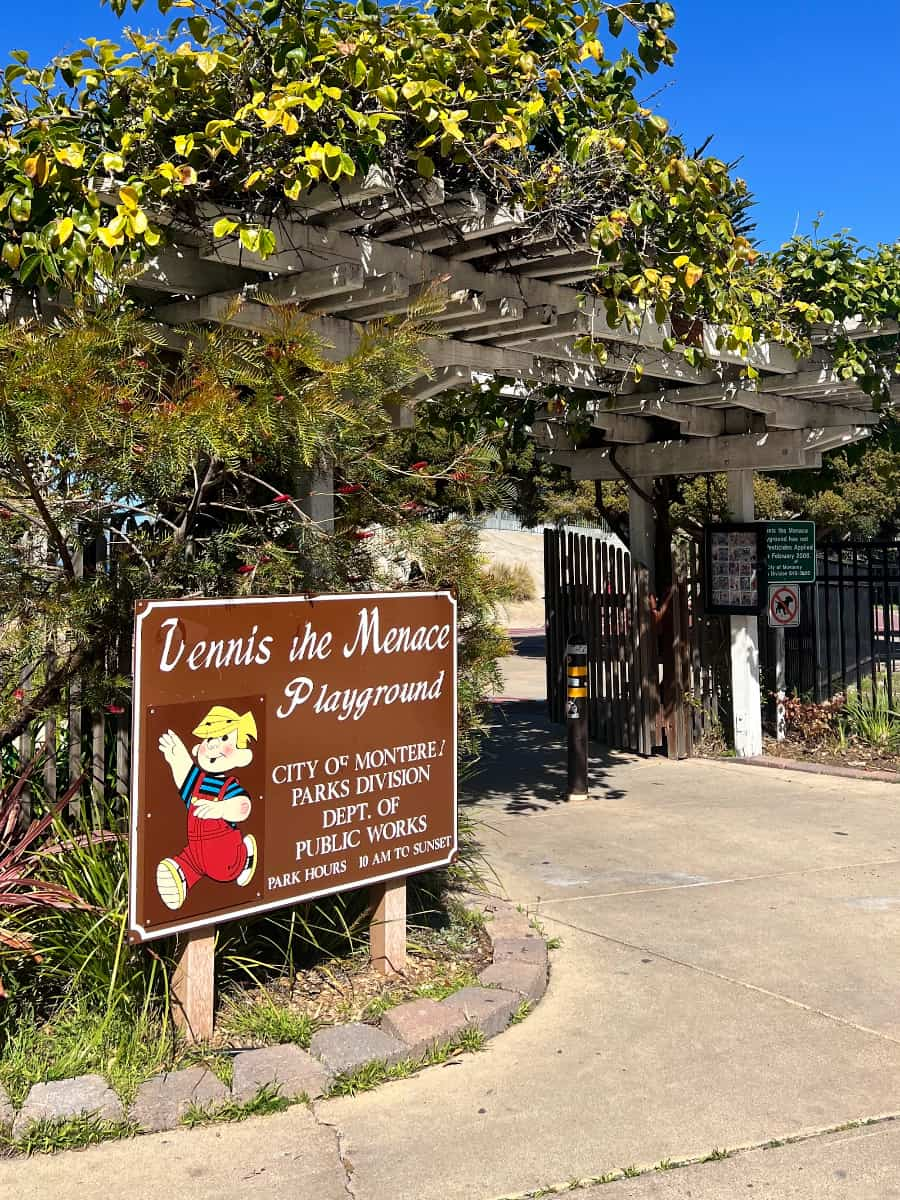
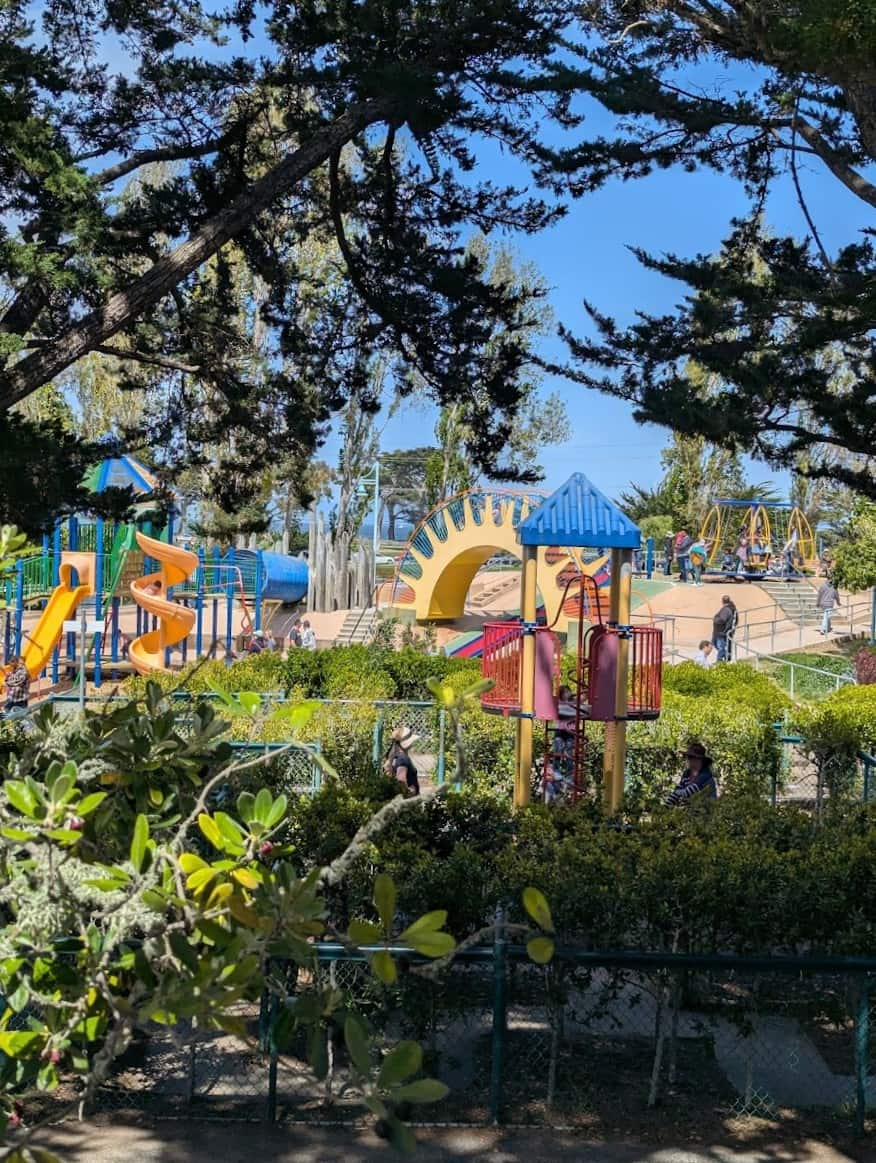
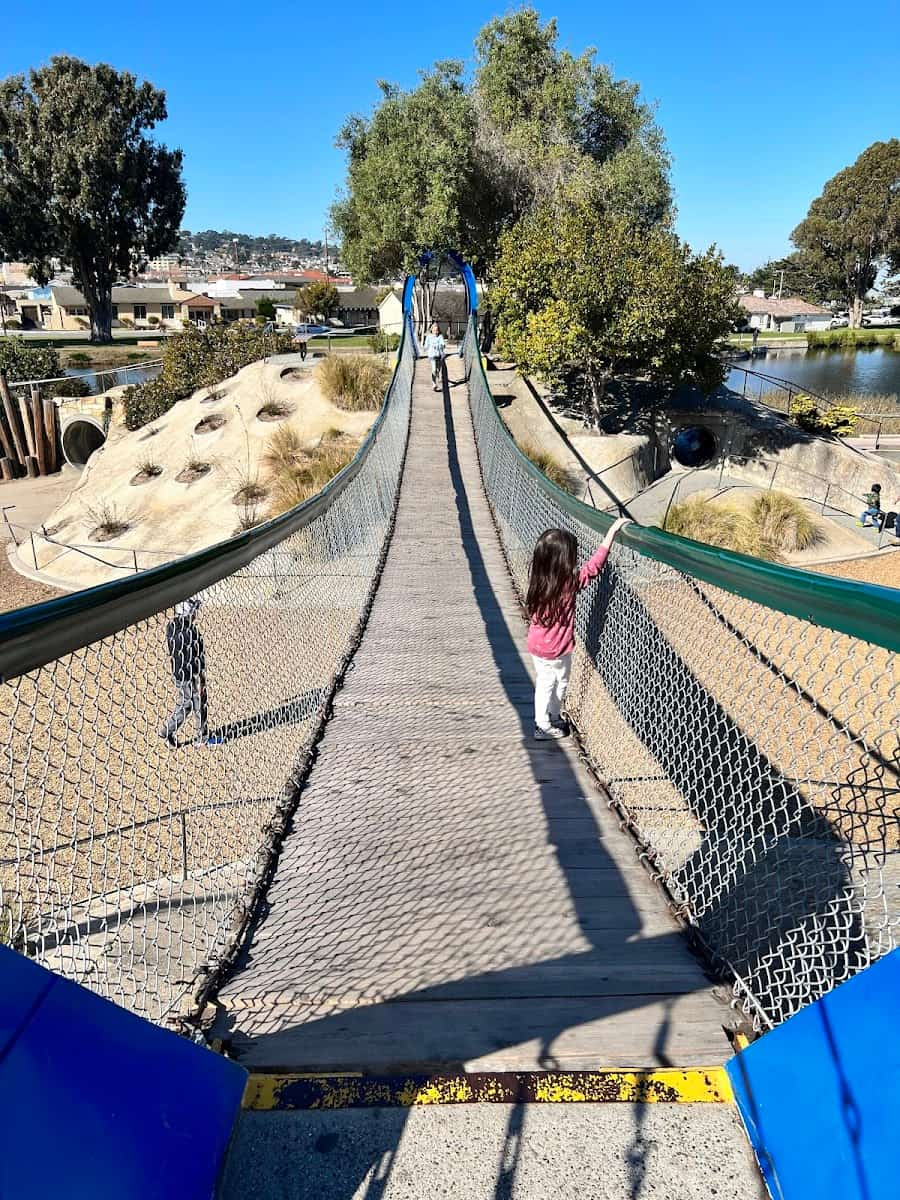
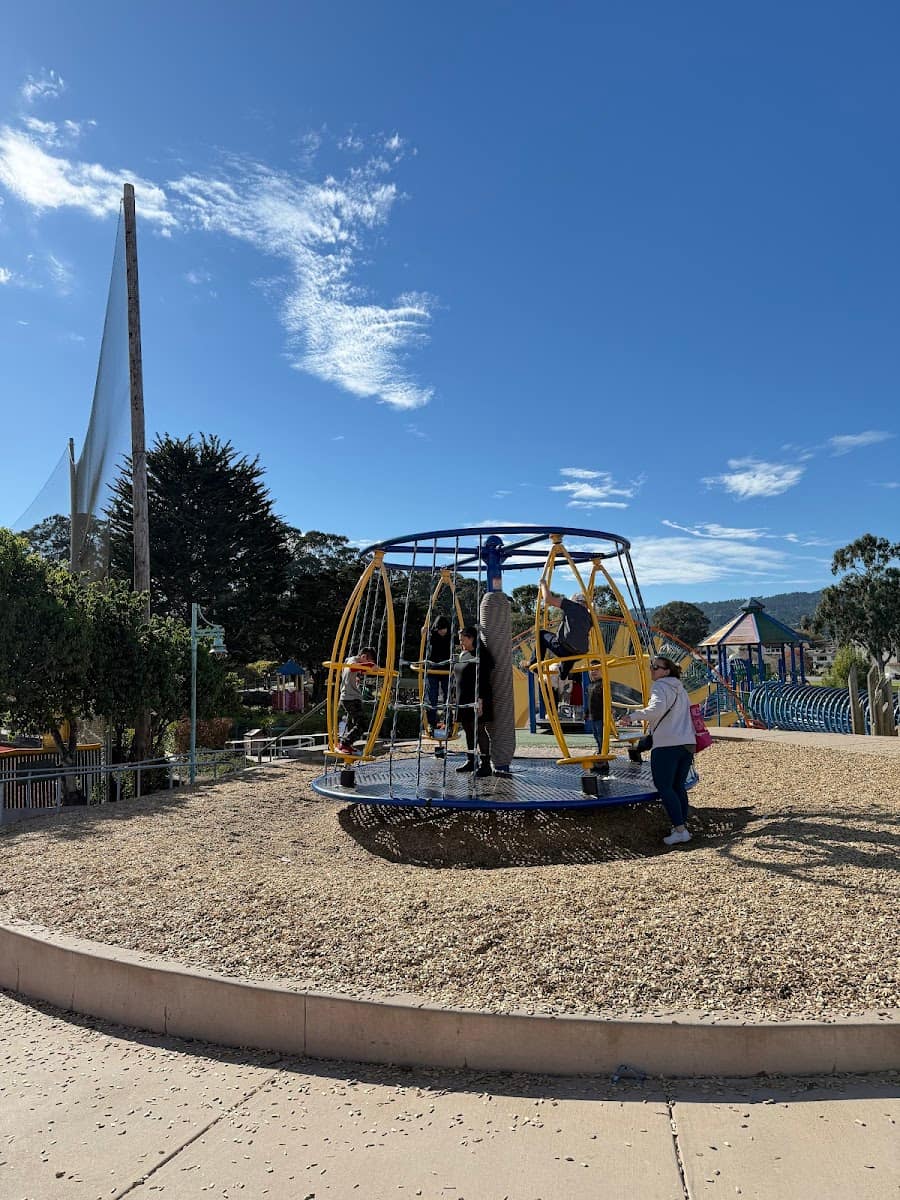
Family-Friendly Facilities and Setting. The playground is free to enter and open from 10 a.m. to dusk, daily in summer and closed on non-holiday Tuesdays in winter. There are restrooms, picnic tables, benches, and a toddler area with boat-themed slides for younger children. The surrounding El Estero Park Complex offers even more: a skate park, ballfield, paddle boat rentals, and wide grassy lawns for picnics or sports. The lake and garden paths make this a peaceful spot for parents to relax while kids play.
Facilities and Practical Details. I’ll find everything you need for a comfortable visit: restrooms, drinking fountains, picnic tables, and plenty of benches for parents to relax. The playground is free to enter and open daily from morning until sunset (closed Tuesdays in winter). There’s a toddler area with boat-themed slides, perfect for younger children, and a separate skate park and ballfield nearby for older kids and teens. The famous steam engine, a favorite since the park opened, is currently fenced off for safety, but it’s still a fun photo spot.
Top Things to Do at Dennis the Menace Playground:
- Race down the double windy slides and red roller slide
- Climb the nine-foot wall or suspension bridge
- Explore the hedge maze and lookout tower
- Snap a photo with the Dennis the Menace statue
- Let toddlers play in the boat-themed area
⭐ Best Activities
- Epic Monterey Scavenger Hunt: Jewels of Monterey – Participate in an interactive scavenger hunt that takes you through Monterey’s most iconic locations while solving clues and completing fun challenges.
2. MY Museum (Monterey Youth Museum)
Creative Play and Learning. MY Museum (Monterey County Youth Museum) is a colorful, interactive space designed for children ages 10 and under. Located at 425 Washington Street, right in the heart of downtown Monterey, this museum is all about hands-on fun. I watched my kids run from the mini ambulance and hospital play area to the treehouse slide and the “My Town Hall” section, where they could pretend to be mayor or firefighter for a day. The museum’s goal is to spark curiosity and creativity—every corner is packed with activities that encourage role play, teamwork, and problem-solving.
Community Roots and Mission. MY Museum, or Monterey County Youth Museum, started as a Junior League project in 1997 and has grown into a vibrant nonprofit dedicated to sparking curiosity and creativity in children and adults alike. Located at 425 Washington Street in downtown Monterey, the museum offers a playful environment where kids can learn through hands-on activities. The museum’s mission is to provide a space where lifelong learning begins early, blending education with fun in a way that engages young minds and encourages exploration.
Interactive Galleries and Play Areas. The museum spans over 8,500 square feet and features nine themed galleries that reflect the unique industries and culture of Monterey County. Kids can explore a mini hospital, a farmers’ market, a fire station, and a theater with costumes, all designed to inspire imaginative play. The “ImagiTree” climbing structure is a favorite, as is the creation station where children can make art to take home. There’s also a dedicated toddler area for the youngest visitors, ensuring age-appropriate fun for families with kids of all ages.
Programs, Events, and Accessibility. MY Museum hosts regular story times, live music sessions, and special workshops that add variety to each visit. The staff is friendly and attentive, creating a safe and welcoming atmosphere. Parking is mostly street parking with time limits, so plan accordingly. The museum is busiest on weekends and rainy days, so visiting on weekday mornings can offer a quieter experience. Membership options are available for families who want unlimited visits and discounts on programs and parties.
| Admission Type | Price (USD) | Price (EUR) |
|---|---|---|
| Adult | $10 | €9 |
| Child | $10 | €9 |
| Under 24 months | Free | Free |
3. Lake El Estero Park Complex
Adventures on the Water. Lake El Estero Park Complex is a favorite for families and anyone looking for outdoor fun in Monterey. The centerpiece is the sparkling lake, where you can rent paddle boats shaped like swans or ducks. I tried the classic paddle boat with my family—life jackets are included, and the friendly staff made sure everyone was safe. Boat rentals are $27 for a half hour or $35 for a full hour (about €25–€32), with a four-person maximum per boat. The views from the water are lovely, with ducks gliding by and shady cypress trees all around.
Parks, Paths, and Play. The park is much more than just the lake. There are shaded areas with BBQ grills, a skatepark, and a multi-use field for soccer or baseball. I saw families enjoying birthday parties under the trees and kids practicing tricks at the skatepark. The 1.2-mile exercise path circles the lake, dotted with 18 fitness stations—perfect for a walk, jog, or a bit of a workout. Birdwatchers will love the variety of species here, from ducks and geese to herons and songbirds.
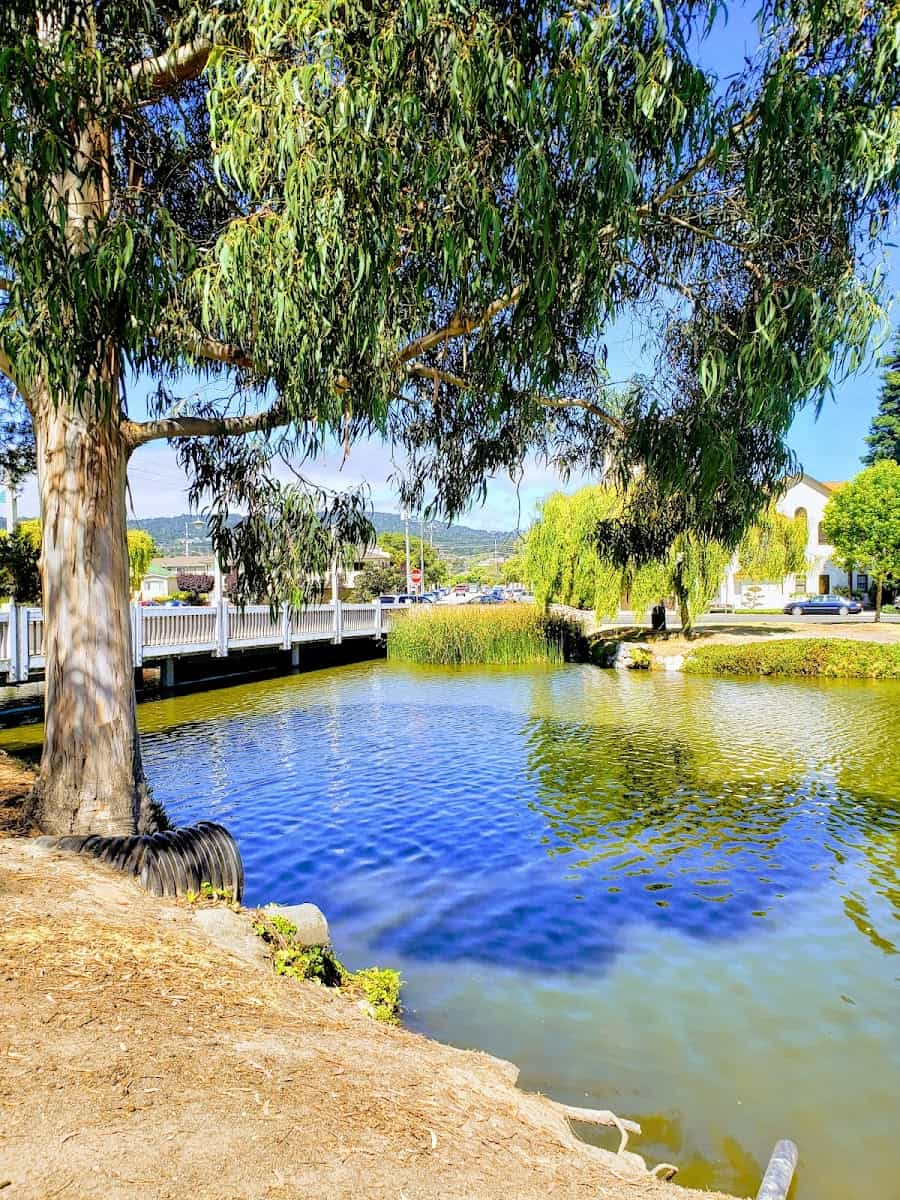
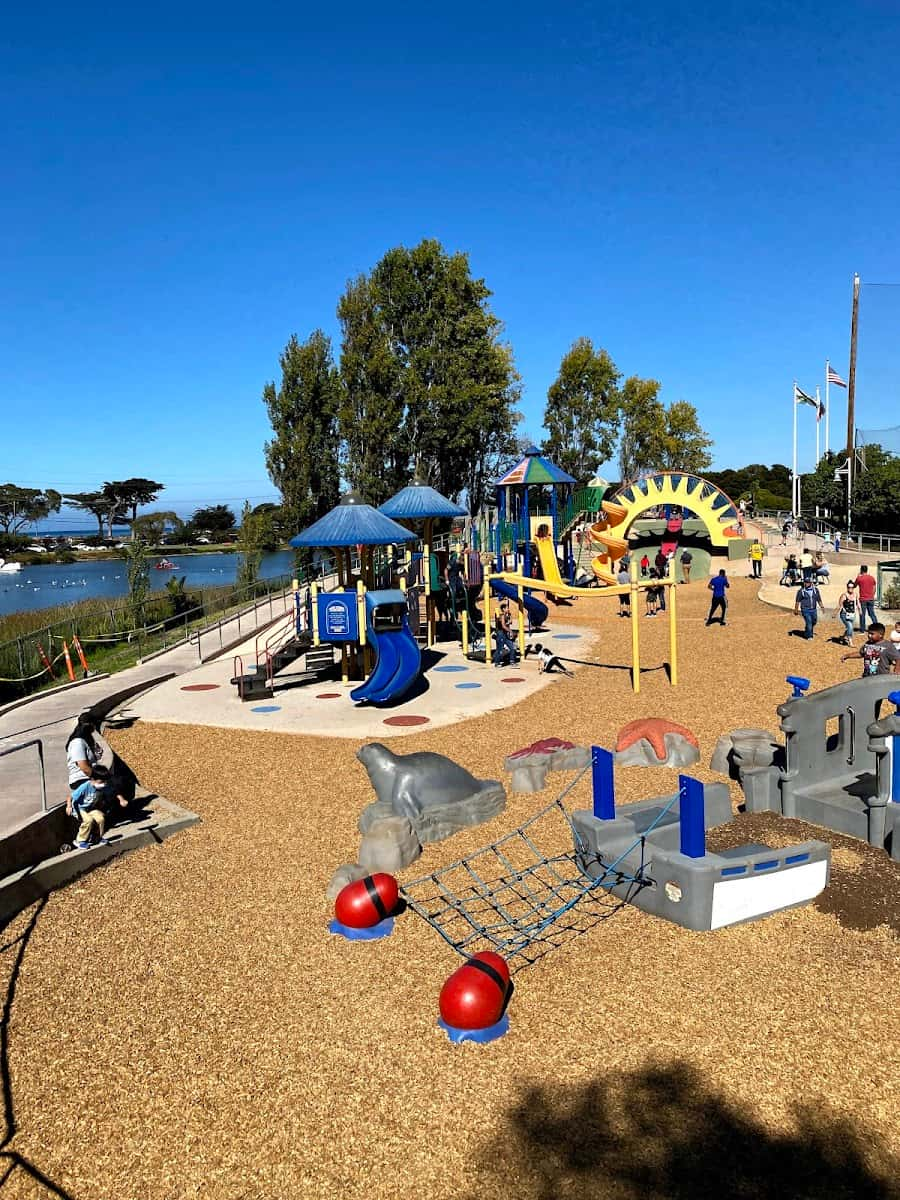
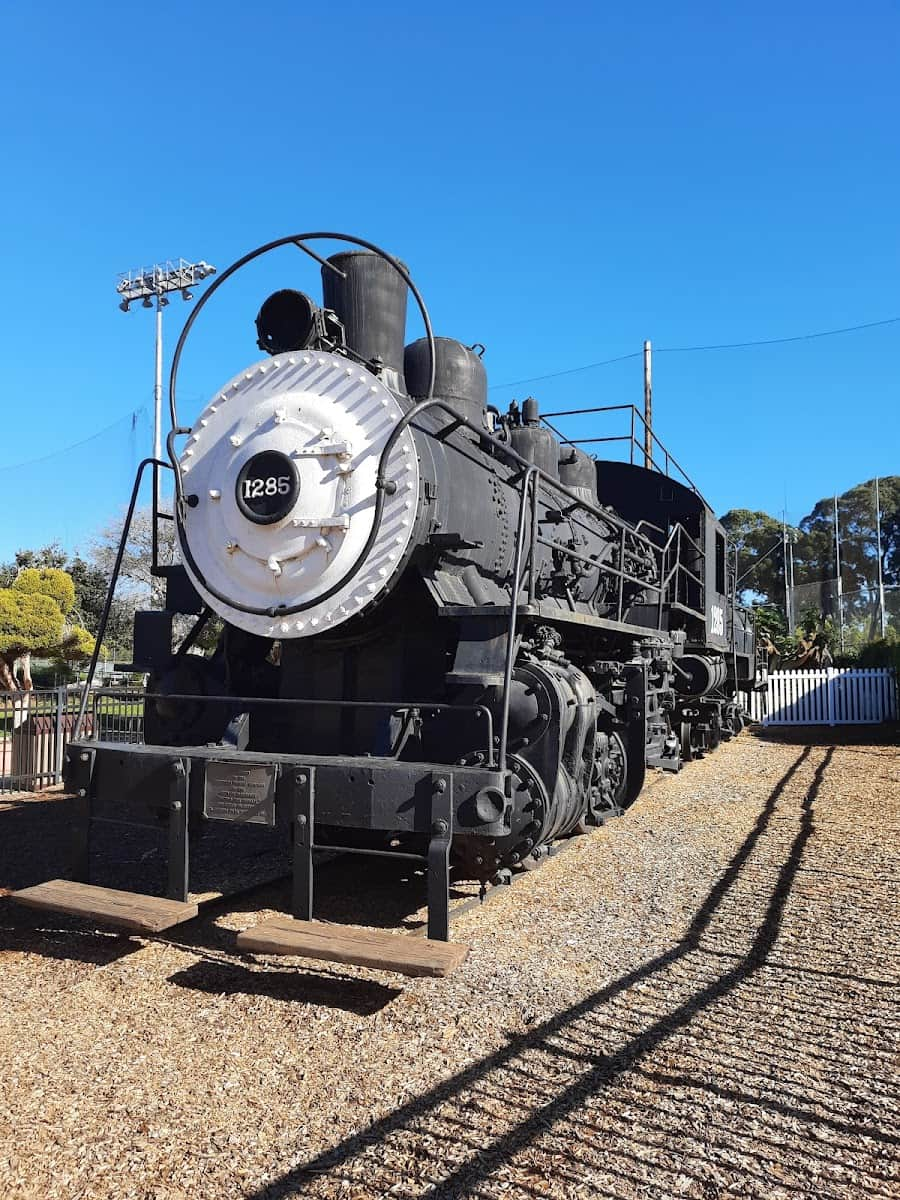
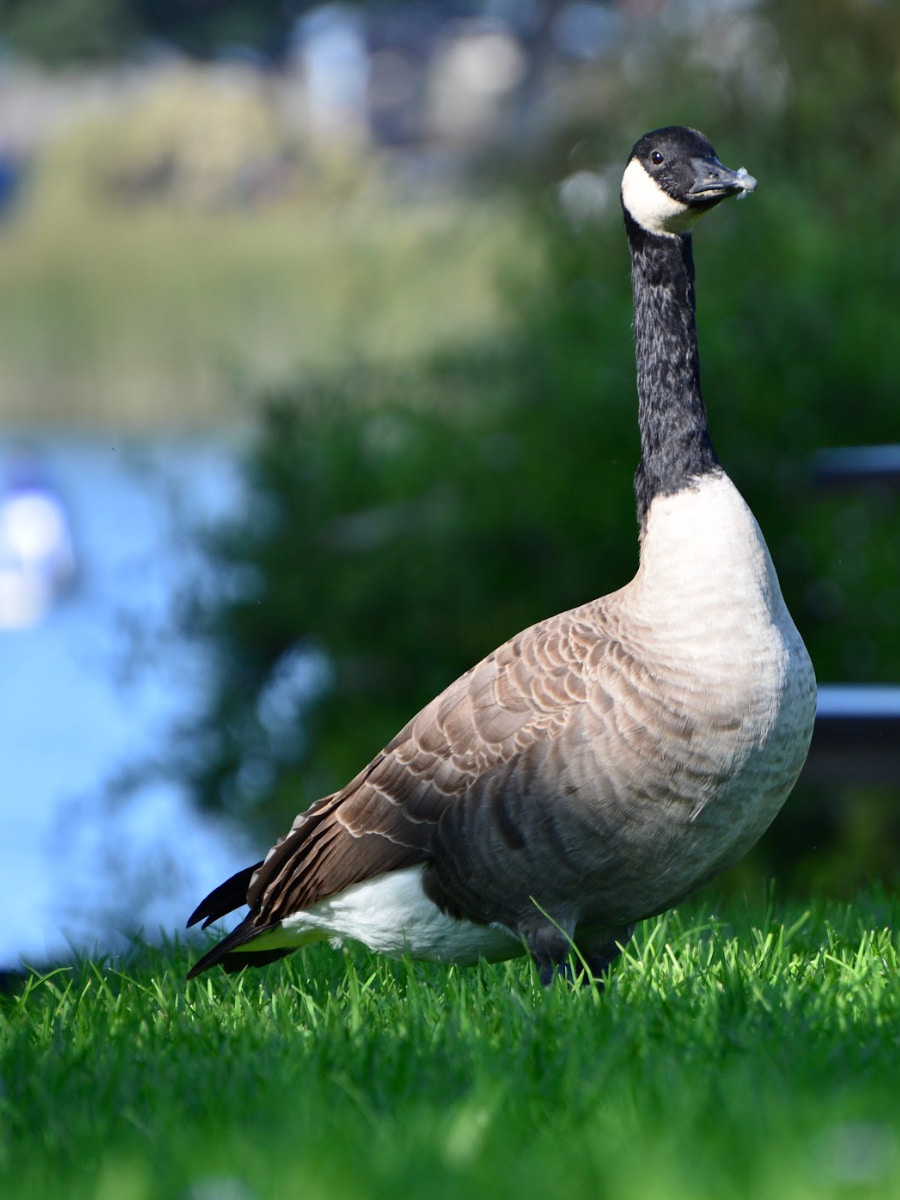
Fishing, Nature, and Relaxation. Fishing is popular at the piers along Pearl Street. The lake is stocked several times a year, and you might catch bass, trout, catfish, or bluegill. Anyone 16 or older needs a fishing license, which you can get from the California Department of Fish and Wildlife. The park is also a peaceful retreat for reading, painting, or simply enjoying the scenery. I like to bring a book and sit by the water, watching the local wildlife and the paddle boats go by.
Boating and Rentals. The lake is famous for its paddle boat rentals, which come in fun shapes like swans, ducks, and dragons. Boats can fit up to five people, with life jackets provided at no extra charge. Rentals are available daily (weather permitting), with prices around $25–$45 for a half hour, depending on the boat style. No reservations are needed—just show up and pick your favorite.
Top Things to Do at Lake El Estero Park Complex:
- Rent a paddle boat (classic, swan, or duck)
- Walk or jog the 1.2-mile exercise path with fitness stations
- Go fishing from the piers (license required for ages 16+)
- Let kids play at the skatepark or on the grassy fields
- Enjoy a peaceful afternoon reading or relaxing by the lake
Free Entertainment
1. Self-Guided Historic Walking Tours
Adventures in Old Monterey. Self-guided historic walking tours are one of my favorite ways to explore Monterey’s rich past. The city is packed with stories—from Spanish explorers and Mexican-era adobes to American pioneers and literary legends. I grabbed a free brochure and map at the Custom House or Pacific House Museum, then followed the famous yellow sidewalk tiles that mark the “Path of History.” This two-mile loop winds through Old Town, past gardens, adobe homes, and some of California’s oldest government buildings. The walk is easy to follow and lets you explore at your own pace, with plenty of benches and shady spots to rest along the way.
Highlights and Hidden Corners. Some of the most memorable stops include the Custom House (California’s oldest government building), Colton Hall (where the state’s first constitution was drafted), and the Royal Presidio Chapel (built in 1794). I loved wandering through Casa Soberanes with its blue door and lush garden, and seeing the quirky whalebone sidewalk—a rare relic from Monterey’s whaling days. The Old Town Historic Homes Walk adds another layer, leading you past beautifully preserved private residences and giving you a glimpse into everyday life from centuries ago.
How to Explore and What to Expect. You can pick up a free map or brochure at the Pacific House Museum or download one online. The yellow-tiled “Path of History” is about two miles long and easy to follow, with benches and shady spots along the way. I recommend starting at Custom House Plaza, then following the tiles to Larkin House, Casa Soberanes, and the unique whalebone sidewalk. The walk is mostly flat, but some streets are steep, so wear comfortable shoes.
Unique History and Architecture. Monterey’s self-guided historic walking tours are a window into the city’s fascinating past. The “Path of History” is a well-marked loop that takes you through the birthplace of California’s statehood. As I wandered the route, I passed adobe homes, Victorian buildings, and the Custom House—the oldest government building in California. The tour also includes Colton Hall, where California’s first constitution was drafted, and the Royal Presidio Chapel, the oldest stone church in the state. Each site is marked with signs and plaques, making it easy to learn as you go.
| Tour Option | Price (USD) | Price (EUR) | Duration |
|---|---|---|---|
| Path of History (self-guided) | Free | Free | 1–2 hours |
| Old Town Historic Homes Walk | Free | Free | 2 hours |
| GPSmyCity App Guided Tour | $2–$5 | €2–€5 | Flexible |
2. Lovers’ Place Park
Relaxation, Romance, and Local Life. Lovers’ Place Park is a small but lively green space right at the edge of Monterey, known for its romantic name and relaxed atmosphere. I love coming here in the afternoon—benches and sculptures dot the lawns, and the air is filled with the sound of waves and laughter. It’s a favorite for couples, but you’ll also see families, joggers, and groups of friends. The park is especially popular for wedding photos and proposals, thanks to its beautiful views and peaceful vibe.
Activities for Everyone. This park is a true playground for all ages. You’ll find a large grassy area perfect for sunbathing, games, or simply watching the world go by. There’s a volleyball court, a small pool for children (open in summer), and plenty of space for walking dogs—just remember, leashes are required. Adventurous visitors can try kayaking, stand-up paddleboarding, or even snorkeling, with three different entry points for easy water access.
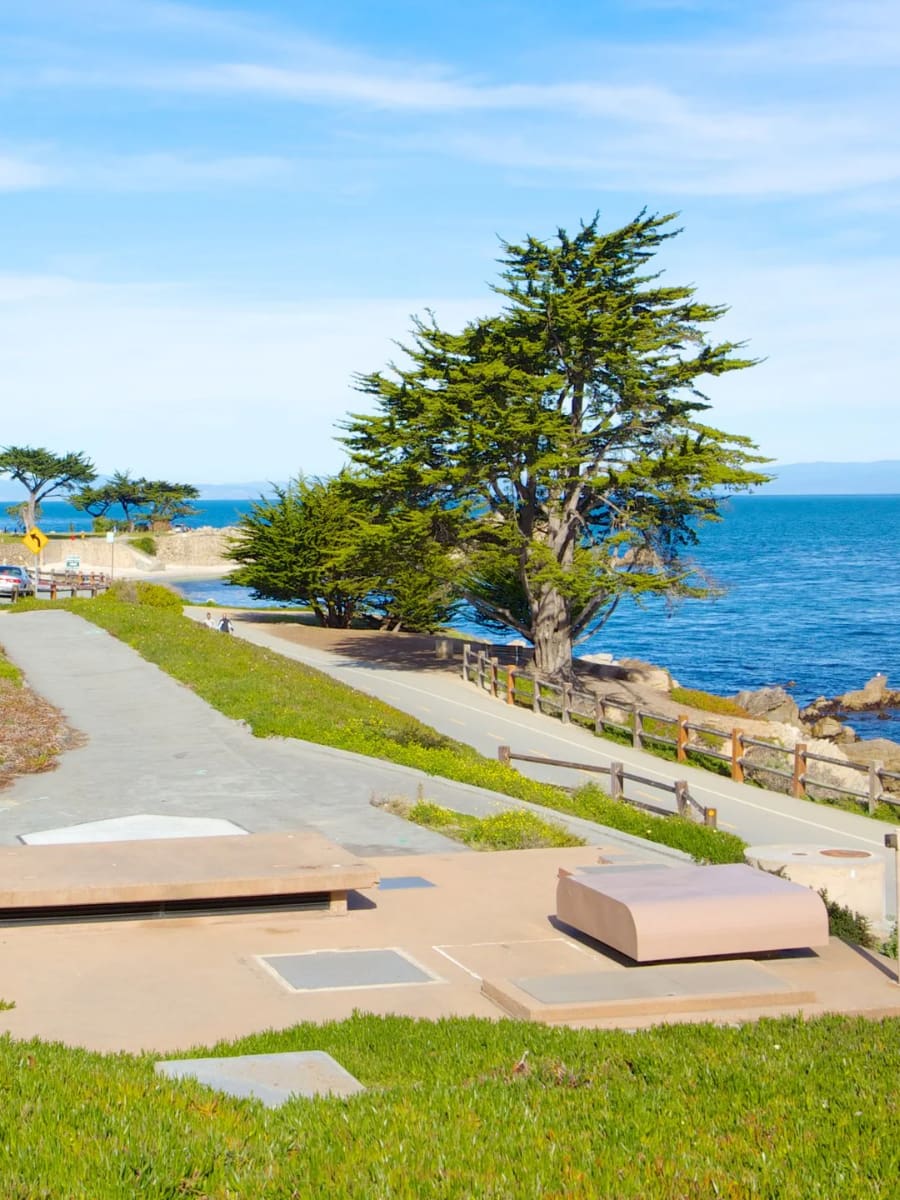
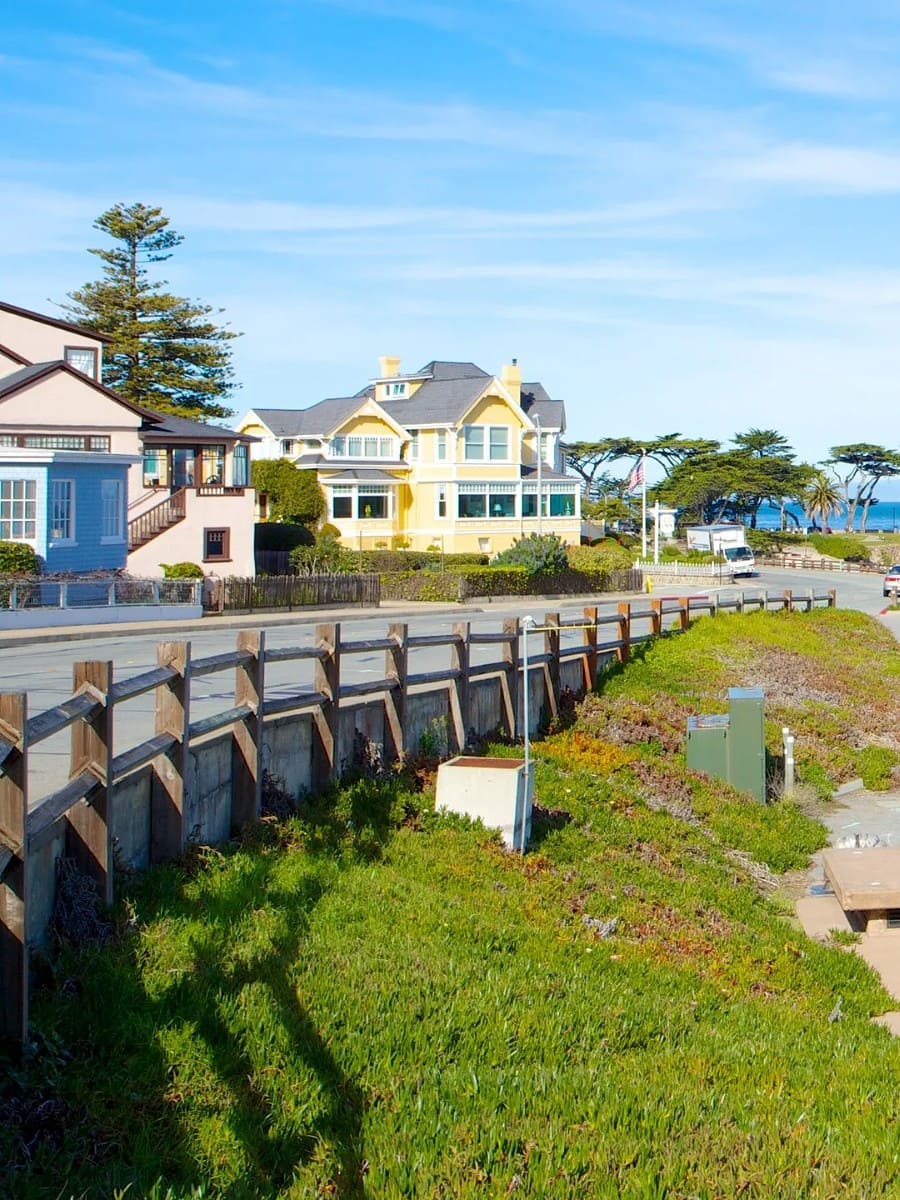
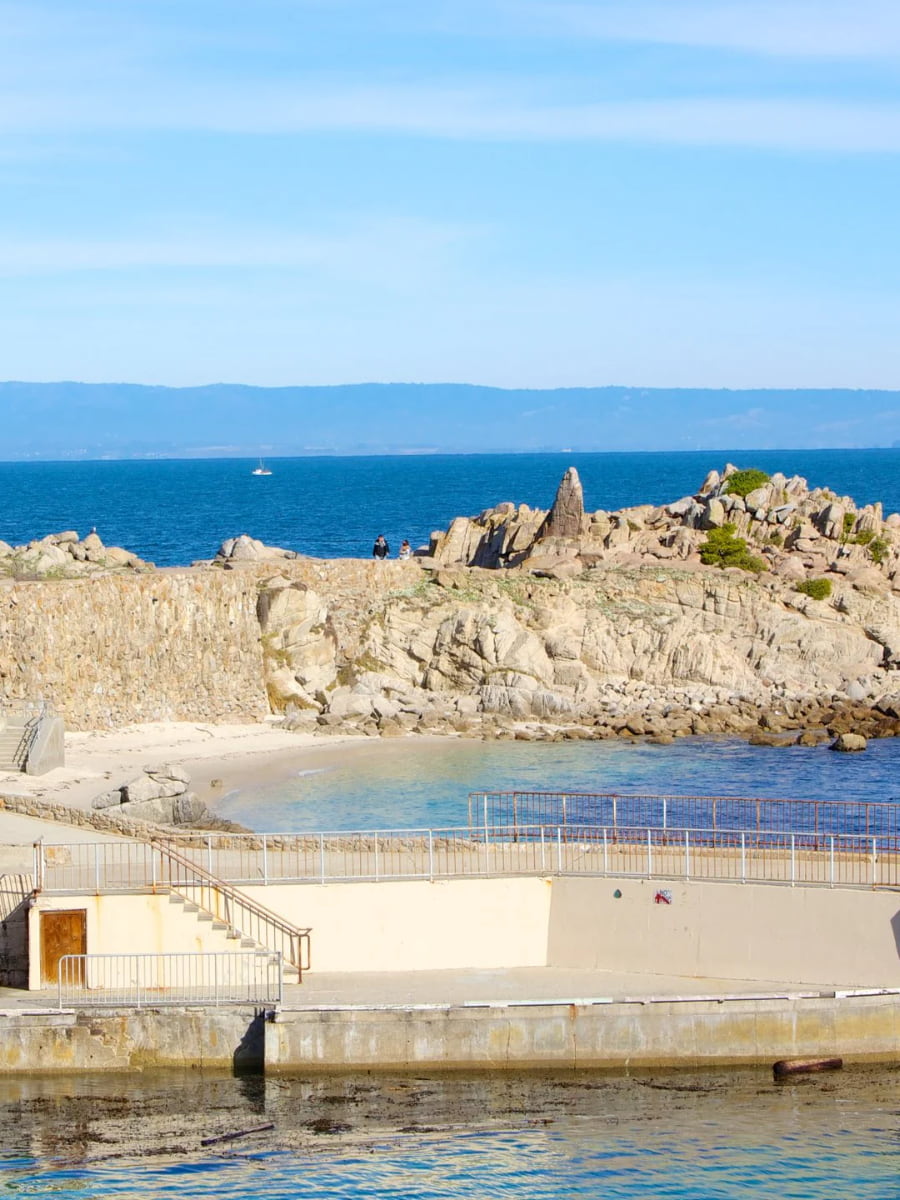
Events, Romance, and Local Color. Lovers’ Place Park is a hotspot for weddings, proposals, and community celebrations. The annual Feast of Lanterns lights up the park with lanterns and fireworks, drawing crowds from all over. The park’s name and setting make it a magnet for couples, but you’ll also see families, joggers, and groups of friends enjoying the space. The grassy lawns and rocky shorelines are perfect for relaxing, taking photos, or watching the sunset.
History and Community Roots. Lovers’ Place Park, officially known as Lovers Point Park, sits at the foot of 17th Street and is a beloved 4.4-acre green space in Monterey. Its roots go back to the late 1800s, when it was called “Lovers of Jesus Point” and was part of a Methodist seaside retreat. Over time, the area became a gathering spot for locals and visitors, hosting everything from prayer meetings to summer tent camps. Today, the park is a cherished part of the community, famous for its romantic name, lively atmosphere, and annual events like the Feast of Lanterns.
Ideas for Enjoying Lovers’ Place Park:
- Walk the cliffside path toward Perkins Park
- Try kayaking, stand-up paddleboarding, or snorkeling
- Watch for friendly squirrels and seagulls (but don’t feed them by hand)
- Play volleyball or let kids splash in the summer pool
- Take photos at sunset or during a special event
3. Monterey State Beach
Adventures and Relaxation by the Water. This stretch of sand is where I go when I want to feel the sand between my toes and hear the waves crash. Stretching from Monterey to Seaside, this long, flat shoreline is perfect for walking, jogging, or just relaxing with friends. The north access point is near Seaside, while the south end is close to downtown Monterey—so you can always find a spot that matches your mood. I love watching surfers and paragliders catch the wind, while families set up for a day of sun and sand. The sunsets here are unforgettable, painting the sky with orange and pink.
Activities for Everyone. There’s more to do here than just sunbathe. This sandy stretch is popular for swimming, fishing, kite flying, and even geocaching. The water is chilly, so I usually just dip my toes, but you’ll see brave swimmers and plenty of surfers in wetsuits. The Seaside end is a launch spot for paragliders, and the whole area is great for searching for shells and birdwatching. Volleyball nets are set up in some areas, and the flat sand makes it easy to play frisbee or soccer.
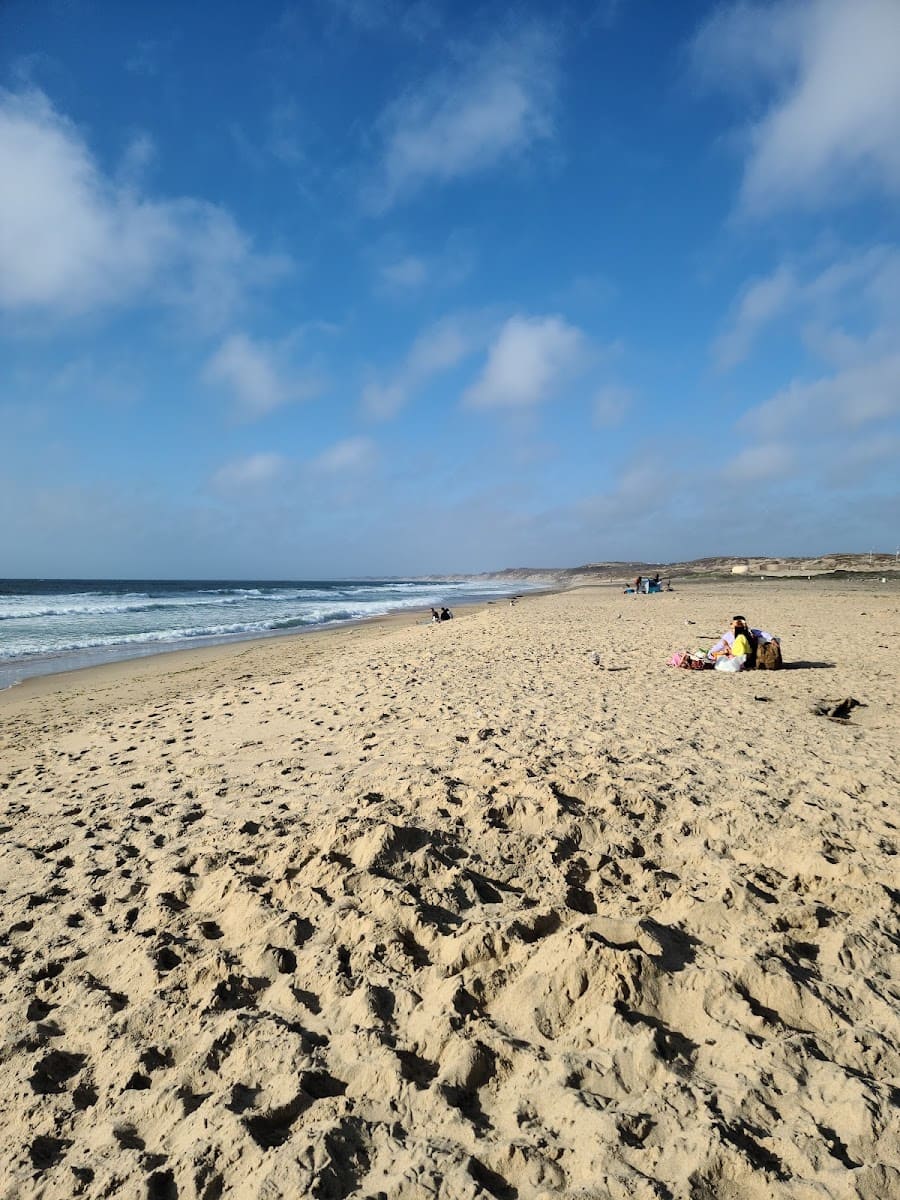
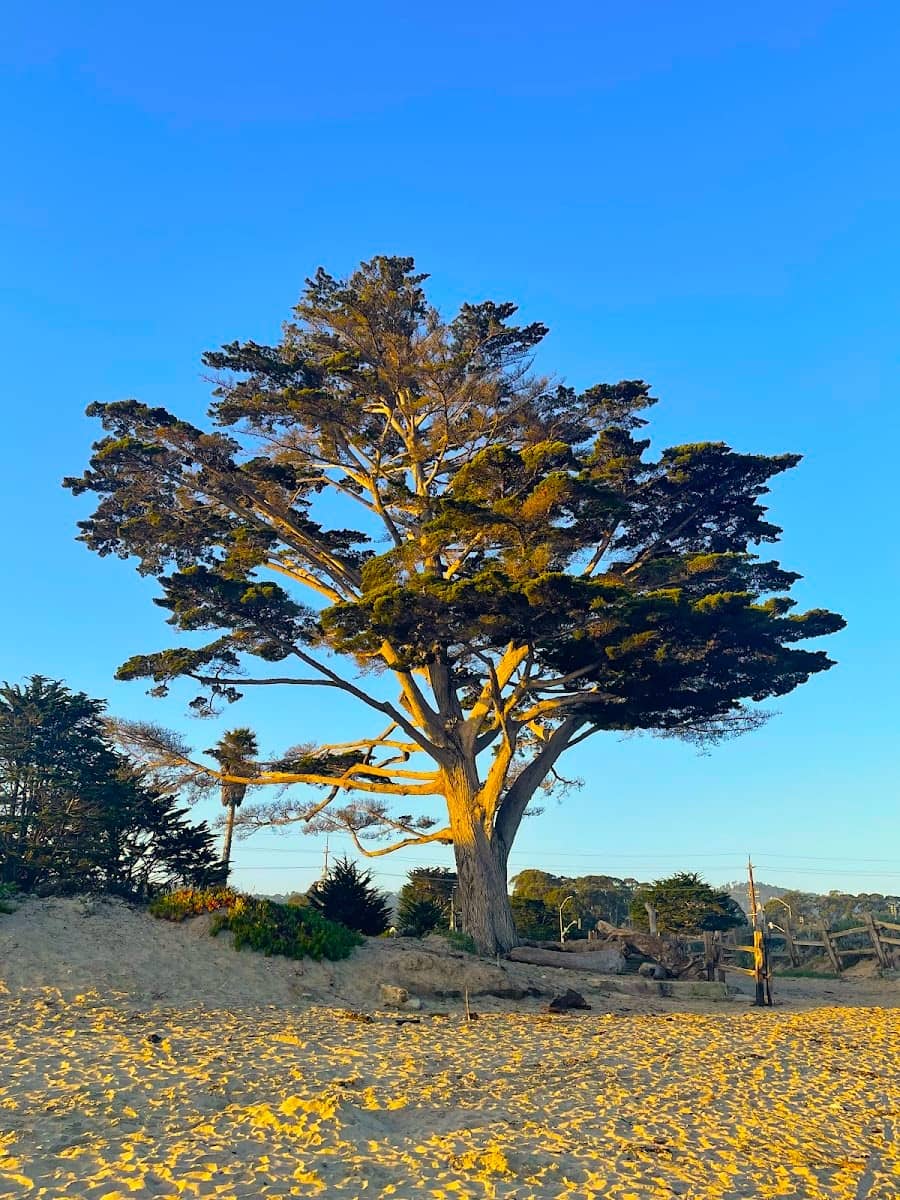
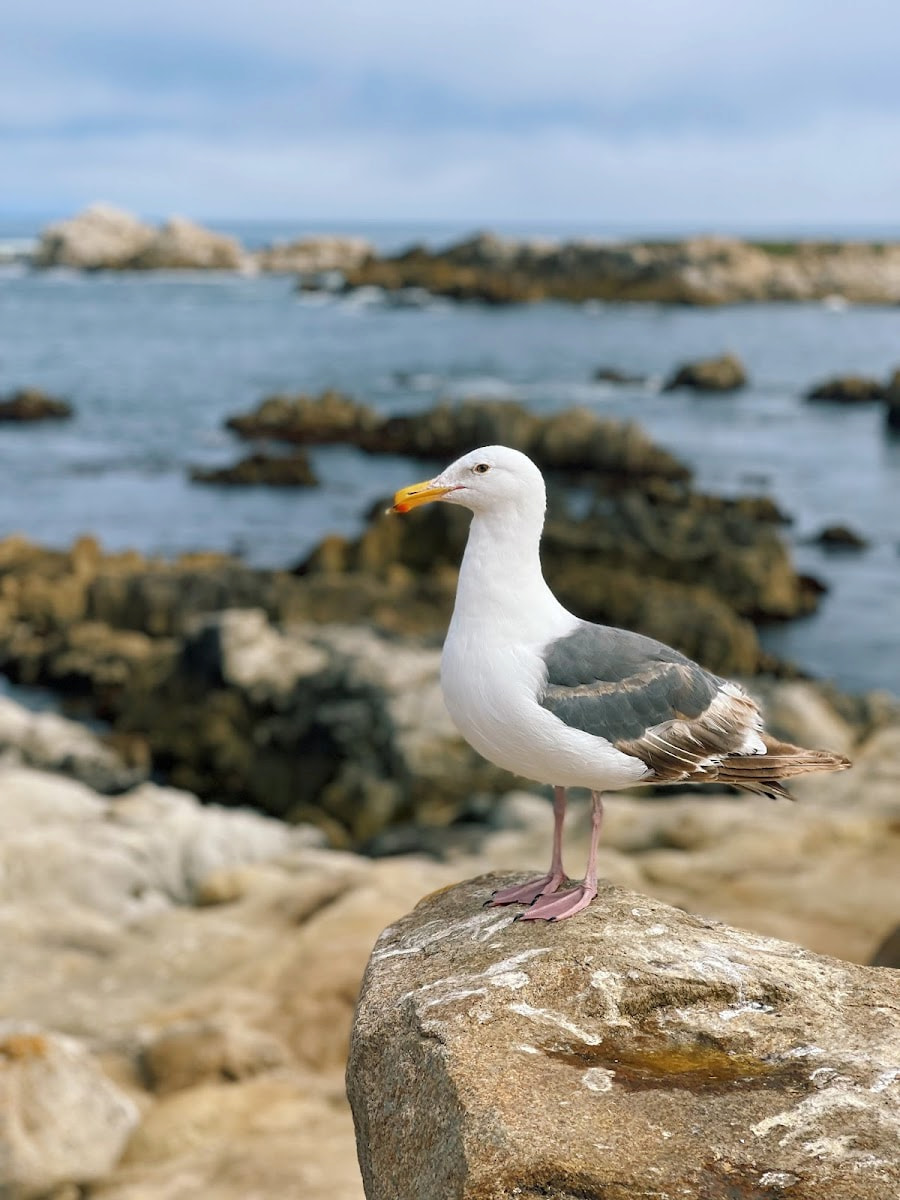
Gentle Waves and Wide Open Spaces. This is a long, sandy stretch where I always find room to relax, play, or just watch the waves roll in. The shoreline runs from the edge of downtown Monterey all the way to Seaside, making it one of the area’s largest and most accessible sandy areas. The sand slopes gently into the water, which means it’s great for wading, swimming, and letting kids splash safely. I love the open feel—there’s always space for a walk, a game of volleyball, or simply sitting and soaking up the sun.
Accessibility and Facilities. This shoreline is wheelchair accessible, with sand wheelchairs available for free at the lifeguard headquarters (call ahead to reserve). Parking lots at both ends have accessible spaces and restrooms. There are no lifeguards on duty, so always check water conditions before swimming or letting kids in the water.
Ideas for Enjoying:
- Walk or jog the shoreline from Monterey to Seaside
- Watch surfers, paragliders, and volleyball games
- Try fishing or flying a kite in the open sand
- Bring a frisbee or soccer ball for games with friends
- Enjoy a sunset with a warm drink and good company
Seasonal Events in Monterey
Spring: Pacific Grove Good Old Days Festival
Festival Atmosphere and Traditions. Every spring, the Good Old Days Festival transforms downtown Monterey into a lively celebration of community, history, and fun. I love how Lighthouse Avenue fills with people, music, and the smell of delicious food from dozens of vendors. This free, two-day event (usually the first weekend of May) is the biggest festival in the area, drawing locals and visitors rain or shine. Over 200 booths line the street, selling arts, crafts, jewelry, and tempting treats. The festival is a true showcase of Monterey County’s creative spirit and friendly vibe.
Parade, Performances, and Family Fun. The highlight for me is always the Saturday morning parade, which kicks off at 10 a.m. on Pine Avenue and winds through downtown. The parade is a colorful mix of marching bands, classic cars, community groups, and even military color guards. Kids love the balloon platoon and the goat-herding dog, while adults appreciate the collector cars and local dignitaries. Throughout the weekend, you’ll find live music on multiple stages (over 40 bands last year!), dance showcases, and street performers entertaining the crowds.
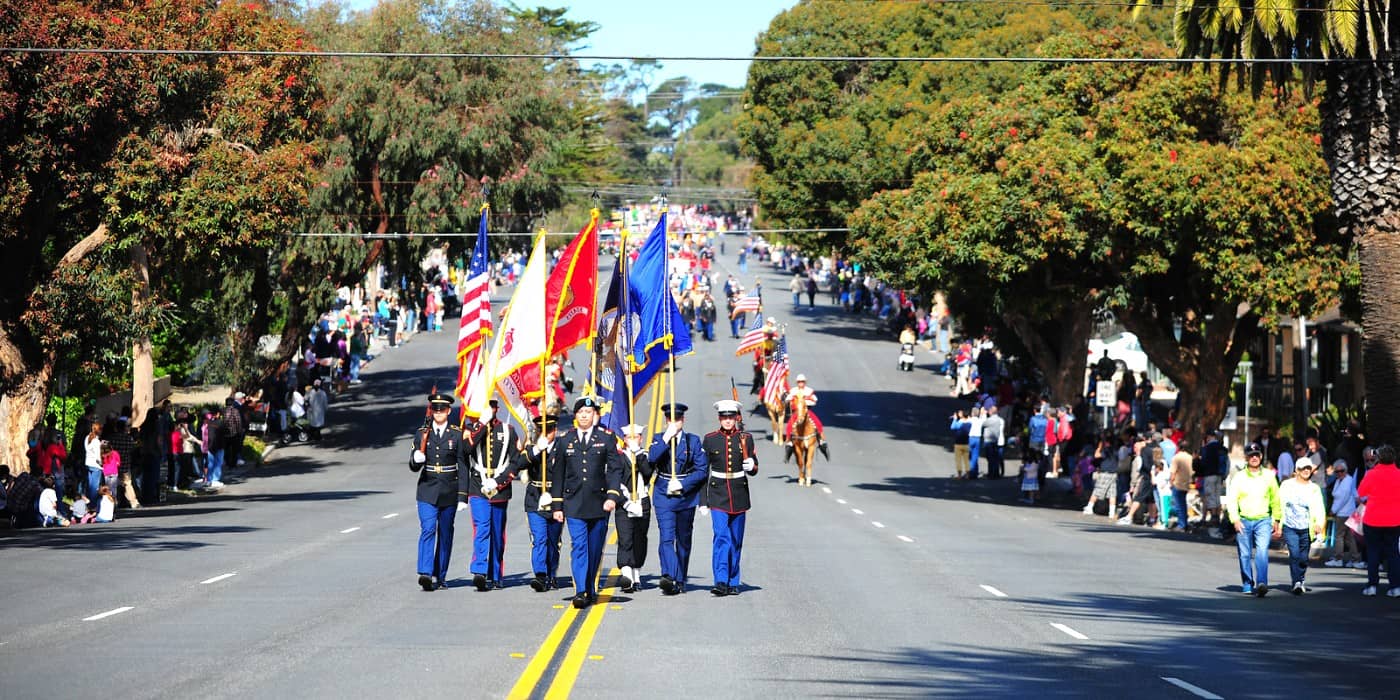
Activities, Food, and Local Flavors. There’s something for everyone at the festival. I always make time for the classic carnival rides, the firefighter’s challenge for kids, and the petting zoo. Foodies can sample everything from barbecue and tacos to kettle corn and funnel cakes. There are two beer and wine gardens for adults to relax and enjoy local brews, and you can even find wine tasting opportunities featuring selections from nearby vineyards.
Food, Shopping, and Local Flavors. Bring your appetite—there are food booths everywhere, offering everything from barbecue and tacos to kettle corn and funnel cakes. Two beer and wine gardens give adults a place to relax with local brews or enjoy a glass of Monterey wine. The arts and crafts booths are a shopper’s dream, with handmade jewelry, art, and gifts from all over the region.
Ideas for Enjoying the Good Old Days Festival:
- Watch the parade on Saturday at 10 a.m.
- Browse arts and crafts booths along Lighthouse Avenue
- Enjoy live music and dance performances all weekend
- Let kids try the firefighter challenge or visit the petting zoo
- Join the community at the Kiwanis pancake breakfast
Summer: Monterey Car Week & Concours d’Elegance
Adventures for Car Lovers. Monterey Car Week is a dream come true for anyone passionate about classic cars, luxury vehicles, and motorsports. Every August, the city transforms into a playground for collectors, families, and car fans from around the world. I remember my first visit—Alvarado Street was lined with historic race cars, and the energy was contagious. From the free Kickoff event to the exclusive garden parties, there’s something for everyone. The week is packed with auto shows, auctions, races, and unveilings, so it’s smart to pick your favorite events and not try to see everything at once.
Key Events and Experiences. The highlight for many is the Concours d’Elegance, held on the 18th fairway at a world-famous golf course near Monterey. Here, the world’s finest collector cars compete for the “Best of Show” title, judged on elegance, historical accuracy, and technical merit. Other standouts include the Rolex Monterey Motorsports Reunion at WeatherTech Raceway Laguna Seca, where you can watch legendary race cars in action, and The Quail, A Motorsports Gathering, an exclusive garden party with rare automobiles and gourmet food. Don’t miss the Werks Reunion for Porsche fans, Legends of the Autobahn for German car lovers, and Exotics on Broadway for supercar enthusiasts.
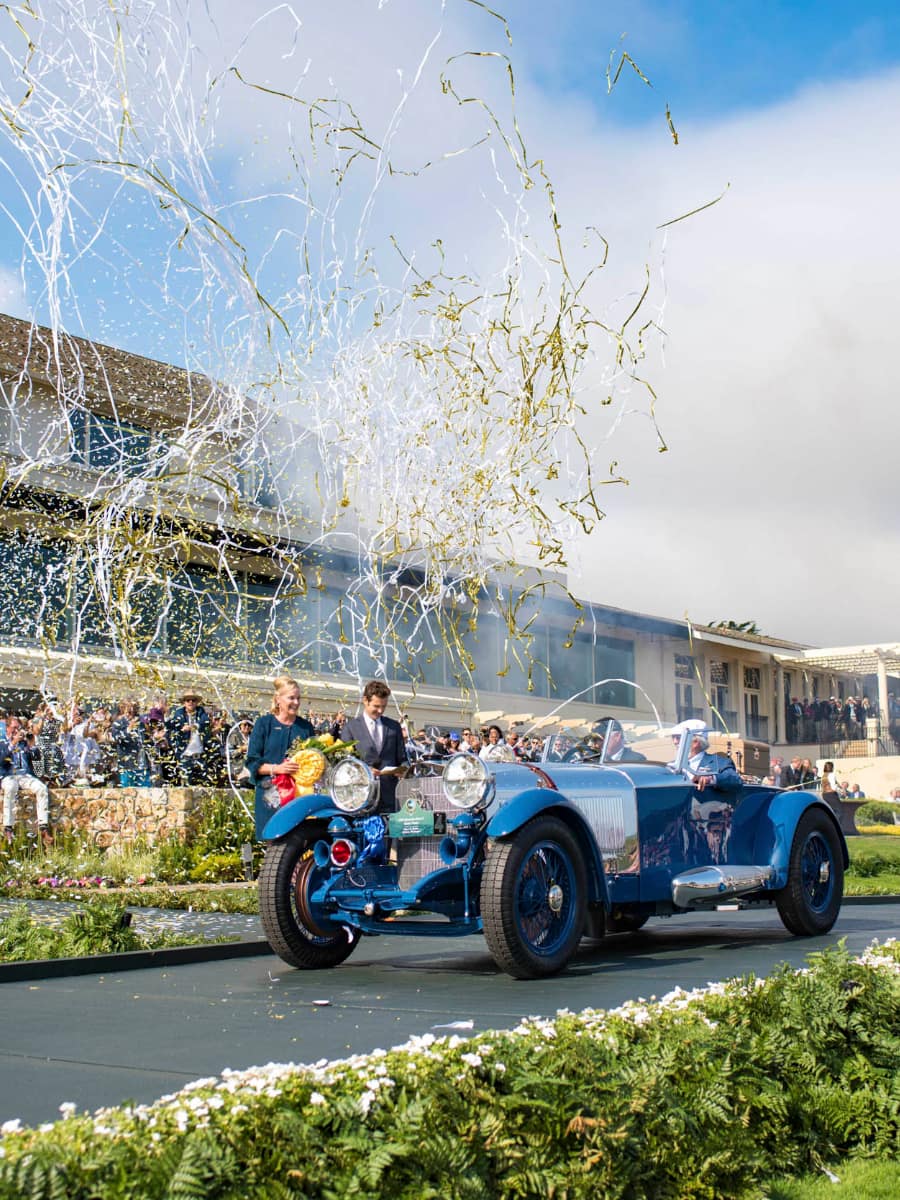
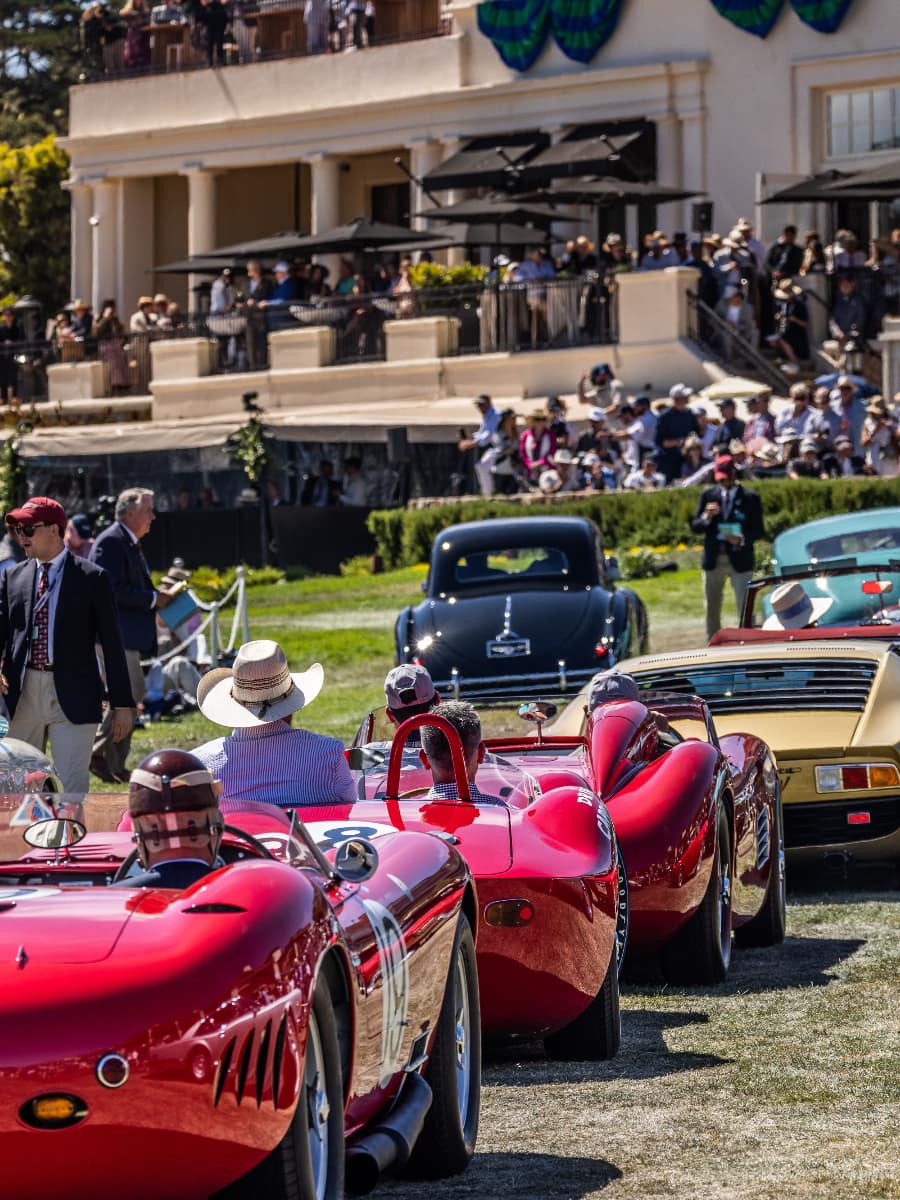
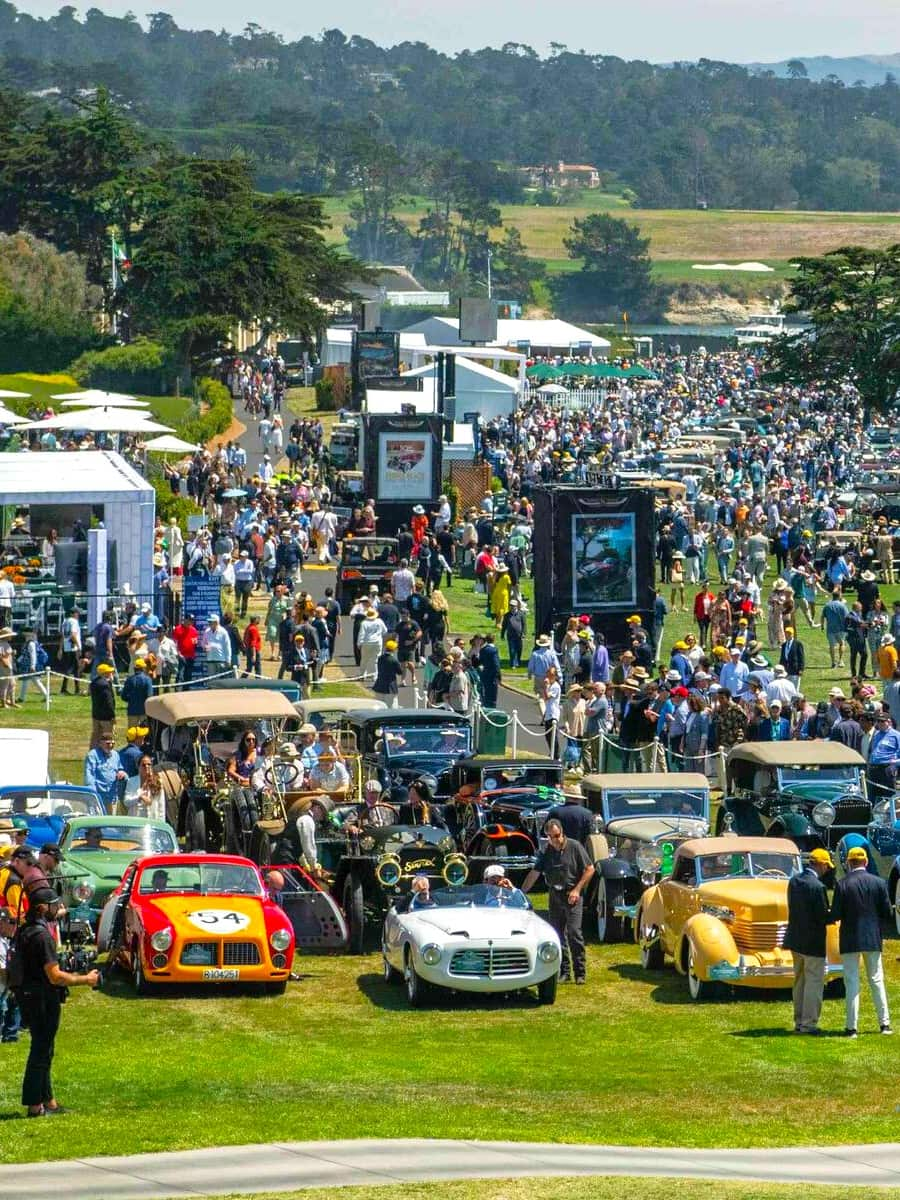
Origins and Evolution. Monterey Car Week began in 1950 with road races and a small car show that would become the world-renowned Concours d’Elegance. The original event was a local affair, but it quickly grew as car lovers flocked to see rare and beautiful vehicles. When racing ended in 1956, the Concours took center stage, evolving into a multi-day celebration that now draws over 100,000 visitors each August from around the globe. Today, Monterey Car Week is a cultural phenomenon, blending history, innovation, and automotive artistry in a way that no other car event can match.
Automobilia Collectors Expo and Auctions. One of the unique highlights is the Automobilia Collectors Expo, which kicks off the week and attracts collectors, historians, and enthusiasts from all over. Here, you’ll find everything from vintage posters and enamel signs to rare books and scale models—true treasures for anyone passionate about car culture. The Expo is also home to the Automobilia Collectors Auction, where you can preview and bid on over 200 expertly curated lots, including memorabilia from famous race tracks and private collections. This is the place to hunt for autographed racing programs or rare rally plates that connect you to automotive legends.
| Event Name | Price (USD) | Price (EUR) | Notes |
|---|---|---|---|
| Monterey Car Week Kickoff | Free | Free | Alvarado Street, family-friendly |
| Rolex Monterey Motorsports Reunion | $50–$120 | €46–€110 | Races, kids under 15 free |
| The Quail, A Motorsports Gathering | $1,200+ | €1,100+ | Very exclusive, ticketed |
| Exotics on Broadway | Free | Free | Supercars, open to public |
| Werks Reunion, Legends of the Autobahn | Free–$40 | Free–€37 | Brand-focused gatherings |
Fall: Monarch Butterfly Sanctuary Walks
A Natural Autumn Wonder. Every fall, the Monarch Butterfly Sanctuary in Monterey becomes a magical destination as thousands of monarch butterflies arrive to spend the winter. I was amazed the first time I visited—clusters of bright orange butterflies hung like living ornaments from eucalyptus and pine branches. The sanctuary, located at 250 Ridge Road, is free to enter and open daily from sunrise to sunset. The butterflies typically arrive in mid-October and stay until February, with peak viewing from November to January. The best time to see them clustered is in the morning or on cool, overcast days below 55°F, when they huddle together for warmth.
Habitat and Management. The sanctuary is home to Monterey pine, cypress, oak, coast redwood, and especially blue gum eucalyptus trees, which were planted in 1917 and are a favorite for clustering monarchs. Recent management has focused on planting new cypress and removing hazardous dead trees to keep the area safe for both butterflies and visitors. The sanctuary is designed to provide wind shelter and dappled sunlight, letting the butterflies choose the best microclimates for clustering. Interpretive signs and benches make it easy to enjoy the experience, and docents from the local Museum of Natural History are often on hand to answer questions and point out the best viewing spots.
What Makes the Sanctuary Unique. This urban nature preserve is one of the largest public overwintering sites for monarchs in California, earning Monterey the nickname “Butterfly Town, U.S.A.” The sanctuary is protected by local volunteers and a special city tax, and it’s illegal to touch or disturb the butterflies (the fine is $1,000). You’ll find interpretive signs, benches, and a packed gravel trail that’s ADA accessible. Monarch docents from the Museum of Natural History are often on hand to answer questions and help you spot the best clusters. The butterflies cluster in dense “chandeliers,” sometimes numbering thousands on a single branch.
Planning Your Visit. Parking is free but limited on nearby streets, so arrive early, especially on weekends. Pets are not allowed for the safety of the butterflies. For the best photos, bring binoculars and a camera with a zoom lens. If you want to see butterflies in flight, visit after 11 a.m. on sunny days above 55°F, when they leave their clusters to feed on nectar plants.
Ideas for Enjoying Monarch Butterfly Sanctuary Walks:
- Visit between November and January for the largest clusters
- Arrive before 11 a.m. to see butterflies clustered together
- Come on a sunny afternoon to watch butterflies in flight
- Bring binoculars and a camera for the best views
- Join a docent-led walk for expert tips and stories
- Read the interpretive signs about monarch migration and local history
Winter: Christmas on the Wharf
Festive Atmosphere and Decorations. Christmas on the Wharf is one of Monterey’s most magical winter traditions. Each December, the historic wharf transforms into a holiday wonderland, with twinkling lights, giant inflatables, and a majestic 23-foot Christmas tree surrounded by glowing sea creatures. Everywhere you look, you’ll find charming decorations and illuminated displays, making it the perfect backdrop for family photos and holiday memories. The event is free and runs for four weekends in December, so there’s plenty of time to soak up the festive spirit.
Live Entertainment and Santa Visits. One of my favorite parts is the live entertainment—choirs, youth dancers, and local singers fill the air with holiday music on weekends. Santa Claus himself is there in his Santa House, greeting kids and posing for photos. There’s always a buzz of excitement as families line up to share their wish lists and snap a selfie with Santa. On select evenings, you can join in for community caroling near the big tree, and sometimes catch special performances by local choirs and bands.
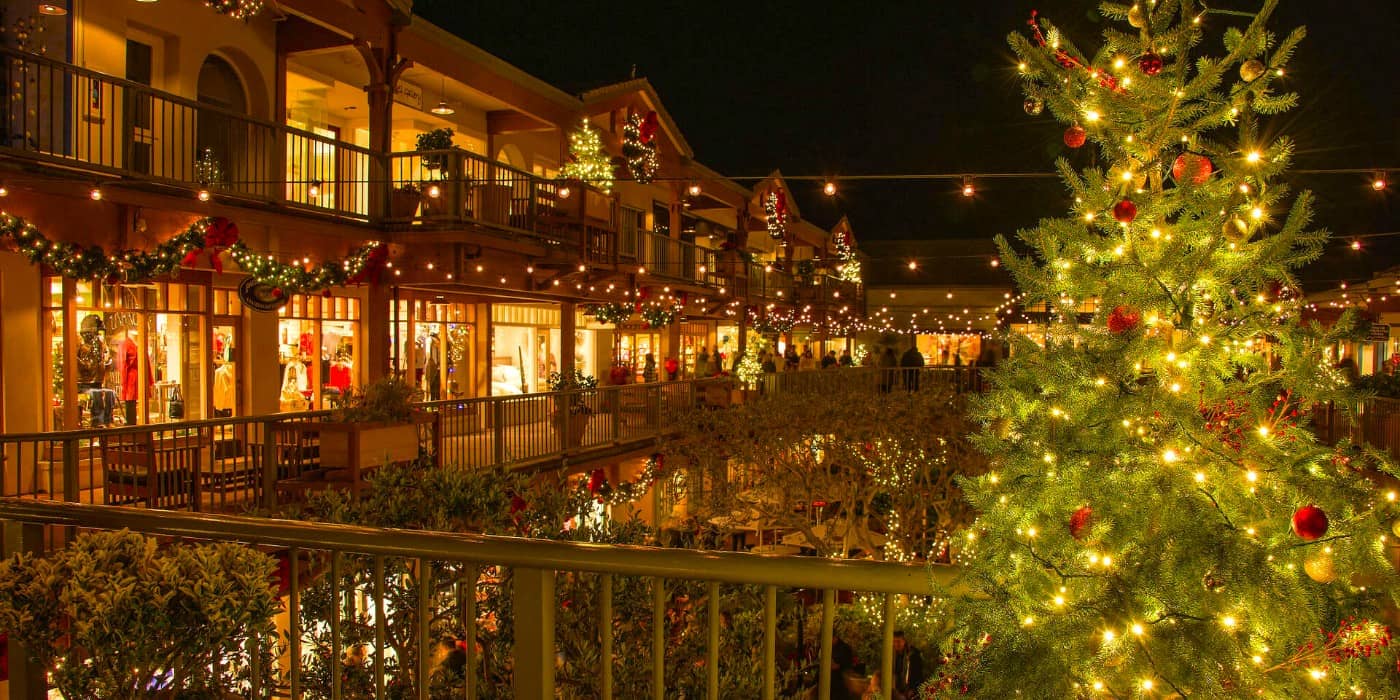
Treats, Shopping, and Holiday Activities. The Wharf is a paradise for anyone with a sweet tooth during the holidays. Candy shops like Carousel Candies and Candy World offer festive treats, while merchants serve up hot cocoa, cider, and holiday cookies. Many restaurants and shops run Christmas specials, making it a great time for last-minute gift shopping or a cozy dinner with friends.
Safety, Community, and Special Events. Christmas on the Wharf isn’t just about lights and decorations—it’s also about community spirit and safety. On select Saturdays, the Monterey Police and Fire Departments host a special Holiday Safety Afternoon with giveaways, safety tips, and even a fire engine and fire boat demonstration in the harbor. It’s a great chance for families to meet local heroes and learn about staying safe during the holidays. The Wharf also serves as a stop during the Christmas in the Adobes tours, connecting the festive waterfront with Monterey’s historic downtown adobes for a truly local holiday experience.
Ideas for Enjoying Christmas on the Wharf:
- Stroll under the holiday lights and take photos by the 23-foot tree
- Listen to live music and join in community caroling
- Visit Santa in his Santa House for a festive photo
- Sample holiday treats from local candy shops and cafés
- Shop for gifts and enjoy Christmas specials at Wharf merchants
- Watch the Lighted Boat Parade and enjoy the festive waterfront views
Day Trips from Monterey
1. Carmel-by-the-Sea
Charming Streets and Fairy-Tale Cottages. This storybook village is where every corner feels like a scene from a European fairy tale. I love wandering the narrow streets, discovering whimsical cottages with flower-filled gardens and houses that have names instead of numbers. Ocean Avenue is the lively main street, lined with boutique shops, bakeries, and cozy cafés. Don’t miss the hidden alleyways—some lead to secret courtyards, artisan shops, or tiny wine bars. The town’s unique character shines in its architecture, from the iconic Butterfly House to Frank Lloyd Wright’s “Cabin on the Rocks”.
Culture, Festivals, and Creative Spirit. The roots of this village as an artists’ colony are still alive today. Dozens of studios showcase everything from classic California landscapes to modern photography. The local Art Association, one of the oldest cooperatives in the country, hosts monthly openings and changing displays. If you’re here in May, the annual Art Festival brings painters from around the world for a plein air competition and art auction. On the second Saturday of each month, the Art Walk lets you meet local artists and explore creative spaces with a glass of Monterey County wine in hand.
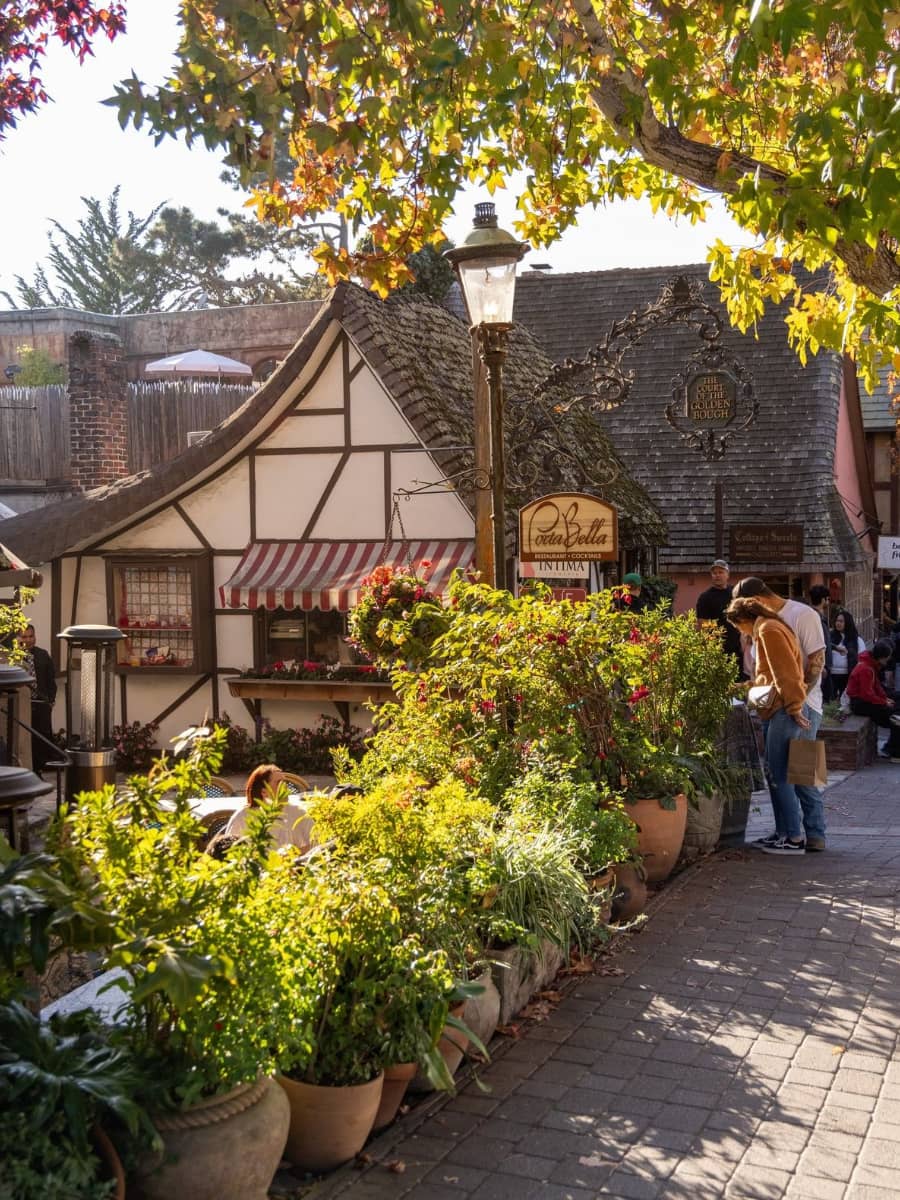
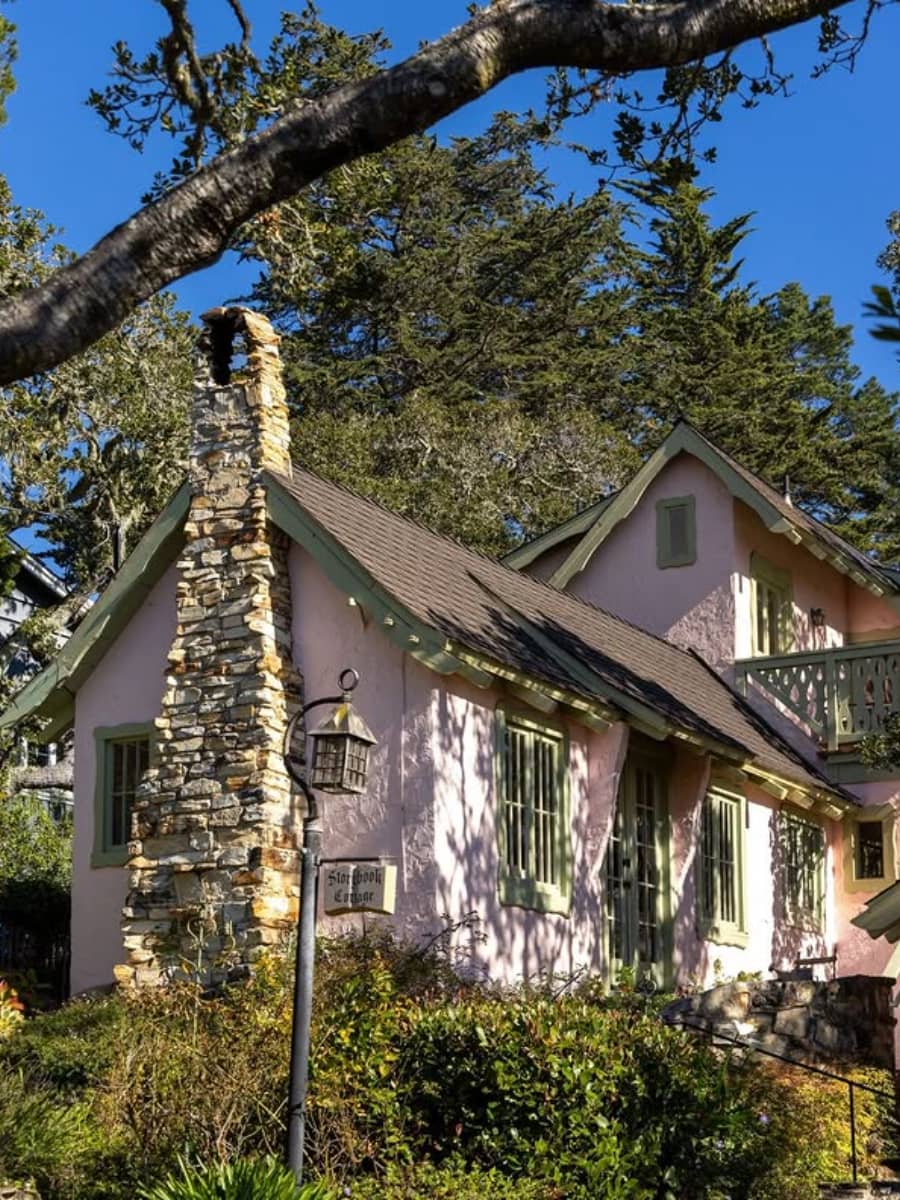
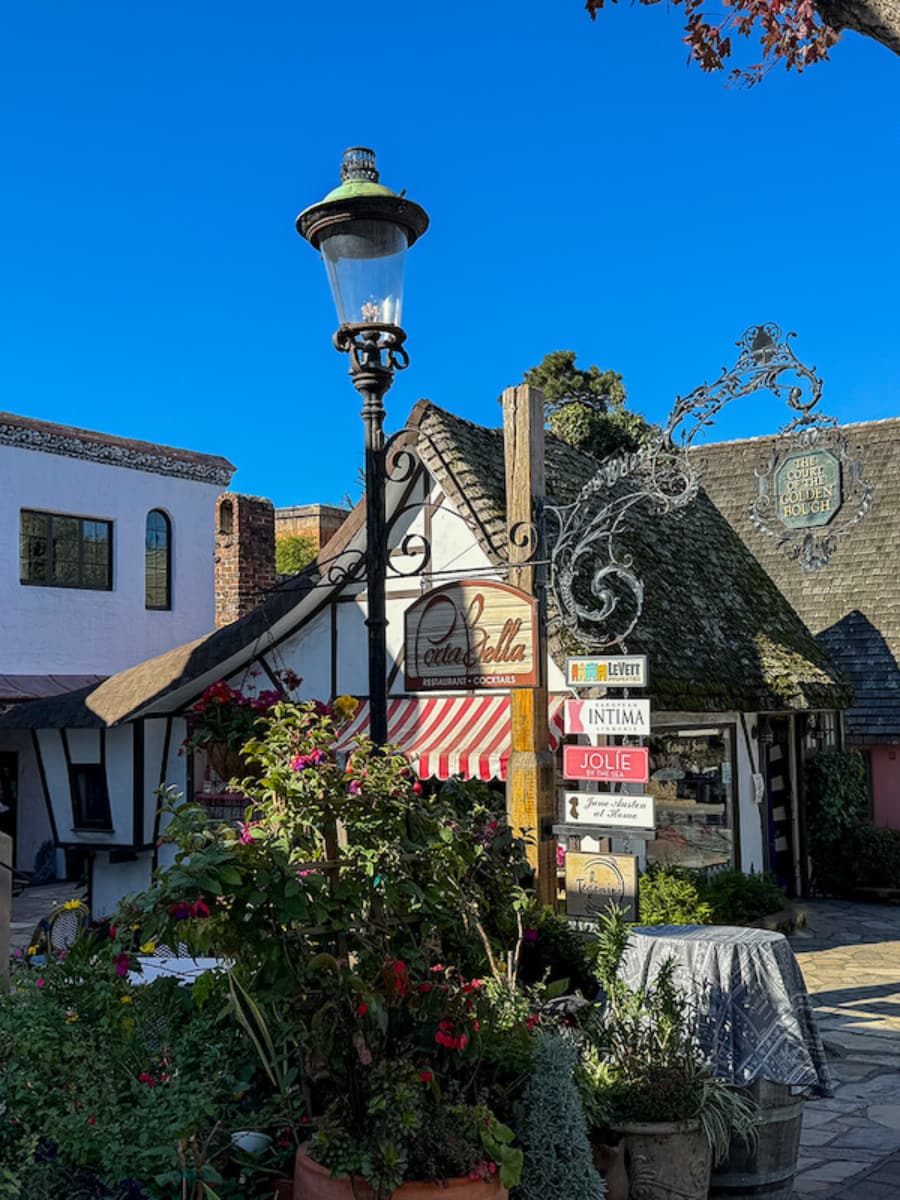
Wine, Food, and Local Shopping. The food scene is as vibrant as the art. Start your morning with a pastry from the village bakery on Ocean Avenue, then stroll to the main plaza for shopping at designer and local boutiques. For lunch, try Flaherty’s Seafood Grill or a cheese board from a local market. In the afternoon, the Wine Walk Passport gives you access to tastings at a dozen wine rooms—download the app and start at Bar Napoli for a mini cheese plate with your flight.
Architecture and Artistic Heritage. This village is a living gallery of unique architecture and creative spirit. Early 20th-century builders like Hugh Comstock and M.J. Murphy left their mark with whimsical cottages and distinctive commercial buildings—look for the “Hansel and Gretel” cottages and the Pine Inn, one of Ocean Avenue’s oldest structures. The town’s quirky rules (no street numbers, just house names) and careful city planning have preserved its charm. You’ll spot everything from fairy-tale cottages to Frank Lloyd Wright’s “Cabin on the Rocks” and the stone-built Tor House, crafted by poet Robinson Jeffers using rocks from the nearby shore.
Ideas for Enjoying This Storybook Village:
- Stroll Ocean Avenue and explore hidden alleyways
- Visit artist studios and join the monthly Art Walk
- Walk the path above the sand for ocean and architecture views
- Shop at the main plaza and local boutiques
- Enjoy a show at the Sunset Center or Golden Bough Playhouse
⭐ Best Activities
- Walking Tour of Carmel-by-the-Sea – Explore the charming fairy-tale village of Carmel-by-the-Sea on foot, discovering its unique architecture, art galleries, and picturesque streets.
2. Big Sur
Adventures and Natural Wonders. This wild stretch of California is where redwood forests meet rugged cliffs and the Pacific thunders below. Driving Highway 1 here is an adventure in itself—every turn brings new views, misty valleys, and dramatic drop-offs. I love exploring Pfeiffer State Park, where trails like the Valley View and Buzzard’s Roost wind through ancient trees and lead to sweeping vistas. Andrew Molera State Park is less developed, with the Bluffs Trail and Creamery Meadow Trail offering peaceful walks along the river and through open meadows. For a real treat, seek out the famous purple sand and iconic rock arch at Pfeiffer’s hidden cove—just be ready for a bumpy drive and a small entrance fee.
Food, Drinks, and Local Flavor. The local food scene is as unique as the landscape. Nepenthe is a must for classic California cuisine and jaw-dropping views—try the Ambrosia burger and take in the panorama from the terrace. Next door, Cafe Kevah serves up pastries and coffee, perfect for a mid-morning break. For something more casual, the Taphouse is a local favorite, with pub food, rotating beers, and a laid-back vibe. Deetjen’s Inn Restaurant is famous for its cozy, old-world charm and legendary breakfast—don’t miss the eggs benedict or strong coffee. Prices range from $15–$40 for most meals (€14–€37).
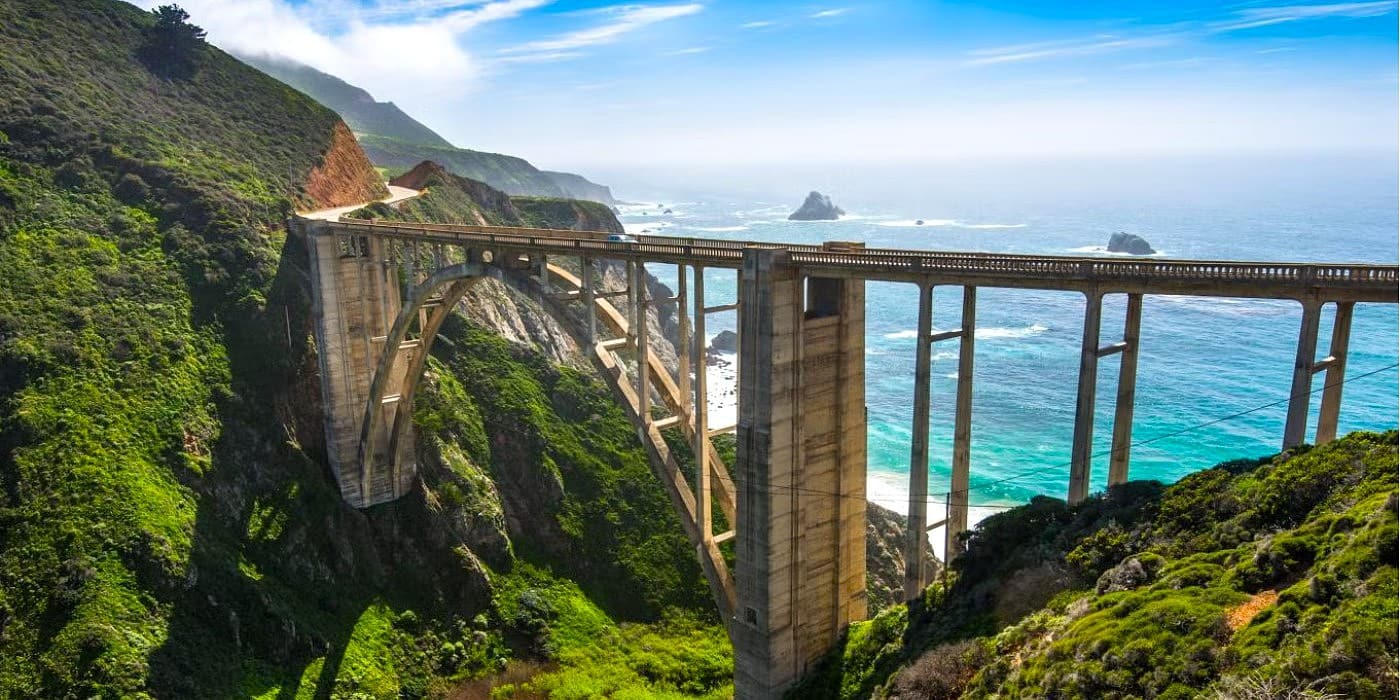
Road Trip Magic and Iconic Stops. Driving through this region is a bucket-list adventure—this 100-mile stretch between the Monterey Peninsula and Cambria is packed with jaw-dropping views, winding roads, and legendary stops. Highway 1 hugs the cliffs, weaving past towering redwoods and dramatic bluffs. My advice: allow extra time for traffic, road work, and spontaneous photo stops. Don’t miss Bixby Creek Bridge, one of the most photographed spots on the route, or the mystical Keyhole Arch at the hidden cove, where purple sand glows after the rain and the sun sets through the rock in winter. Always check for road closures before your trip, as landslides can affect travel plans.
Hiking, Waterfalls, and State Parks. This area is a hiker’s paradise, with trails for every level. Pfeiffer State Park is a must—walk the Valley View and Buzzard’s Roost trails for sweeping vistas and shady redwoods. The forked trail to Pfeiffer Falls and Valley View Overlook is a favorite, with a 60-foot waterfall and panoramic valley views. Andrew Molera State Park is the largest in the area, offering a mix of meadows, bluffs, and riverside walks, plus a unique hike-in campground for those who want to sleep under the stars. Julia Pfeiffer Burns State Park is home to McWay Falls, a stunning 80-foot waterfall that drops right onto the sand—a true local icon.
Ideas for Enjoying This Wild Stretch of California:
- Hike the Valley View or Buzzard’s Roost trails in Pfeiffer State Park
- Walk the Bluffs Trail or Creamery Meadow Trail in Andrew Molera State Park
- Visit the hidden cove for purple sand and sunset photos
- Grab lunch at Nepenthe or breakfast at Deetjen’s Inn
- Stop at the Henry Miller Memorial Library
⭐ Best Activities
- Big Sur Monterey Coast with McWay Falls One Day Trip – Experience the dramatic beauty of Big Sur’s coastline including the iconic McWay Falls on this comprehensive day trip from Monterey and Carmel.
3. Pinnacles National Park
Adventures Among the Pinnacles. Pinnacles National Park is a dramatic landscape of towering rock spires, mysterious caves, and winding trails. My first hike here was the Bear Gulch Cave Trail—a 1.5-mile walk that feels like an Indiana Jones adventure, winding through talus caves and ending at the peaceful Bear Gulch Reservoir. If you’re up for a challenge, the Balconies Cave Trail on the west side is a 2.4-mile loop with rocky climbs and dark passages (bring a flashlight!). For serious hikers, the South Wilderness Trail (9.3 miles) and North Wilderness Trail (6.7 miles one way) offer solitude and a real taste of the park’s wild side.
Wildlife, Birds, and Natural Wonders. Pinnacles is a paradise for birdwatchers and wildlife lovers. The park is home to nearly 200 bird species, including the rare California condor, golden eagles, peregrine falcons, and a variety of hawks and owls. Bring binoculars—you might spot condors soaring overhead or hummingbirds darting among wildflowers. On the ground, look for black-tailed deer, bobcats, coyotes, and even mountain lions (though they’re rarely seen). The creeks and reservoir attract frogs, salamanders, and a rainbow of butterflies and dragonflies.
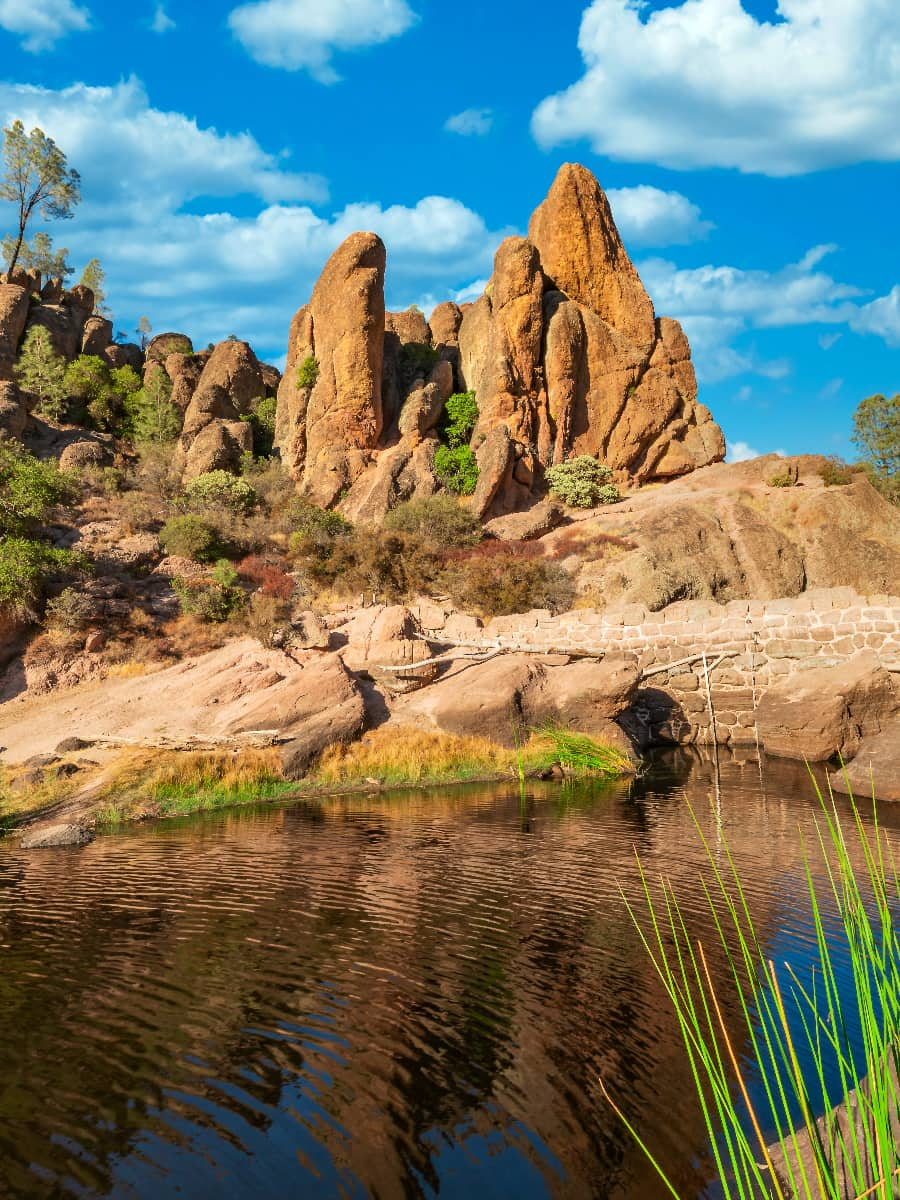
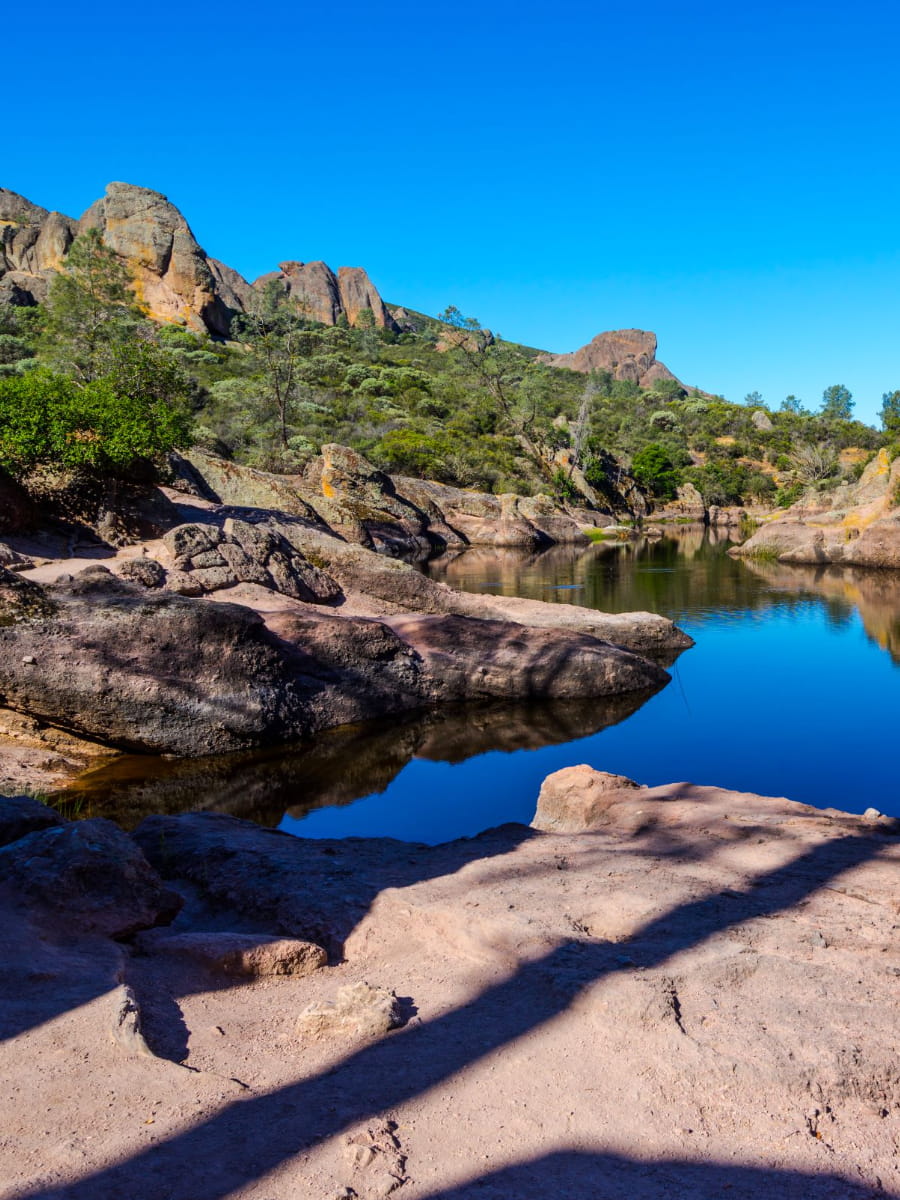
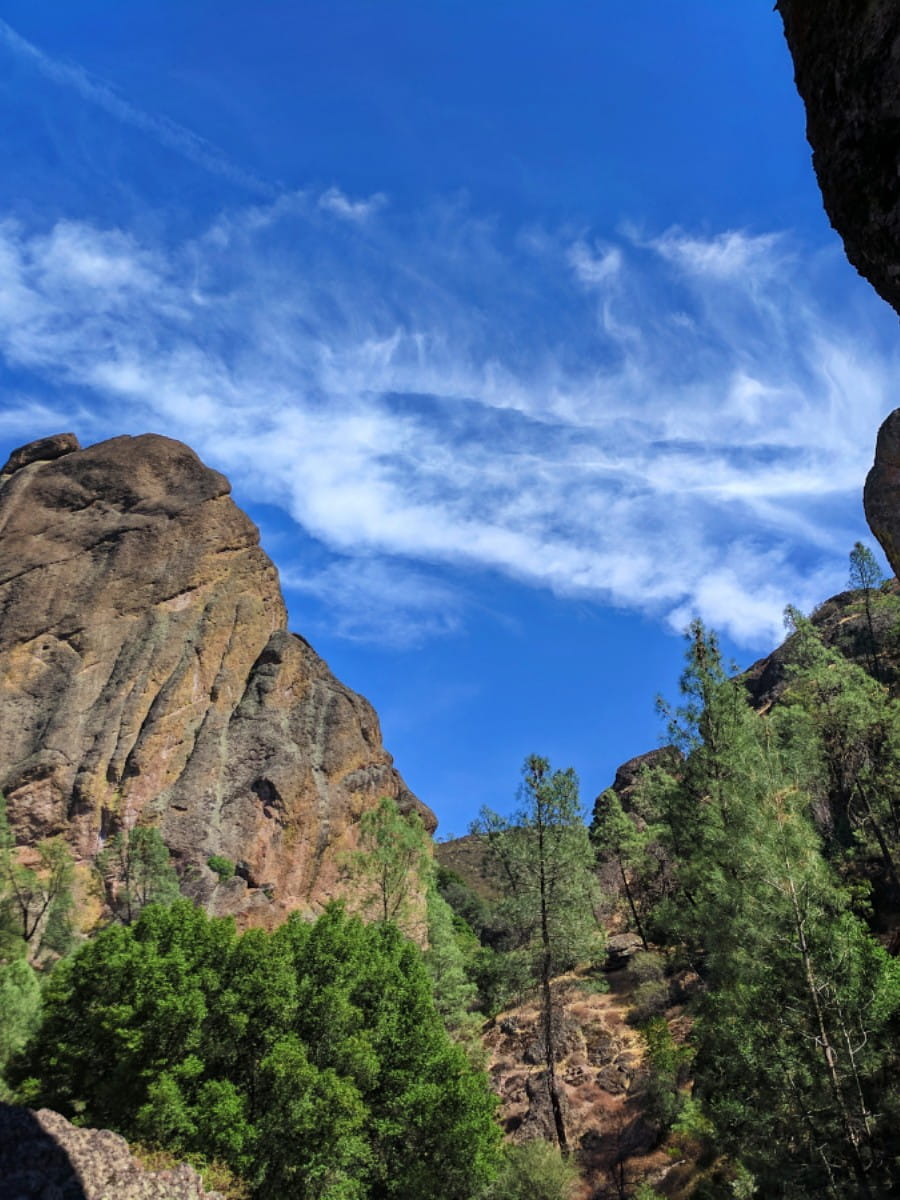
Geology and Park Layout. Pinnacles National Park is a wonderland of towering rock spires, caves, and rugged canyons, created by the eroded remains of an ancient volcano that moved over 200 miles along the San Andreas Fault. The park covers more than 26,000 acres east of the Salinas Valley and is split into East and West Divisions, connected only by hiking trails—there’s no road between them, so plan your visit accordingly. The east side is known for its shade, water, and campground, while the west side features dramatic high walls and challenging climbs. Most visitors come in spring or fall, when wildflowers bloom and temperatures are mild; summer can be extremely hot, often topping 100°F (38°C).
Hiking, Climbing, and Adventure. With more than 30 miles of trails, Pinnacles offers everything from easy walks to strenuous hikes. The South Wilderness Trail (9.3 miles, moderate) and North Wilderness Trail (6.7 miles, challenging) are favorites for solitude and wildlife spotting. The High Peaks Trail and Condor Gulch Trail are known for steep climbs, narrow rock staircases, and epic views—watch for condors soaring overhead. Rock climbers flock here for the volcanic breccia formations and technical routes, but the rock can be brittle, so caution is needed.
Ideas for Exploring Pinnacles National Park:
- Hike the Bear Gulch Cave or Balconies Cave trails
- Spot California condors and golden eagles overhead
- Camp at Pinnacles Campground (tent or RV)
- Explore the Moses Spring Trail to Bear Gulch Reservoir
- Try the South or North Wilderness Trails for solitude
FAQs about Exploring Monterey
When is the best time to visit Monterey?
Monterey has a cool-summer Mediterranean climate, so you’ll find mild winters and cool, often foggy, summers. Oddly enough, September, October, and June are usually warmer than July and August. The busiest months are June through September, so if you want fewer crowds and pleasant weather, I recommend coming in April–May or October–November. If you’re on a budget, fall and winter are your best bet for lower prices and quieter attractions.
How do I get around Monterey without a car?
Getting around Monterey is easy even if you don’t have a car. Downtown is compact and great for walking. In the summer, the free MST Trolley (the WAVE) connects downtown, the waterfront, and all the main attractions. If you want to go further, Uber, Lyft, and taxis are widely available, and you can always rent a car for day trips. Personally, I prefer walking or using the trolley to avoid parking headaches, especially near popular spots.
What should I pack for Monterey’s weather?
The weather in Monterey can change quickly, so I always pack layers. Mornings are often chilly, afternoons can be mild, and it gets breezy in the evening. A light jacket or sweater and comfortable walking shoes are musts. Don’t forget sunscreen and sunglasses—even on foggy days, the sun can be strong. Many visitors make the mistake of packing only summer clothes, but Monterey is rarely hot, so be prepared for cool weather.
Are there free activities in Monterey?
Absolutely! Monterey is full of budget-friendly things to do. You can walk or bike along the shoreline path, explore local parks and gardens, or check out free museums and historic sites. Public art and street performances also add to the local vibe, and you don’t have to spend a lot to enjoy the area.
What local customs or tips should I know?
Tipping is standard in Monterey—expect to leave 15–20% at restaurants and for taxis. Most places accept credit cards, but it’s handy to carry some cash for parking meters or small shops. Facilities like restrooms and trash bins can be limited in parks and along highways, so plan ahead and always pack out your trash. My insider tip: respect nature and stay on marked trails to help keep Monterey beautiful.
What are common mistakes to avoid?
One common mistake is packing only for warm weather—layers are essential here. Many people visit only in summer, but fall and winter are just as lovely and much less crowded. Don’t limit yourself to downtown; there’s so much to see in the surrounding towns, parks, and trails. Parking can be tricky, so arrive early or use public transport whenever you can.
What’s the closest airport to Monterey?
The Monterey Regional Airport (MRY) is just a 10-minute drive from downtown. If you’re coming from further away, San Jose International Airport is about an hour and a half by car, and San Francisco International is around two hours away.
How can I avoid crowds and high prices?
If you want to dodge the crowds and save money, visit in April–May or October–November. Booking your accommodation and rentals early also helps. Explore some of the lesser-known parks and trails, and try dining at local spots instead of the busiest tourist restaurants. Monterey is best enjoyed at a relaxed pace, so take your time and enjoy the local atmosphere.
